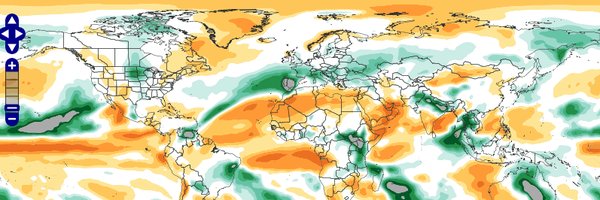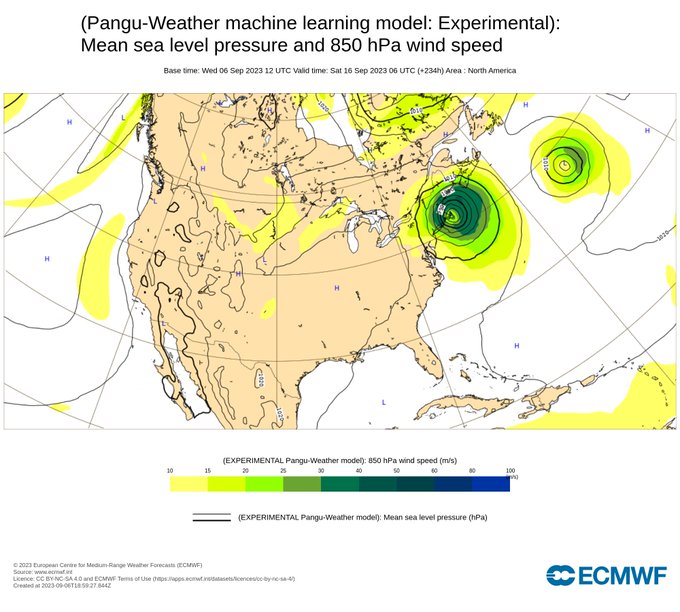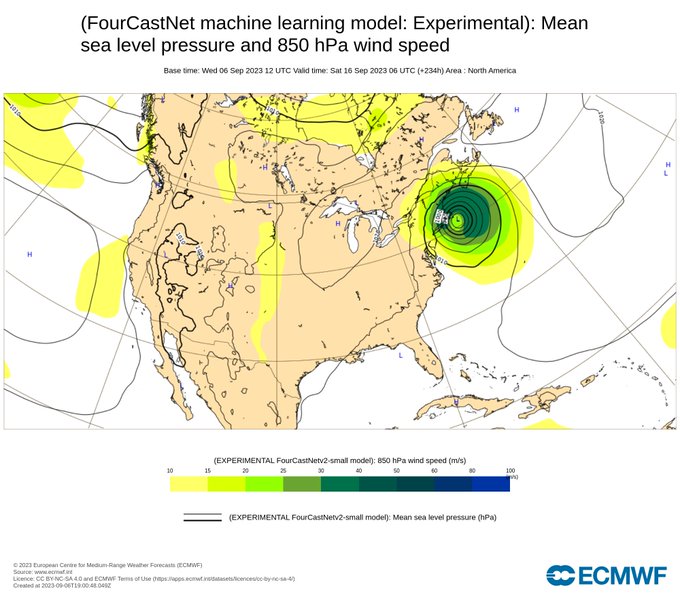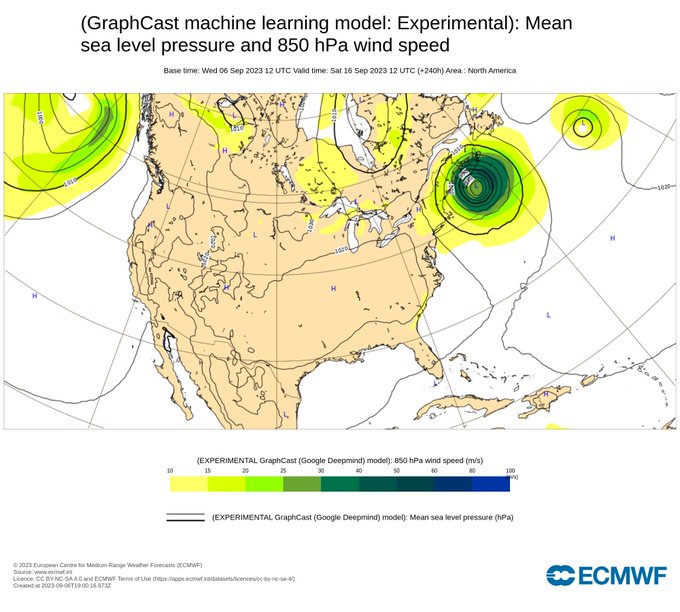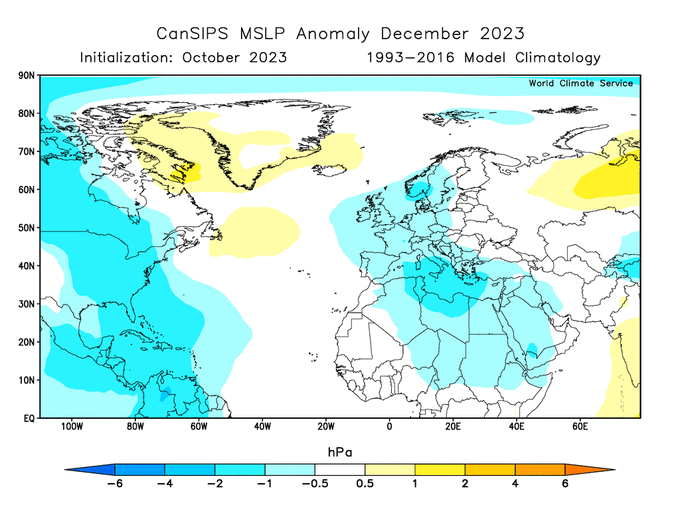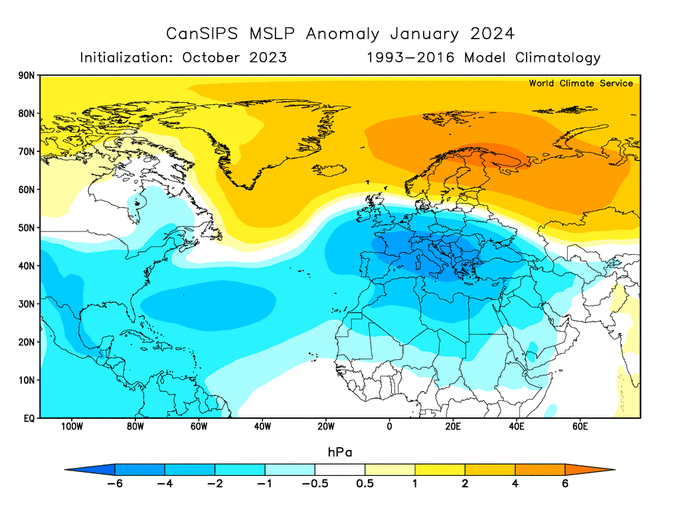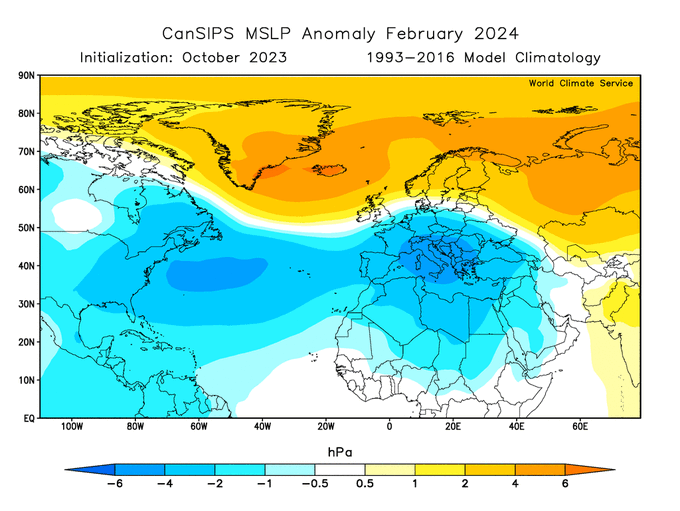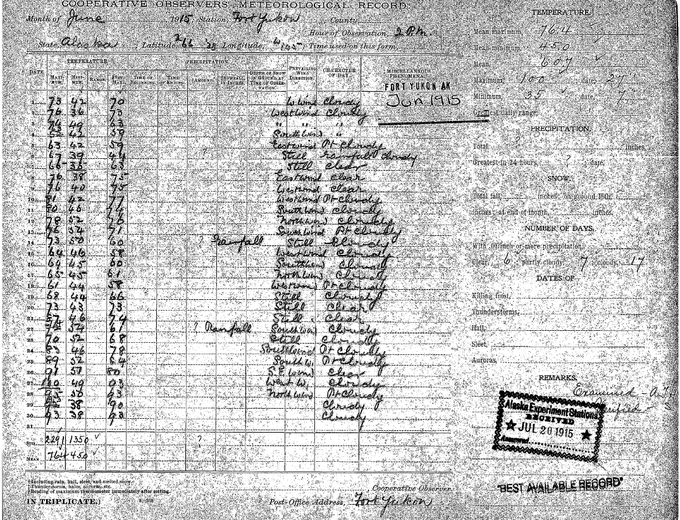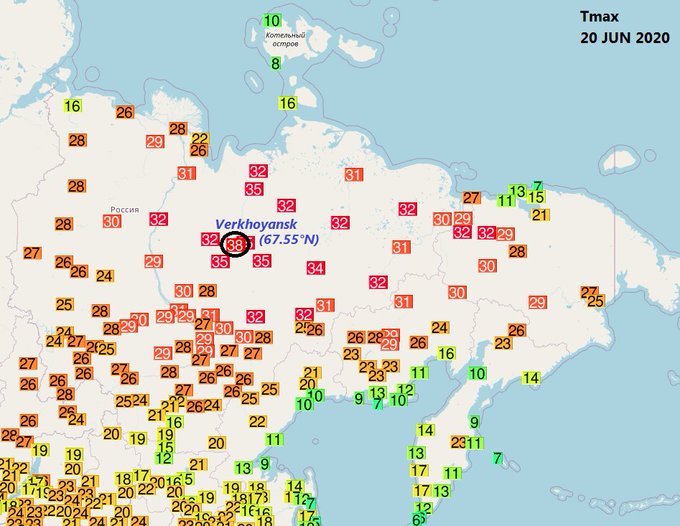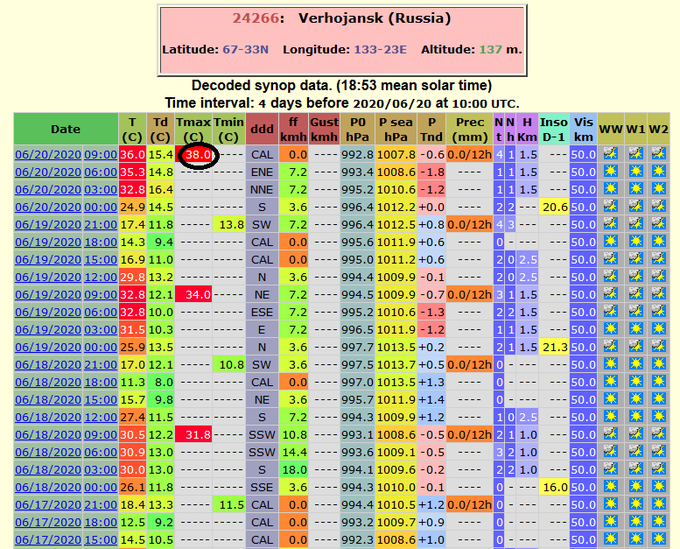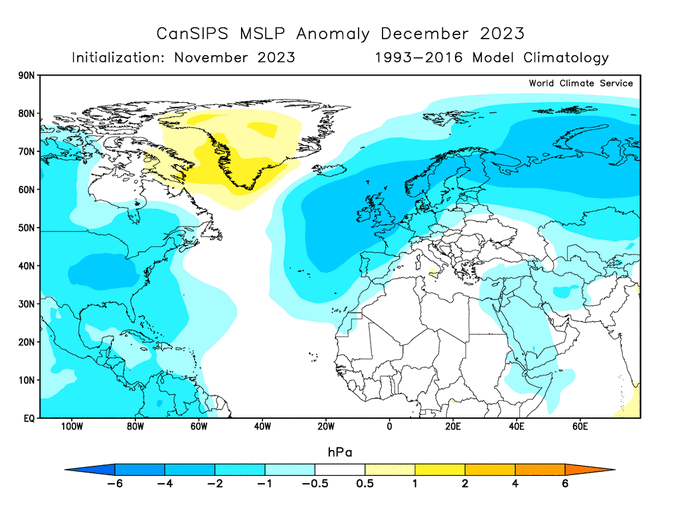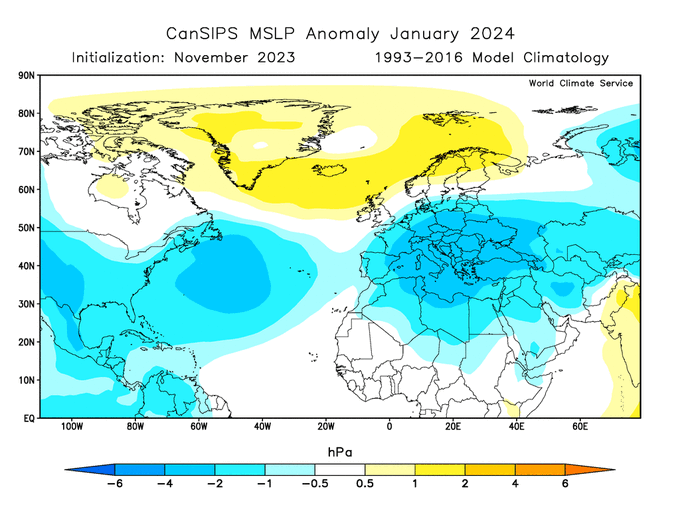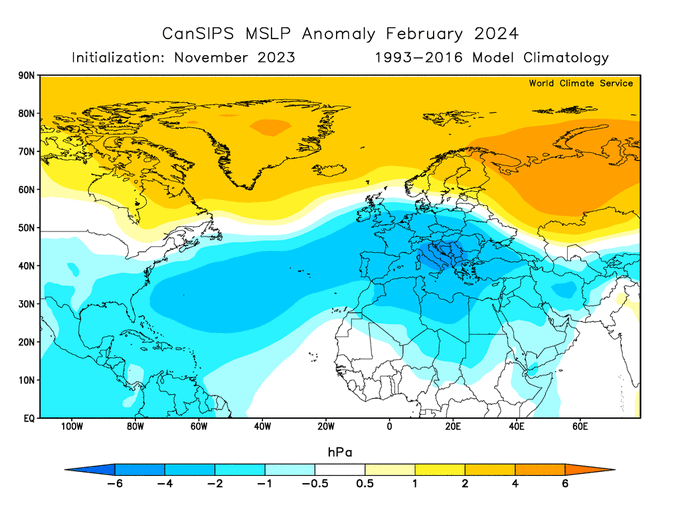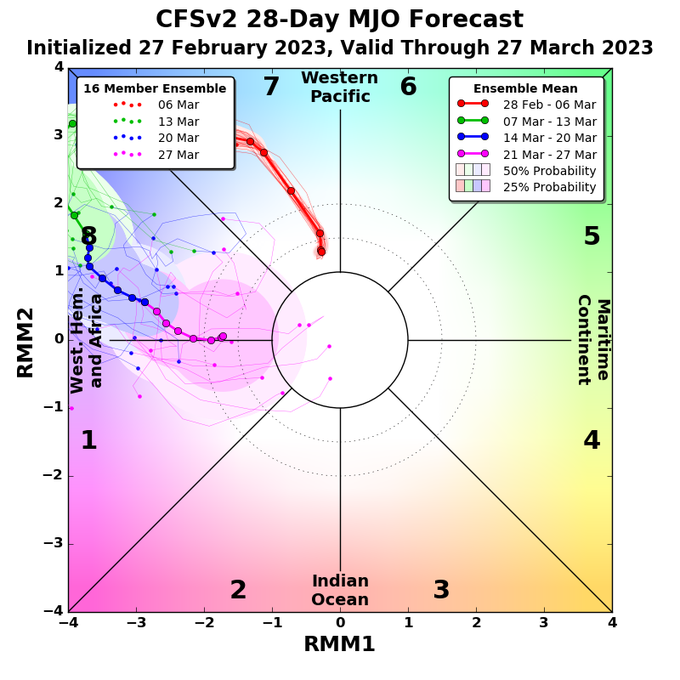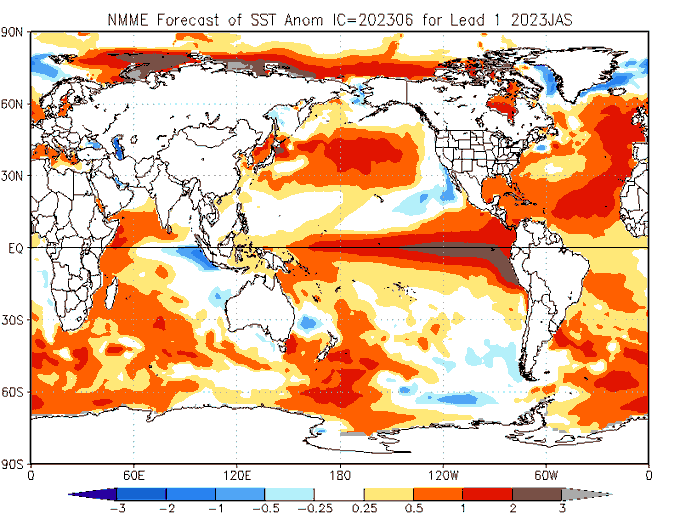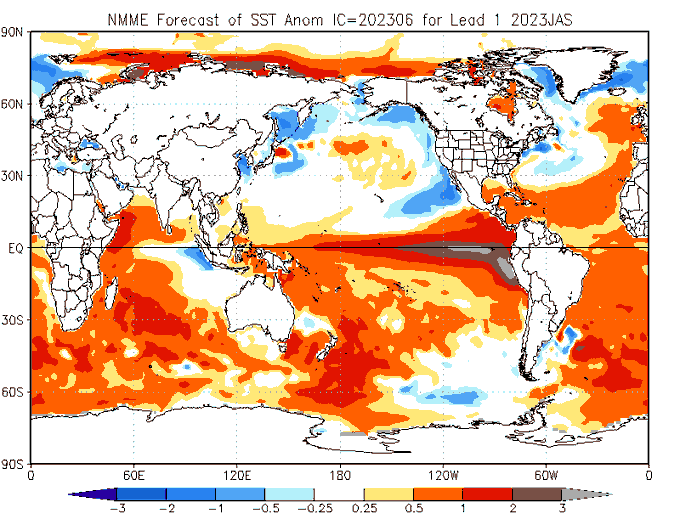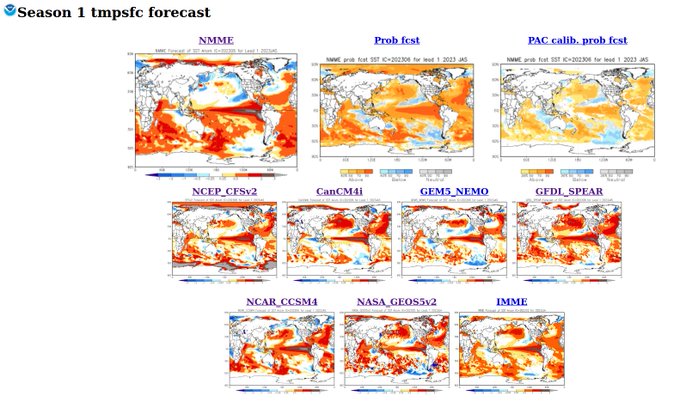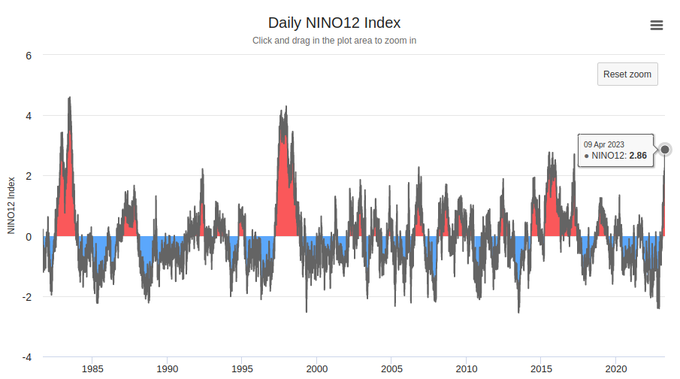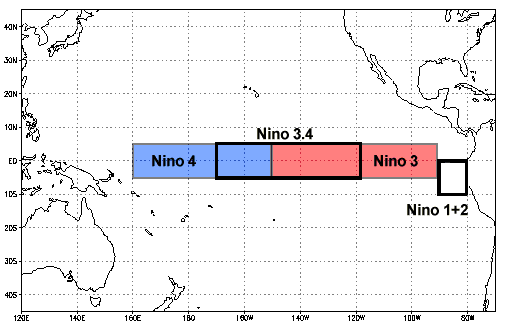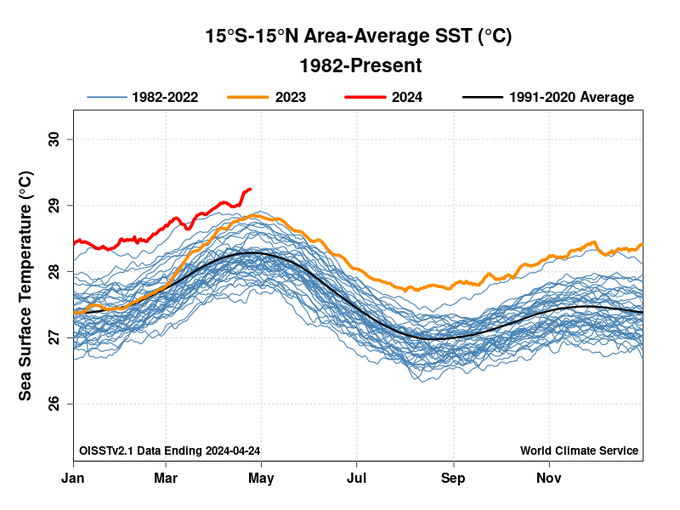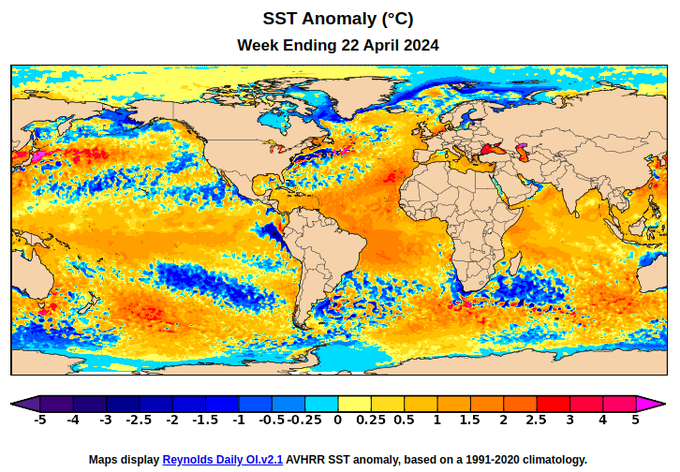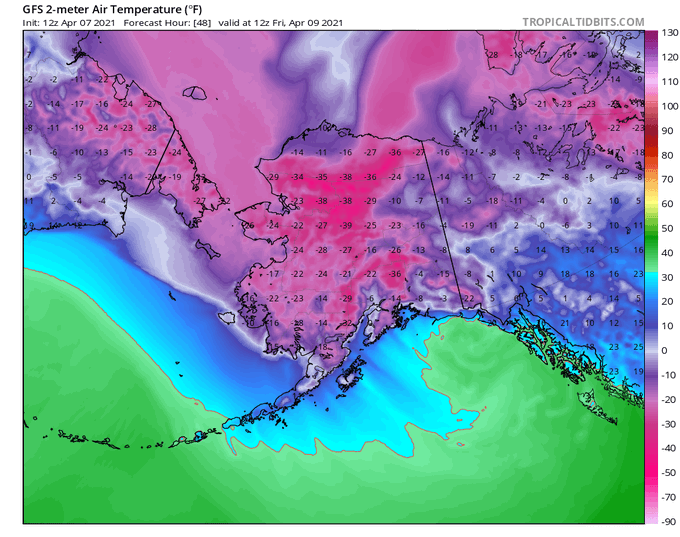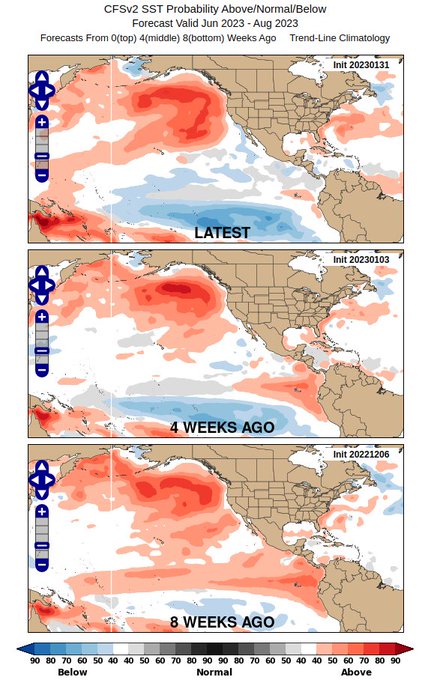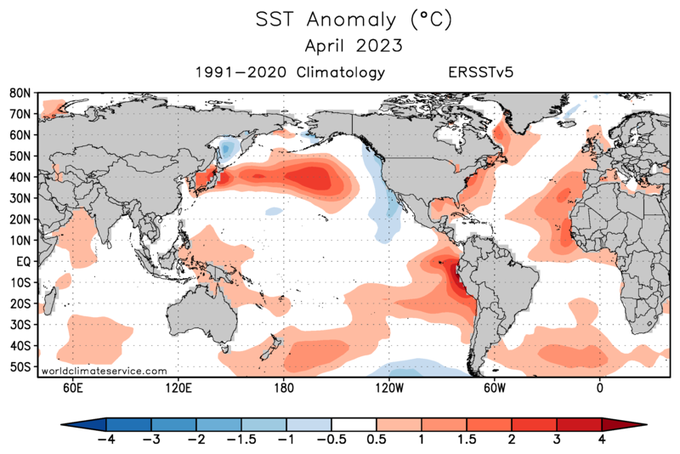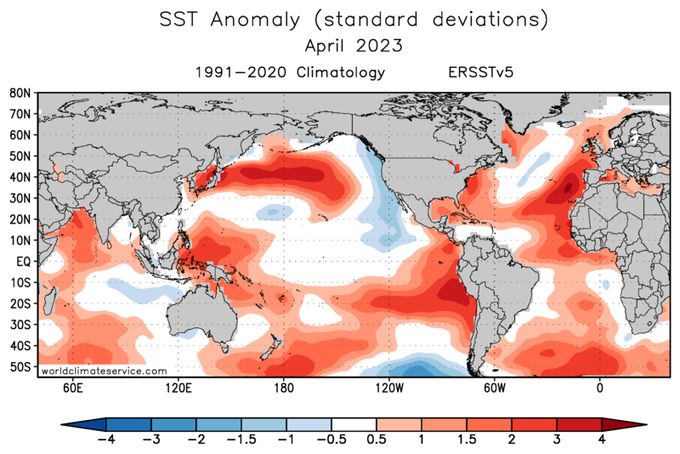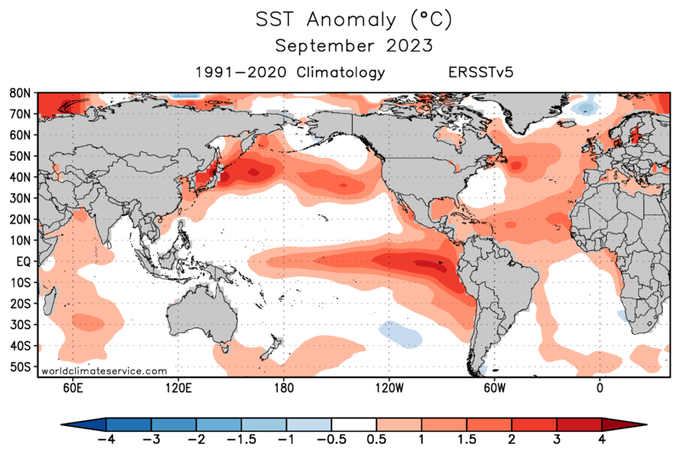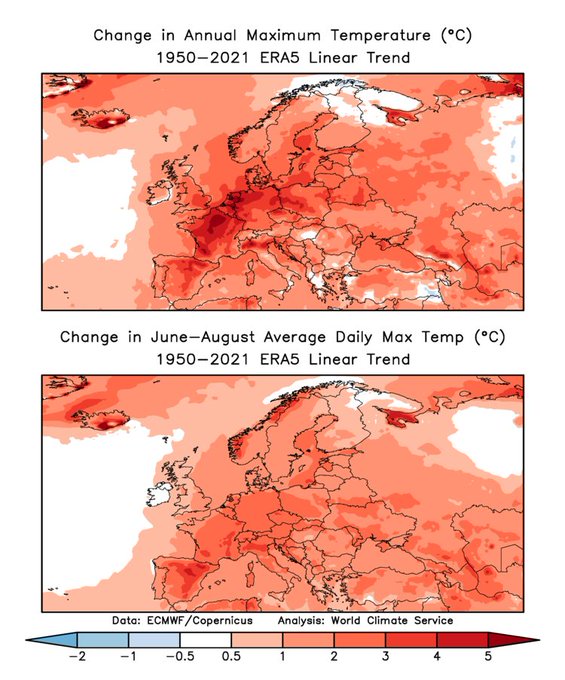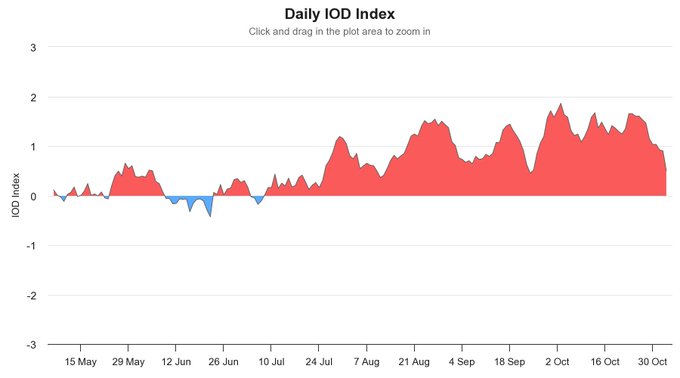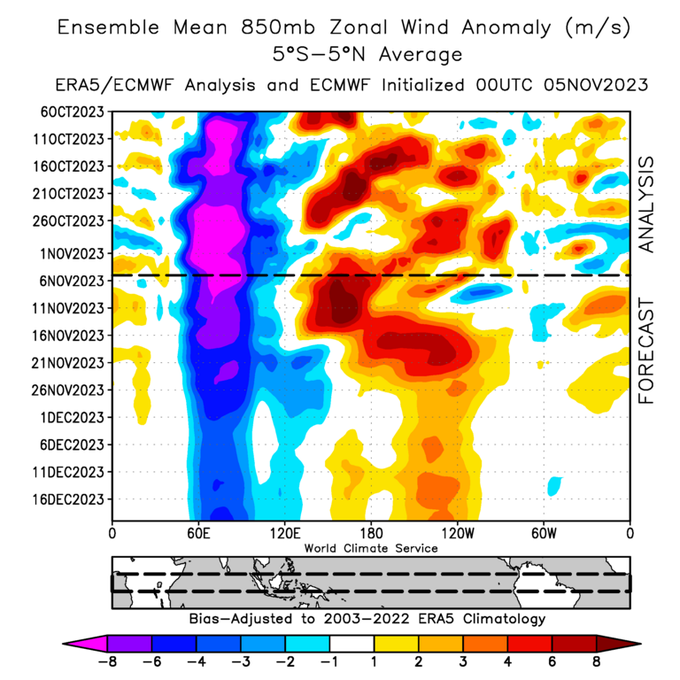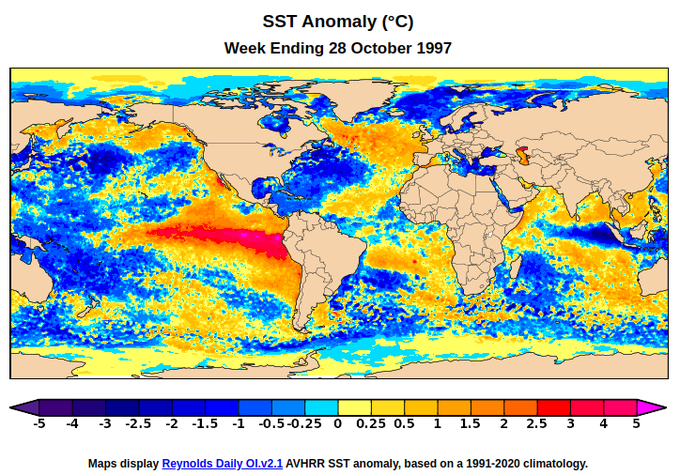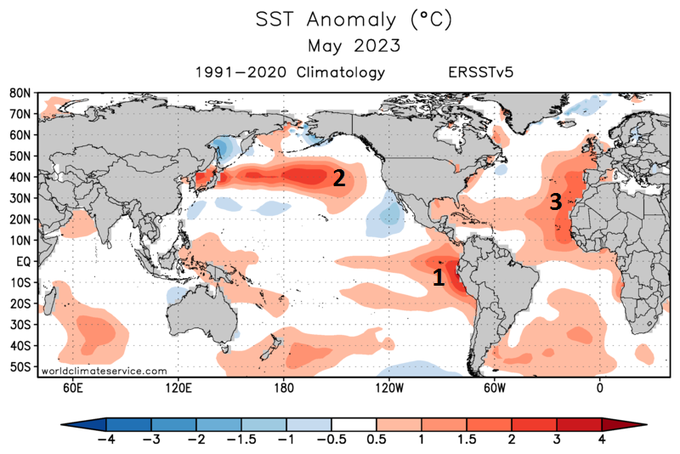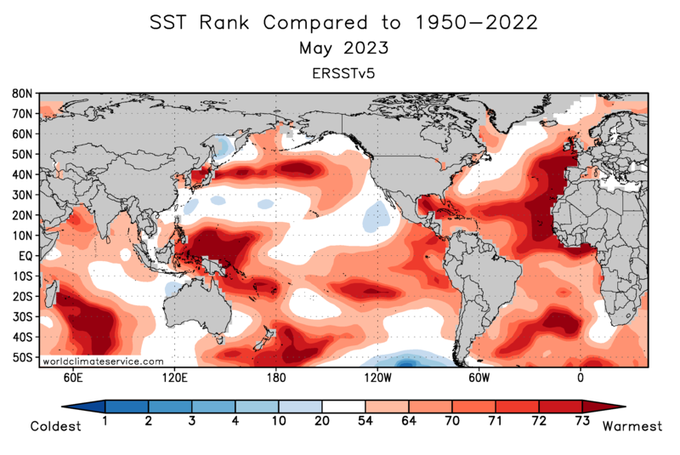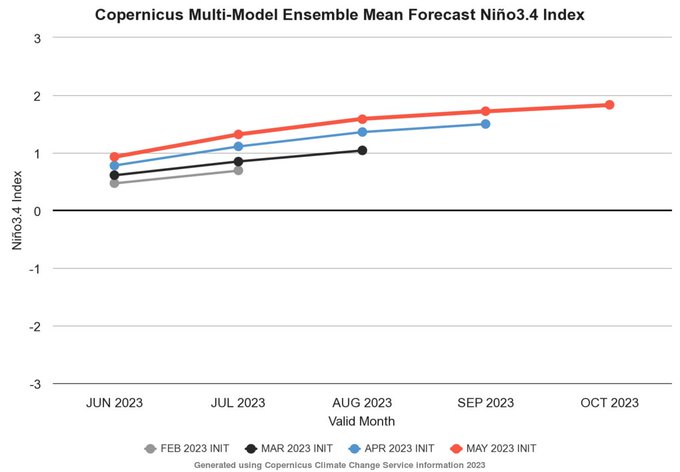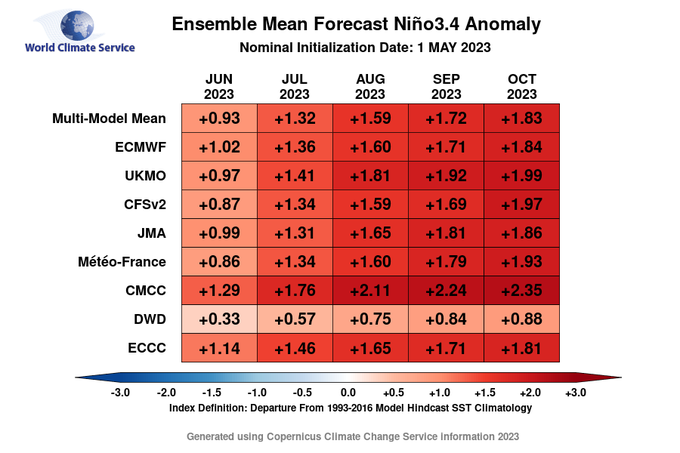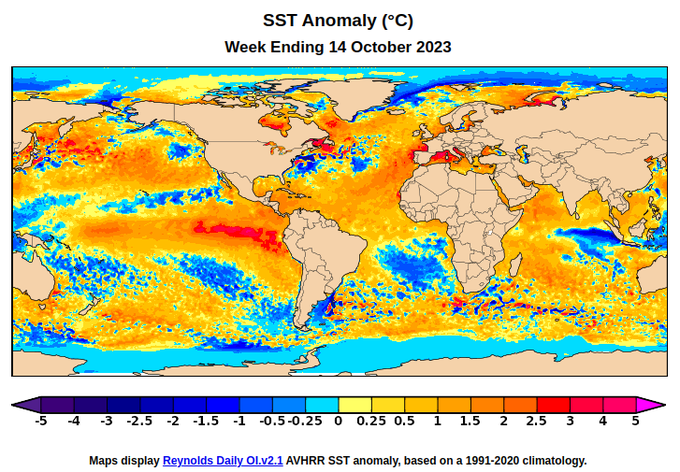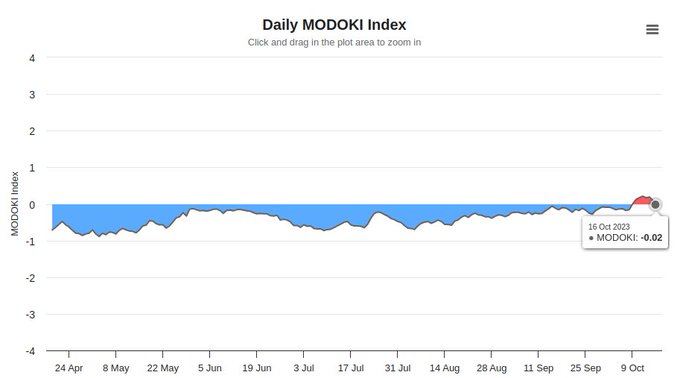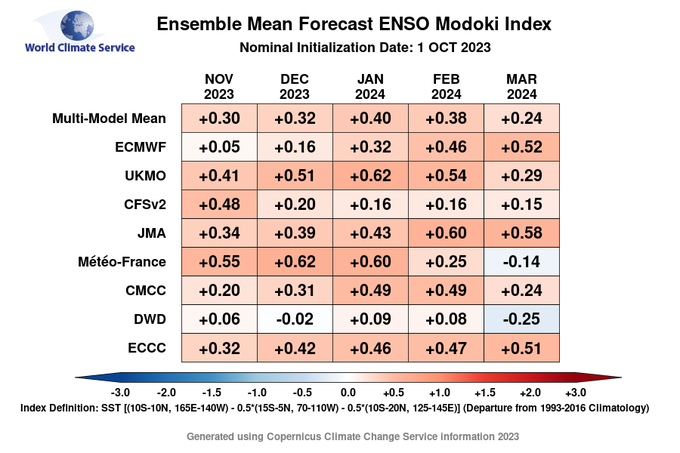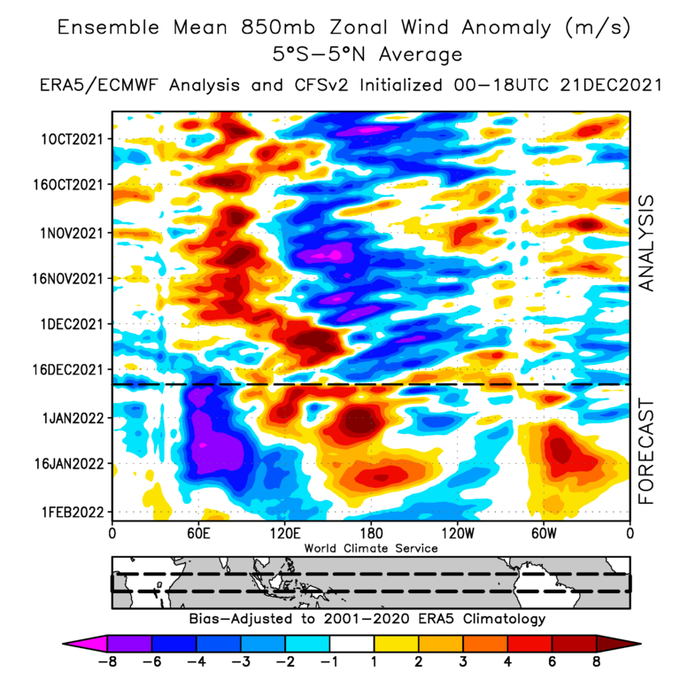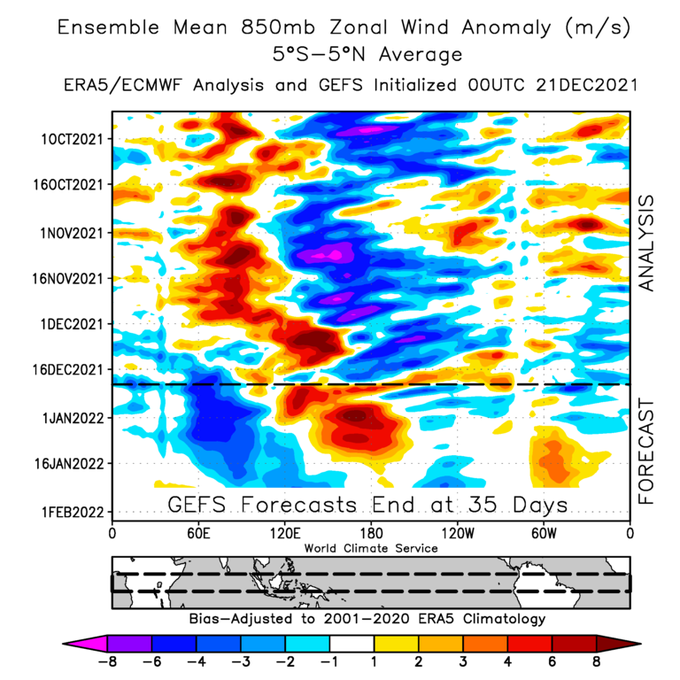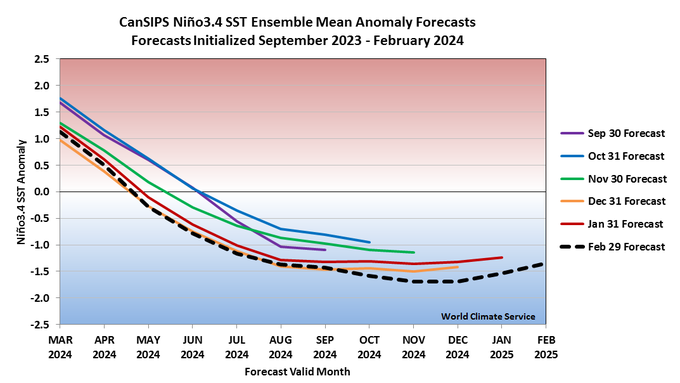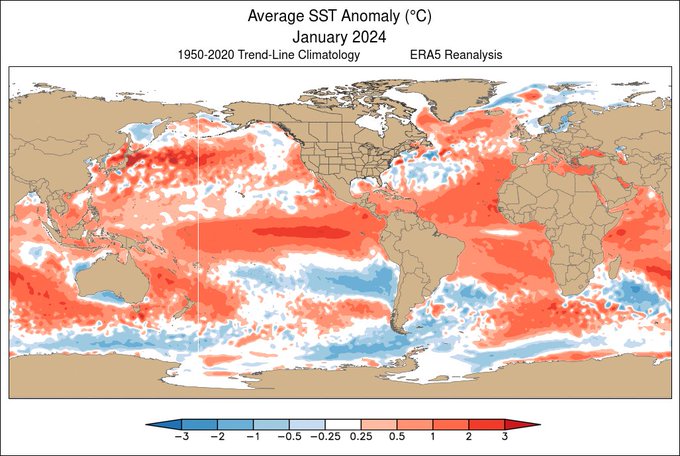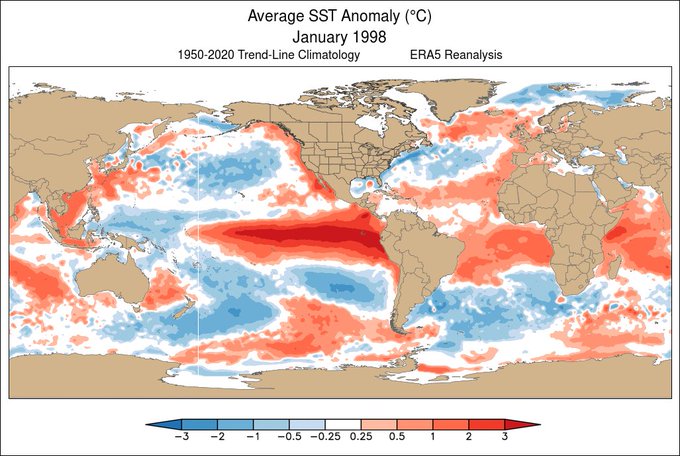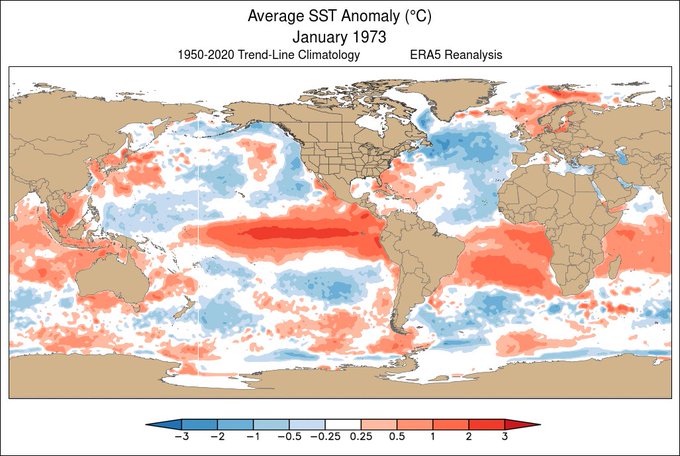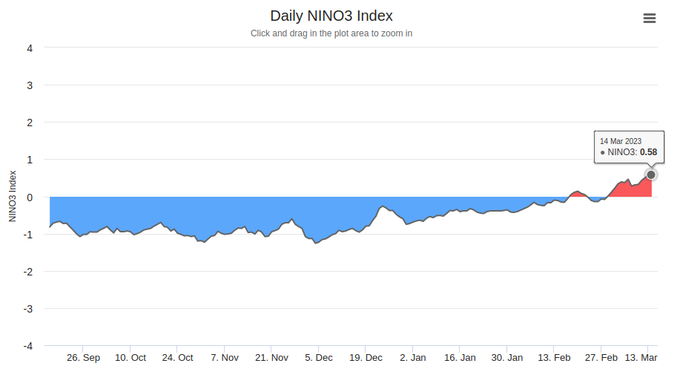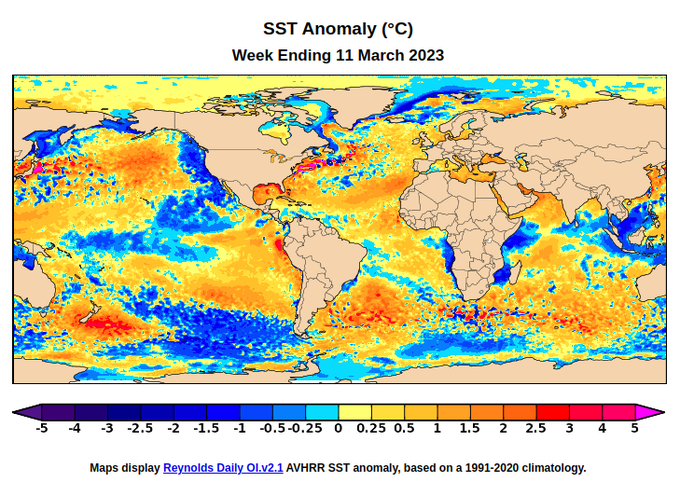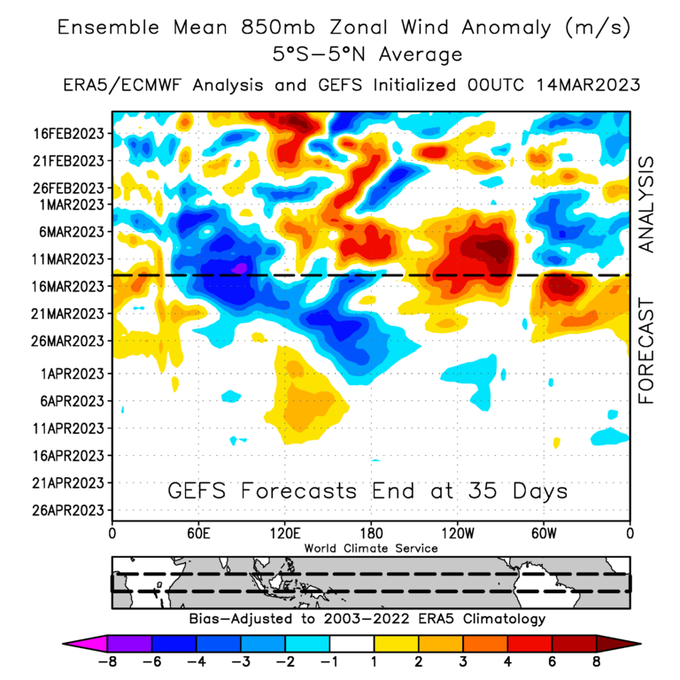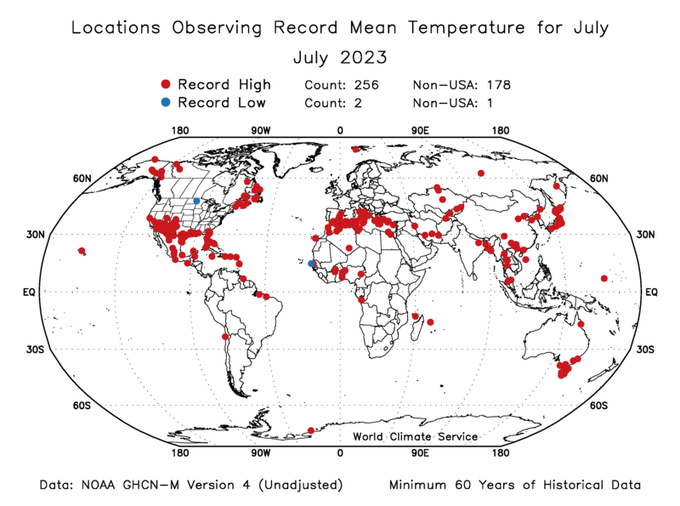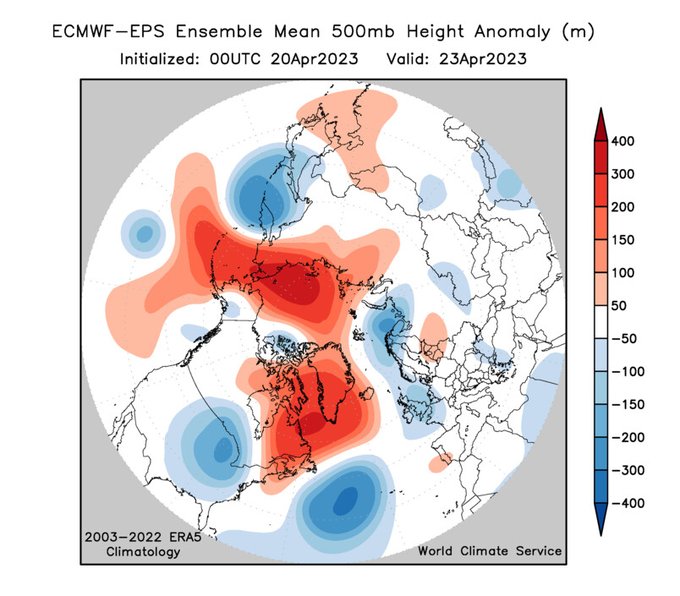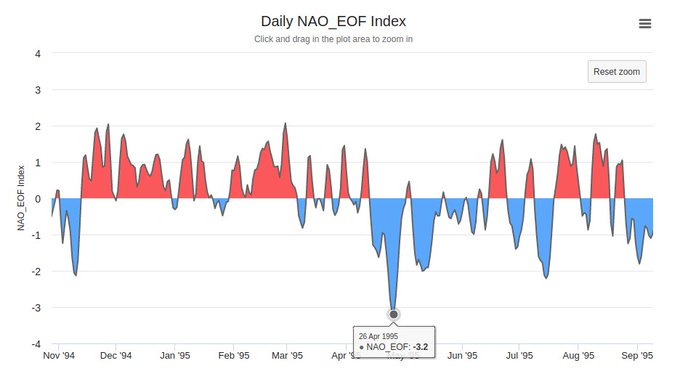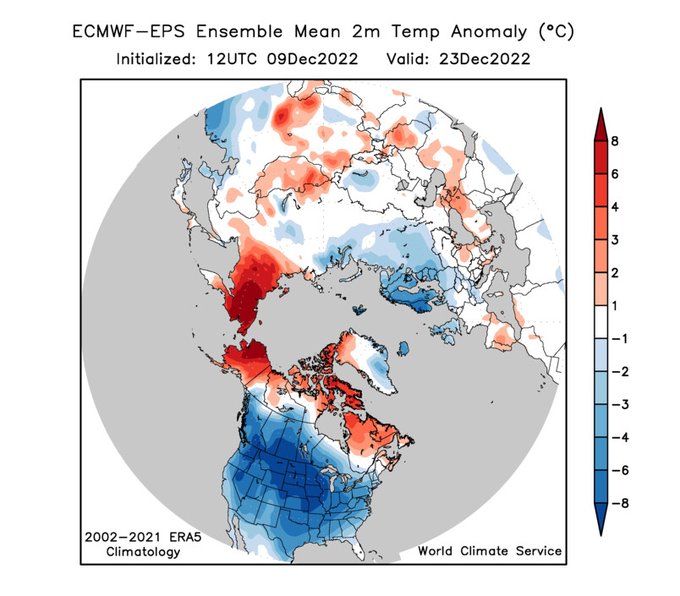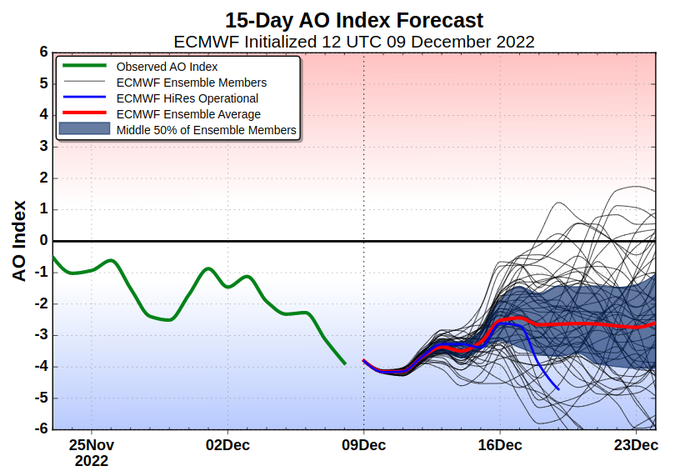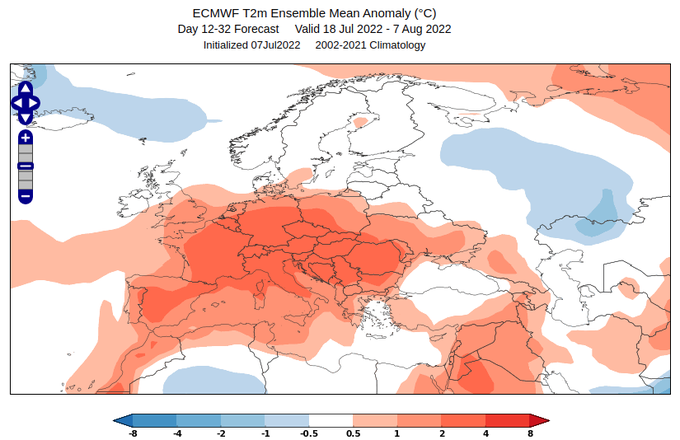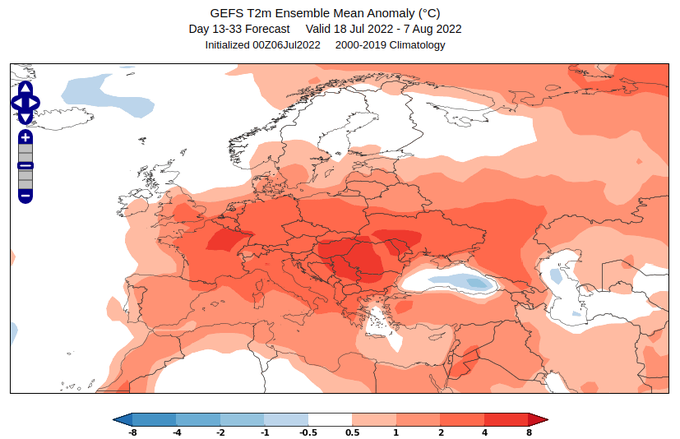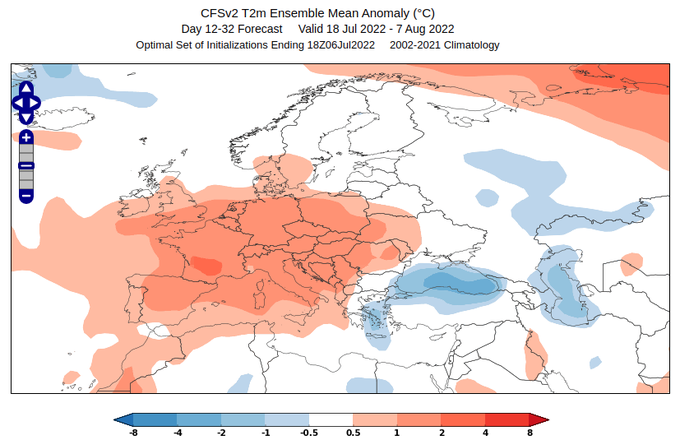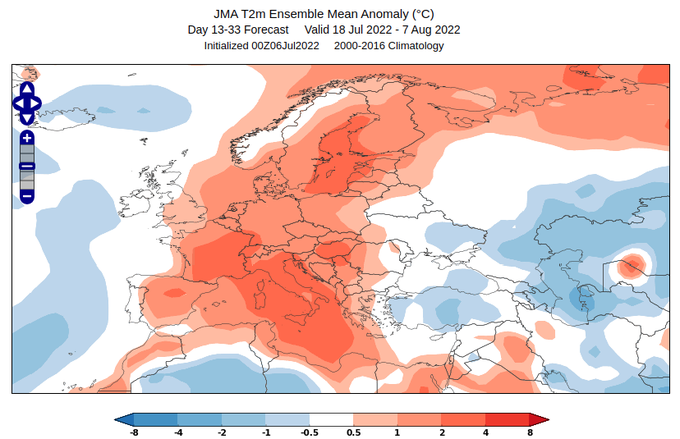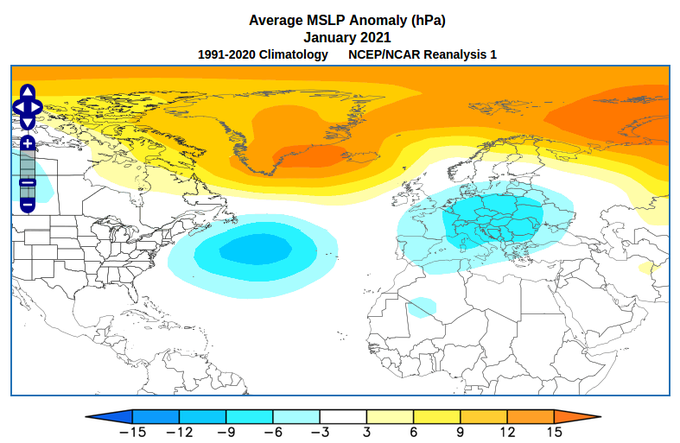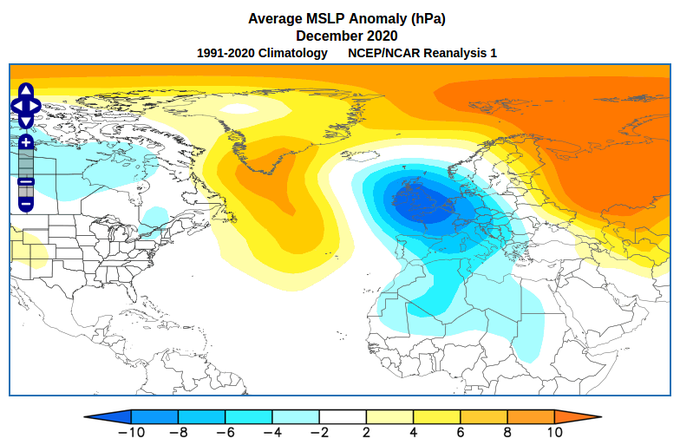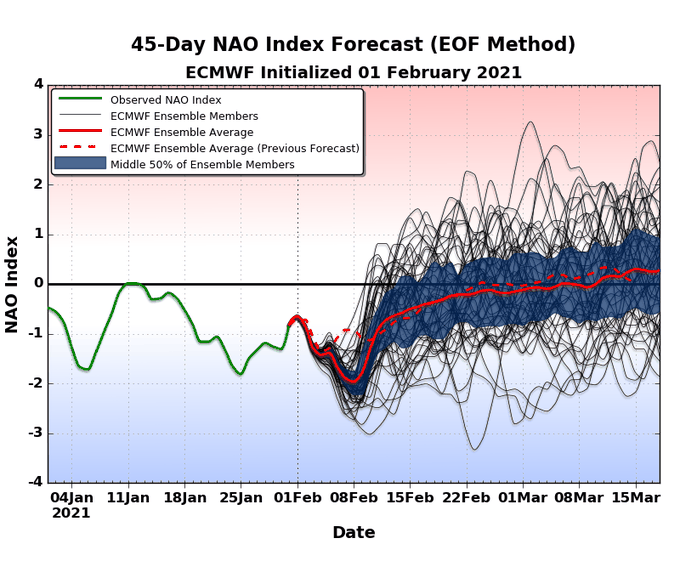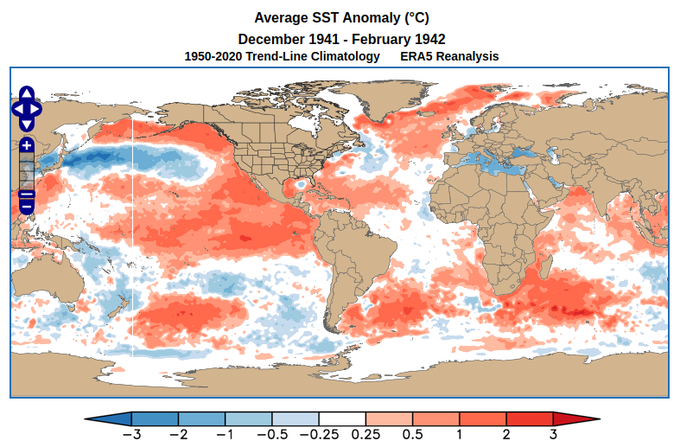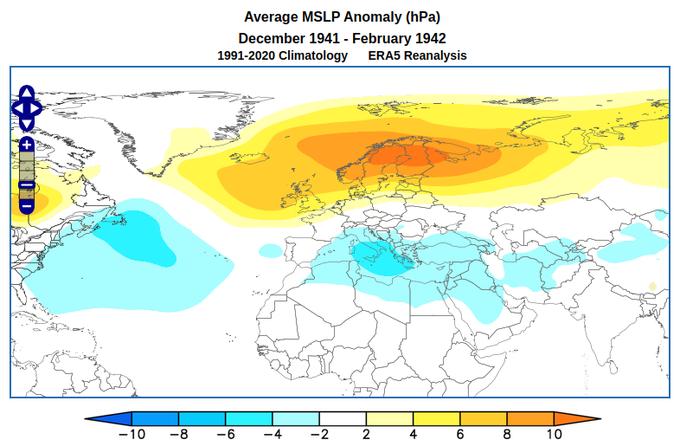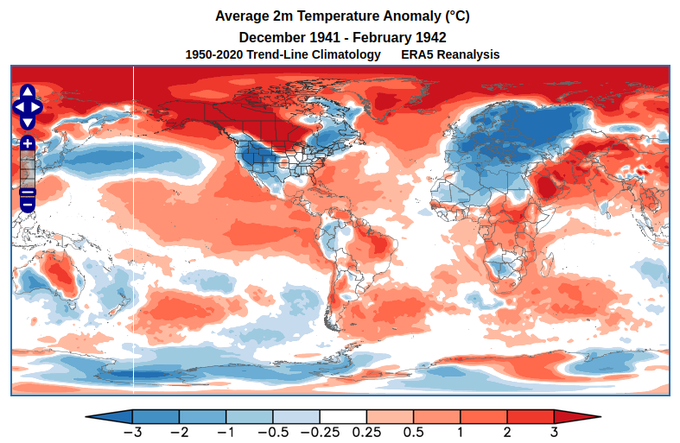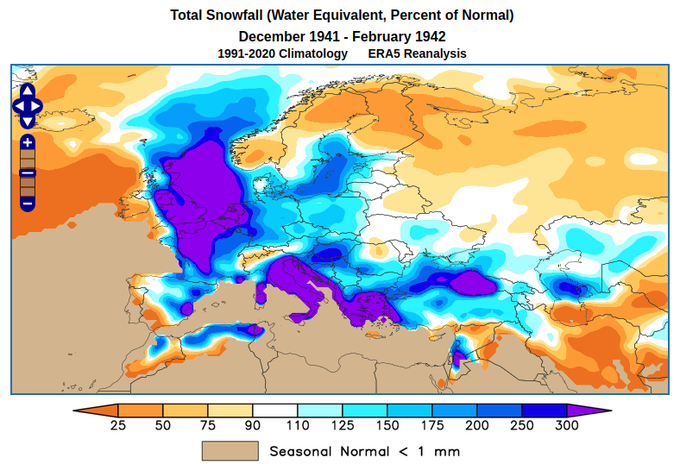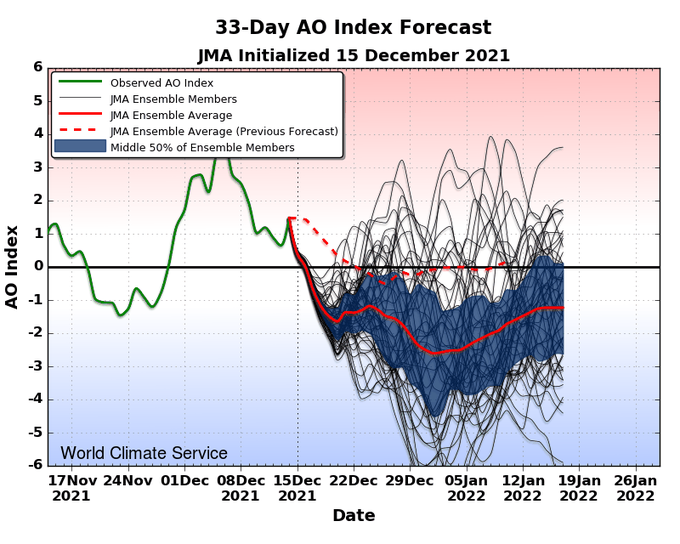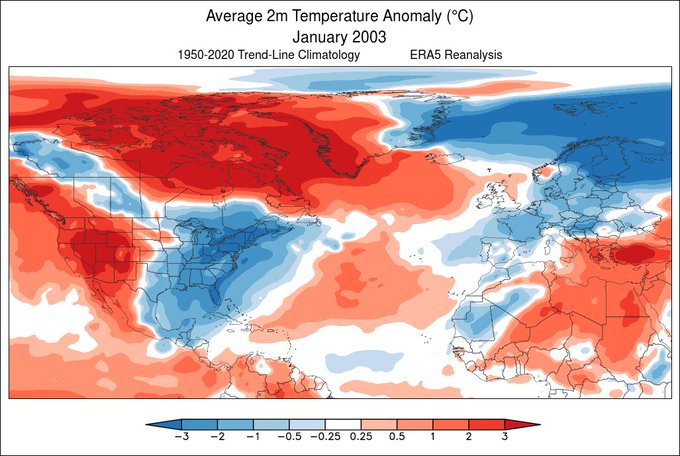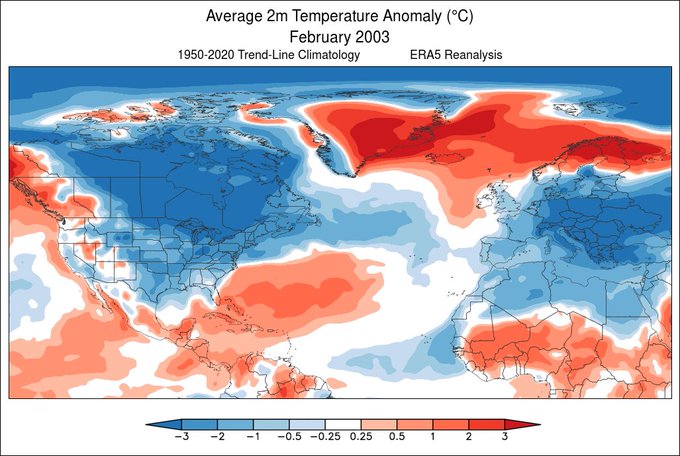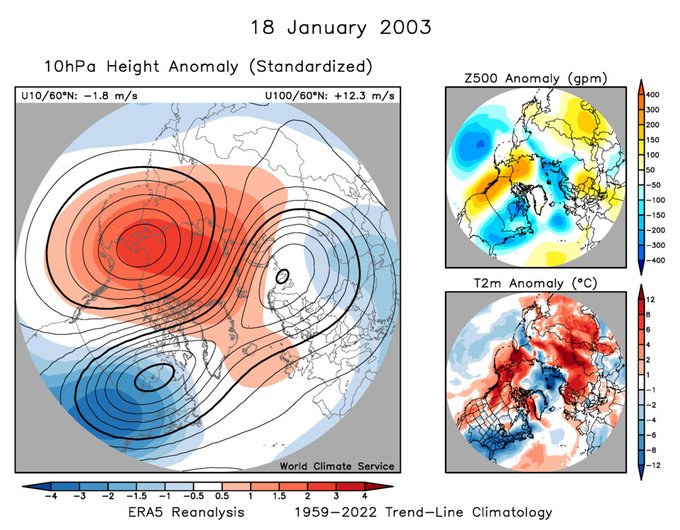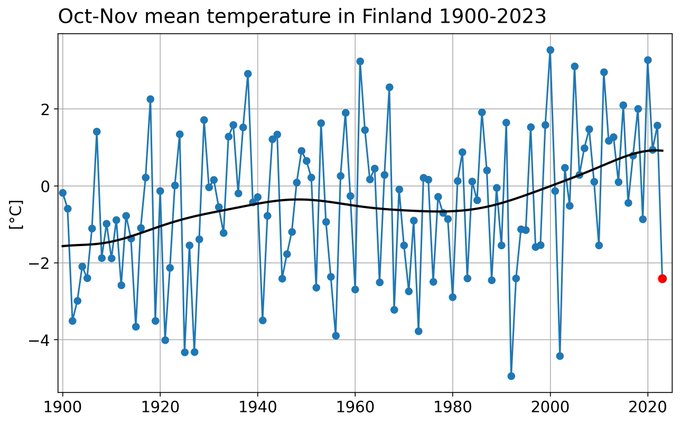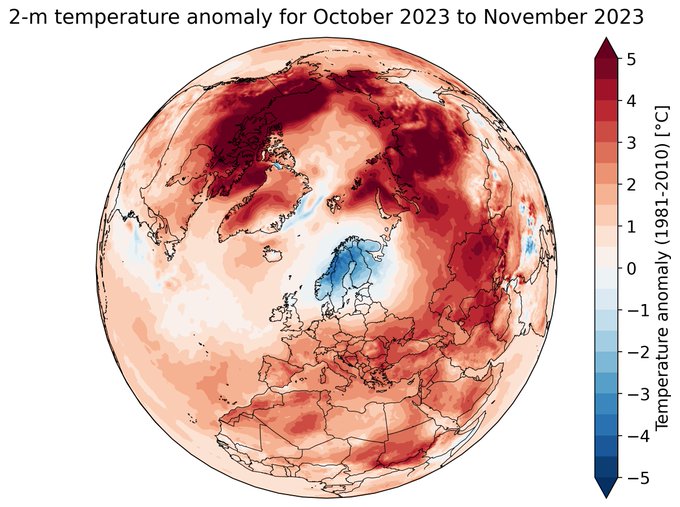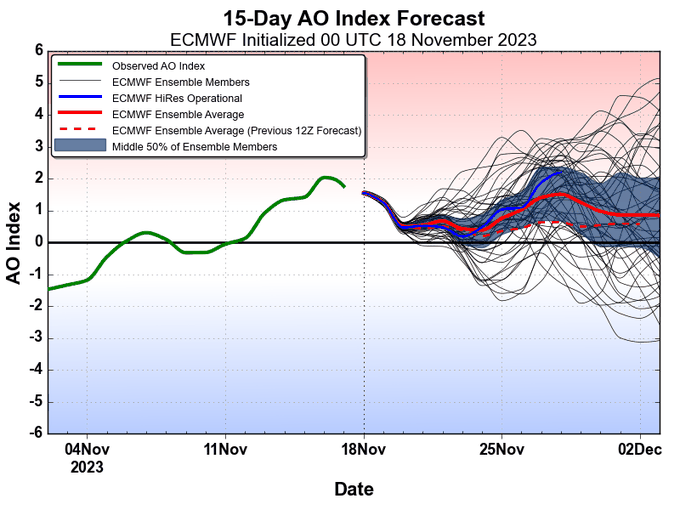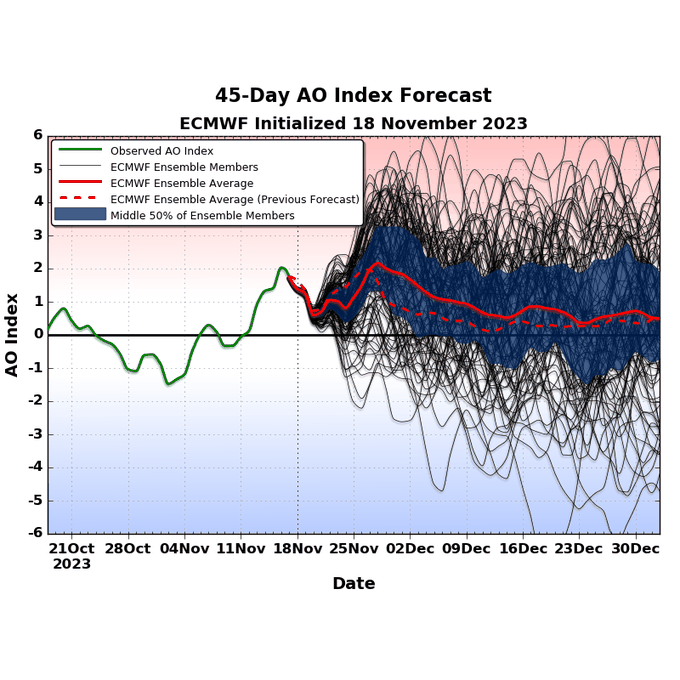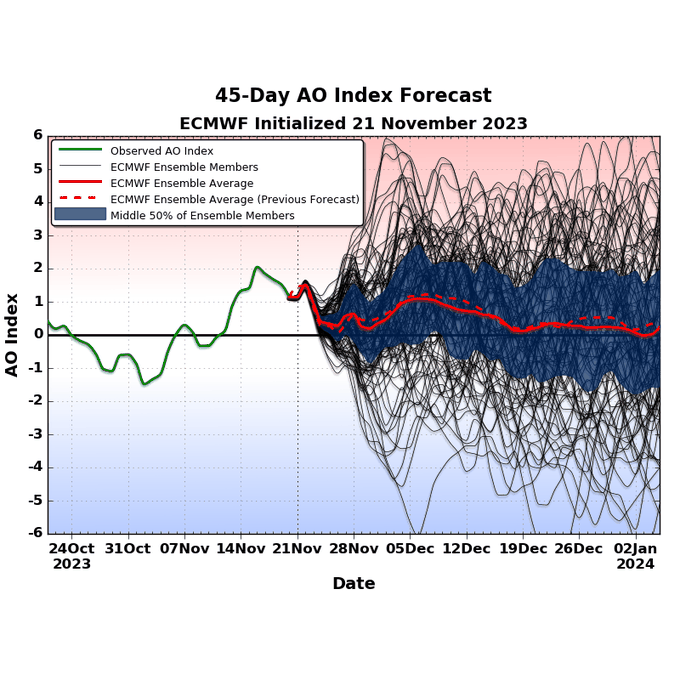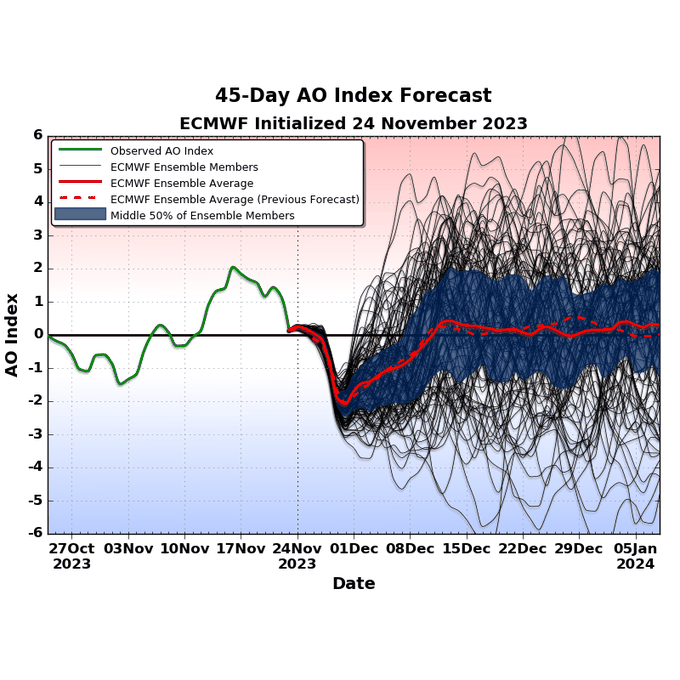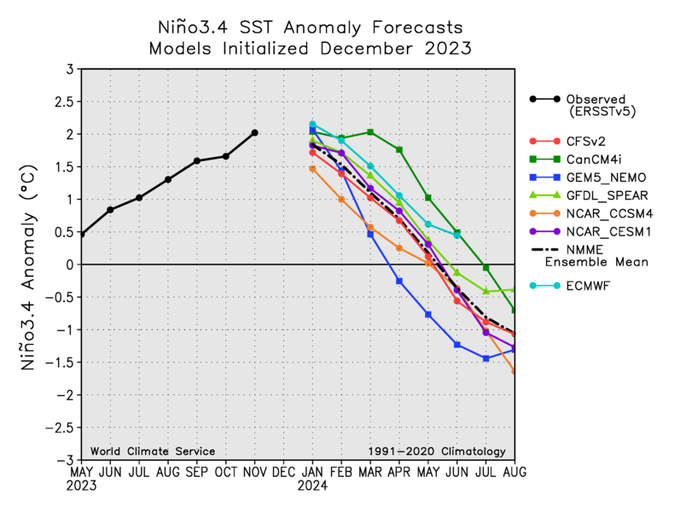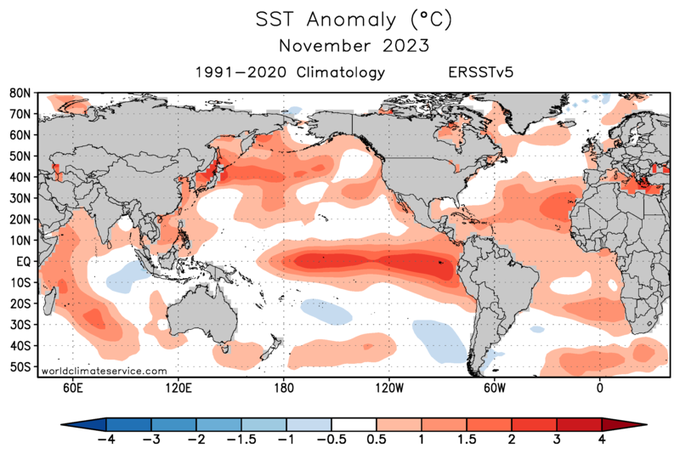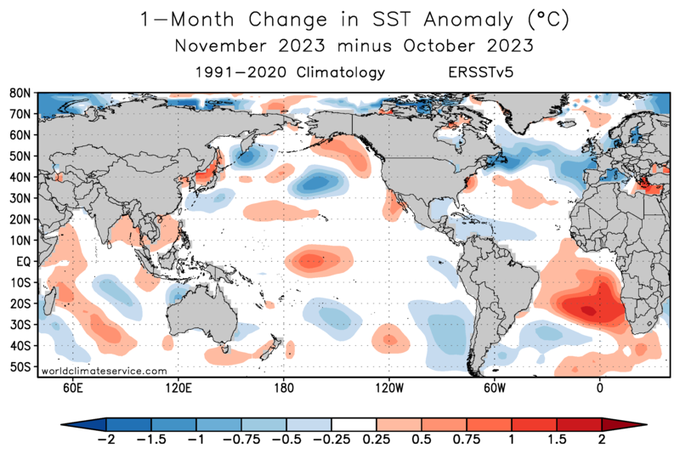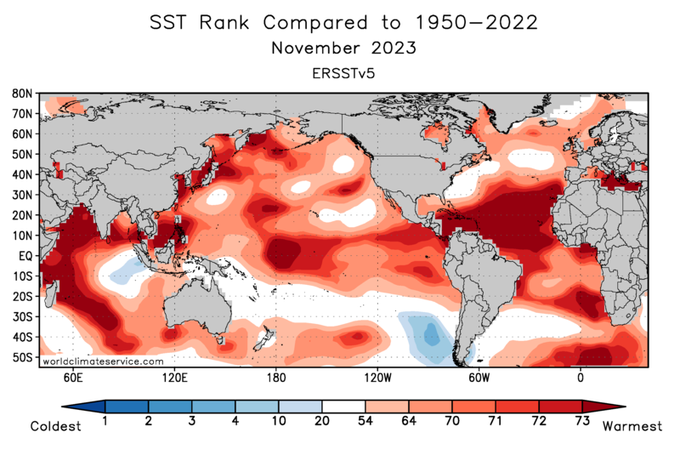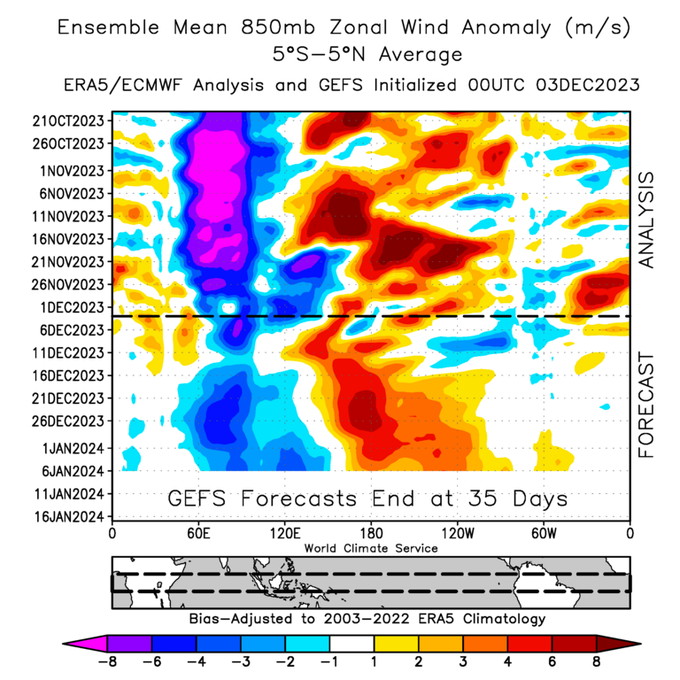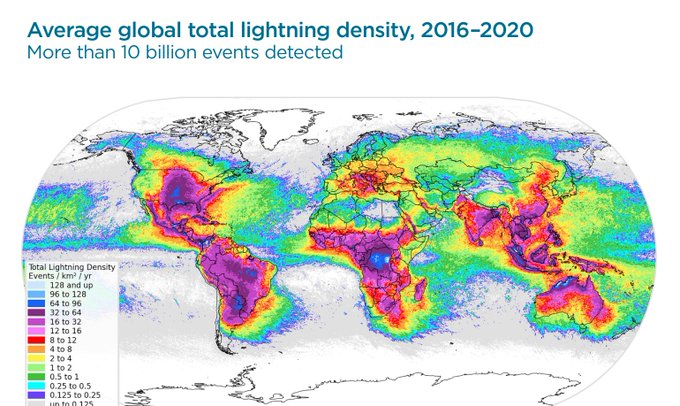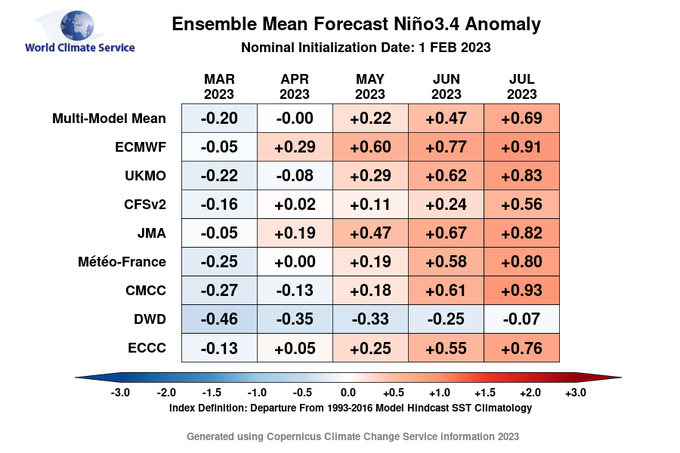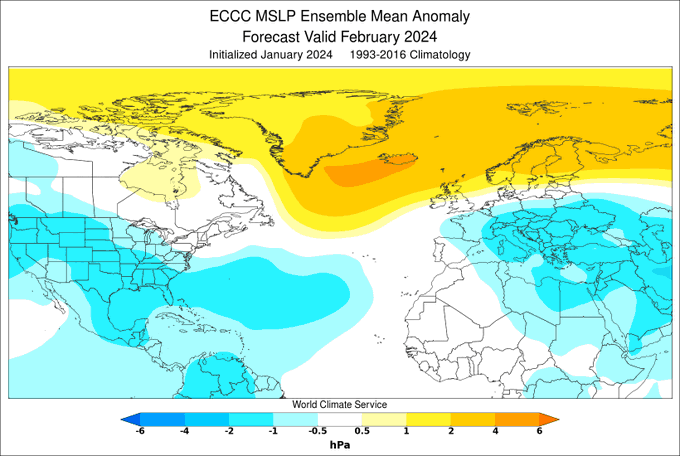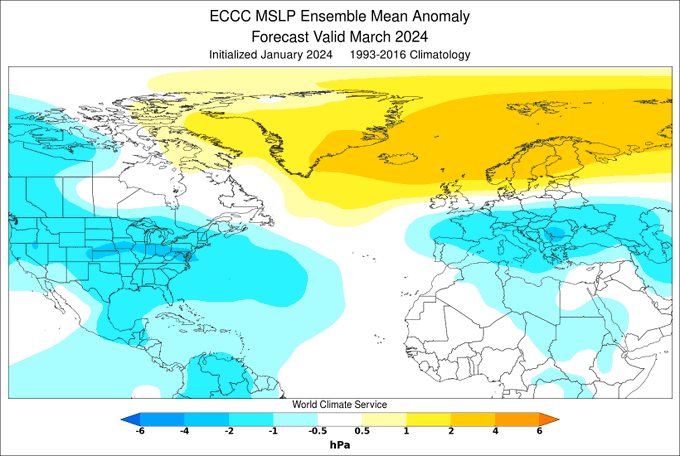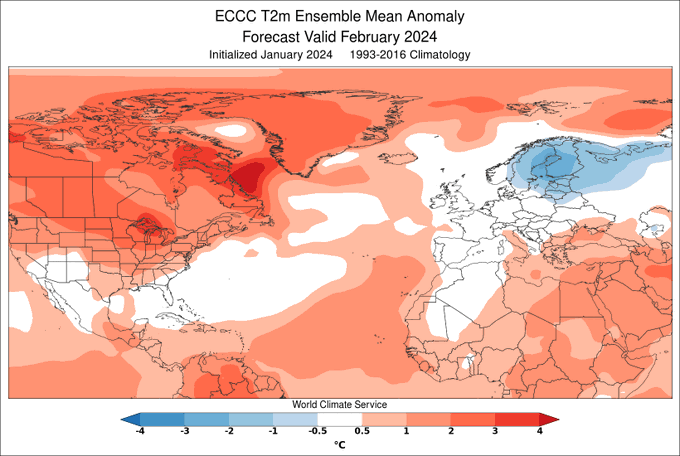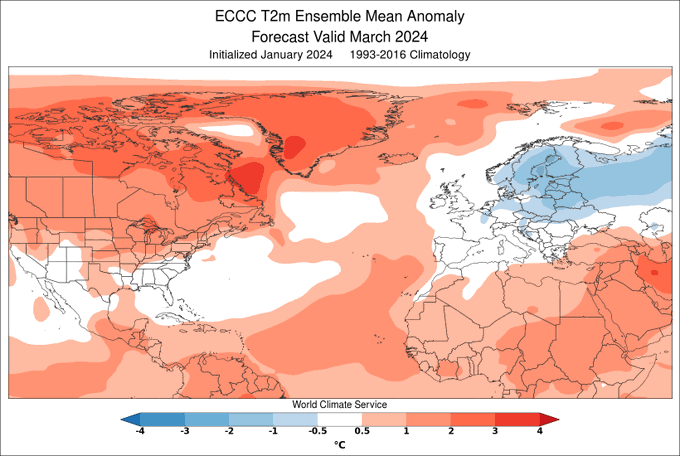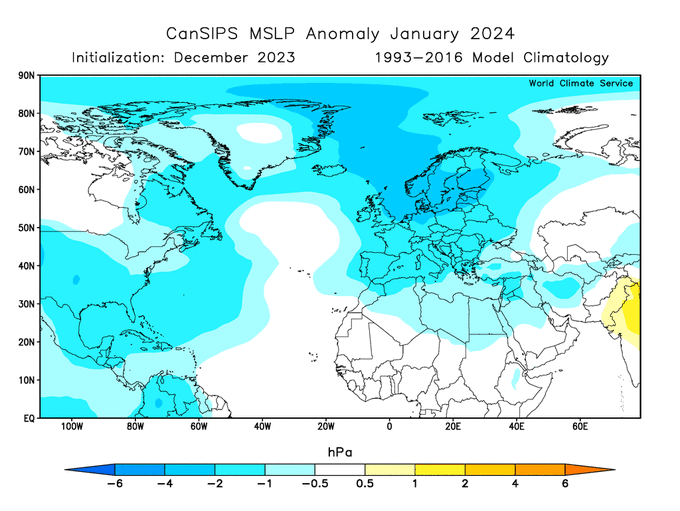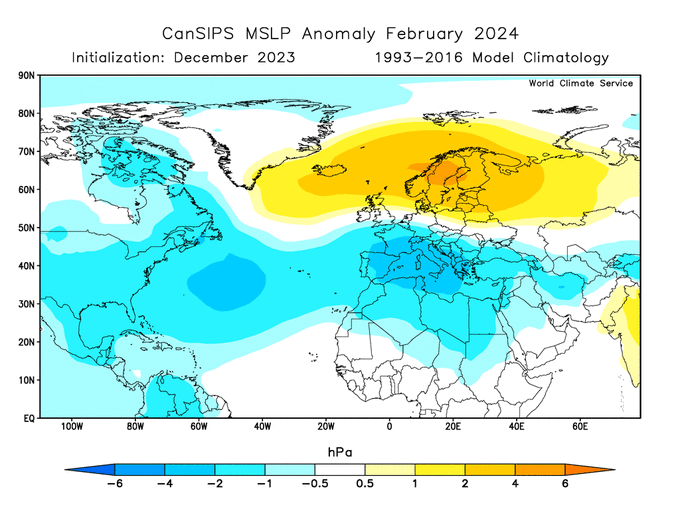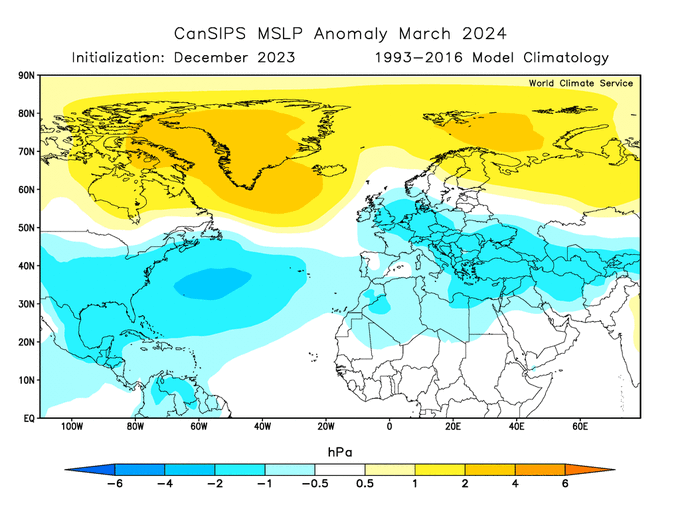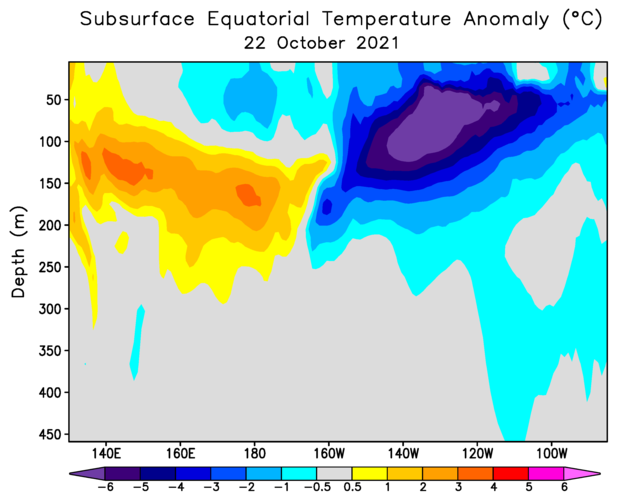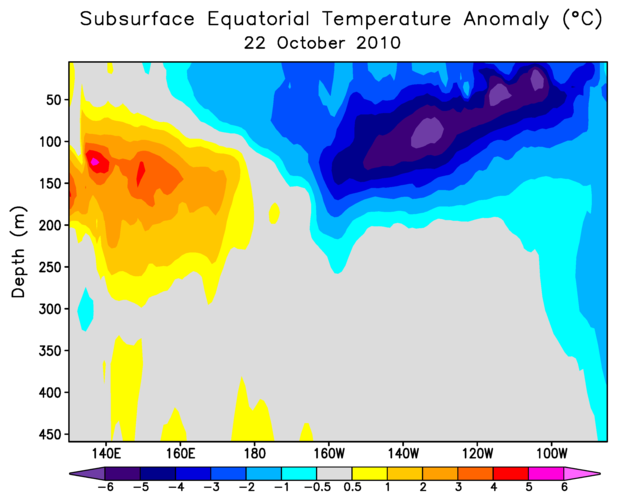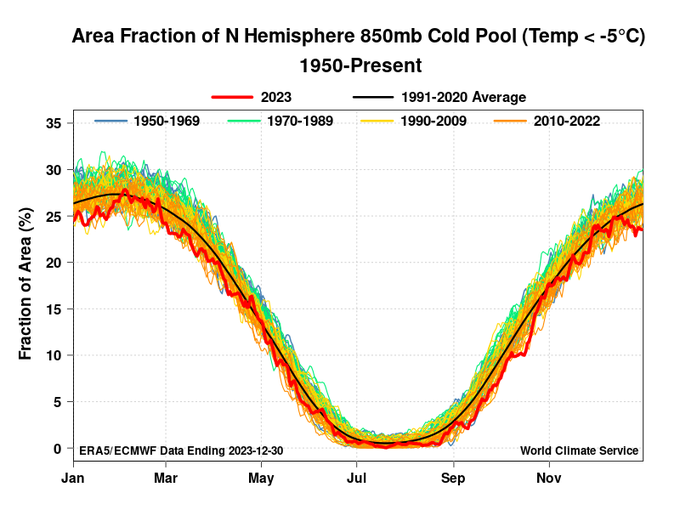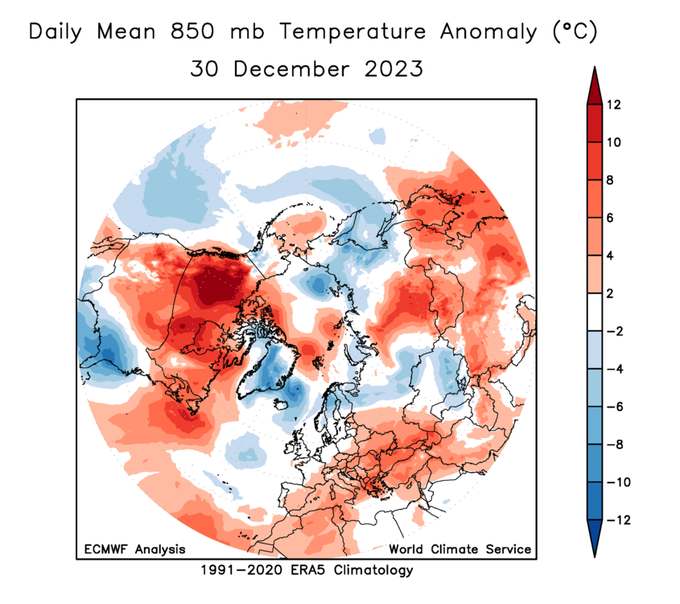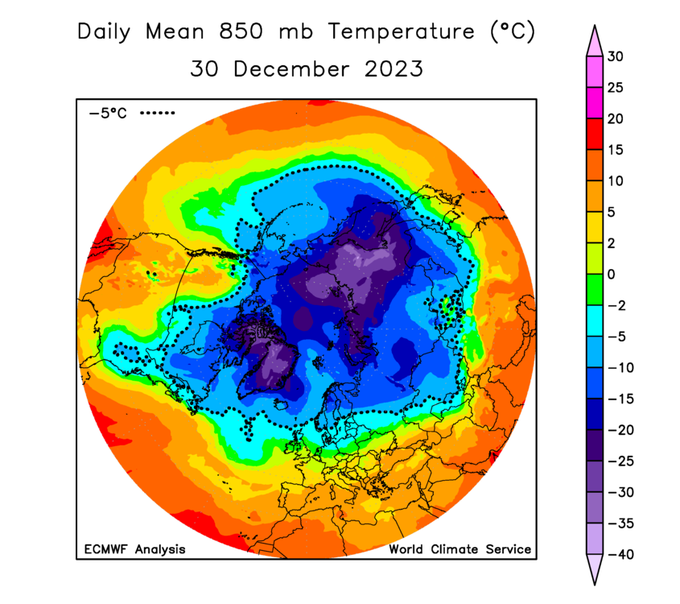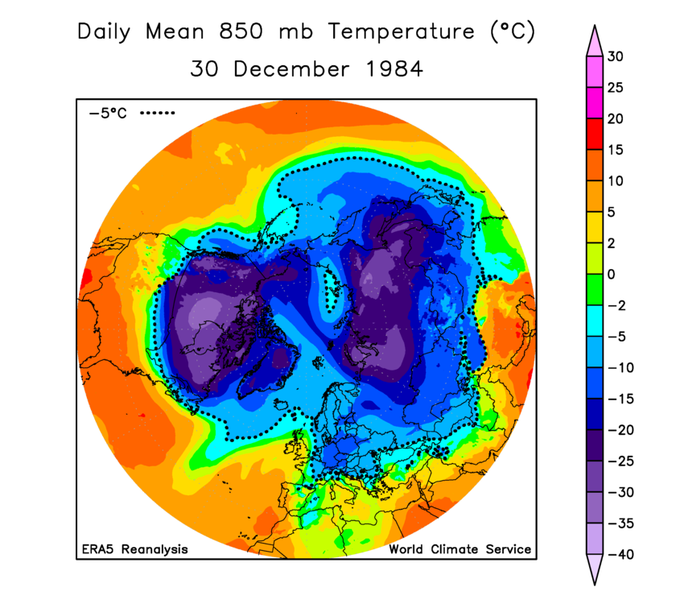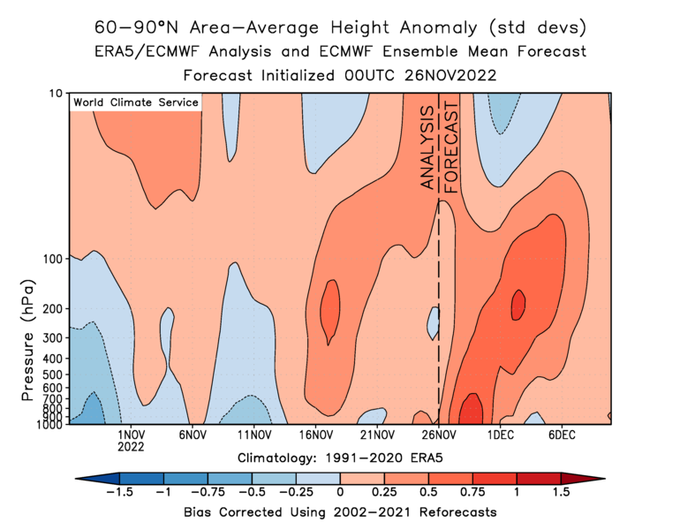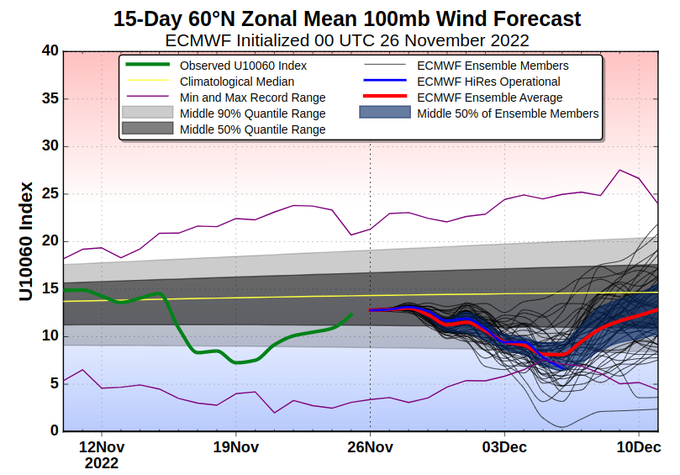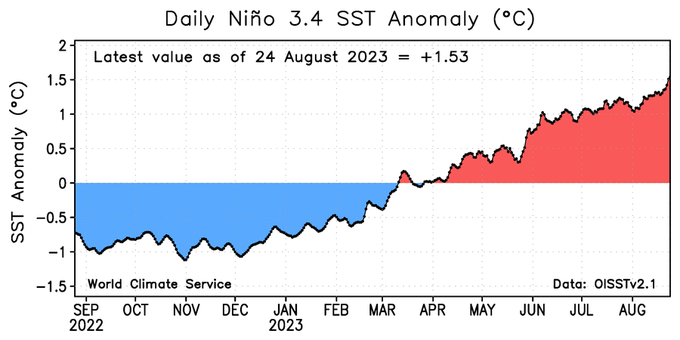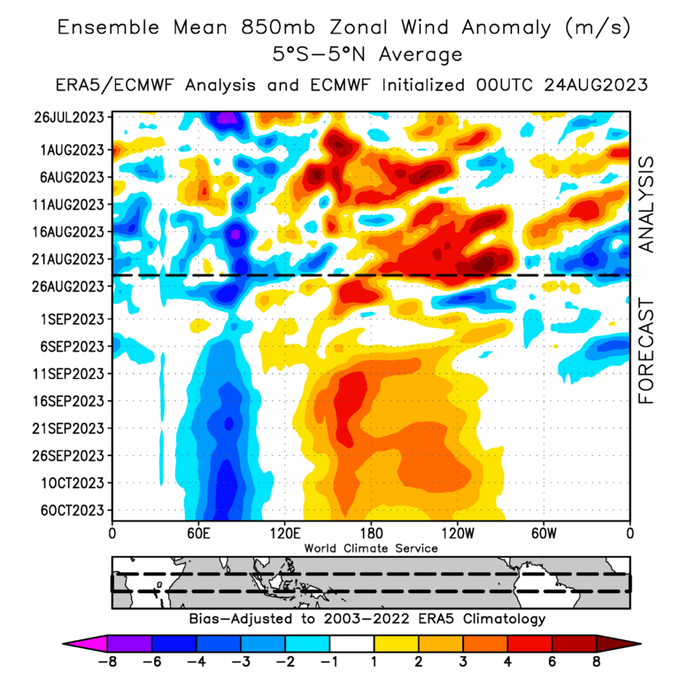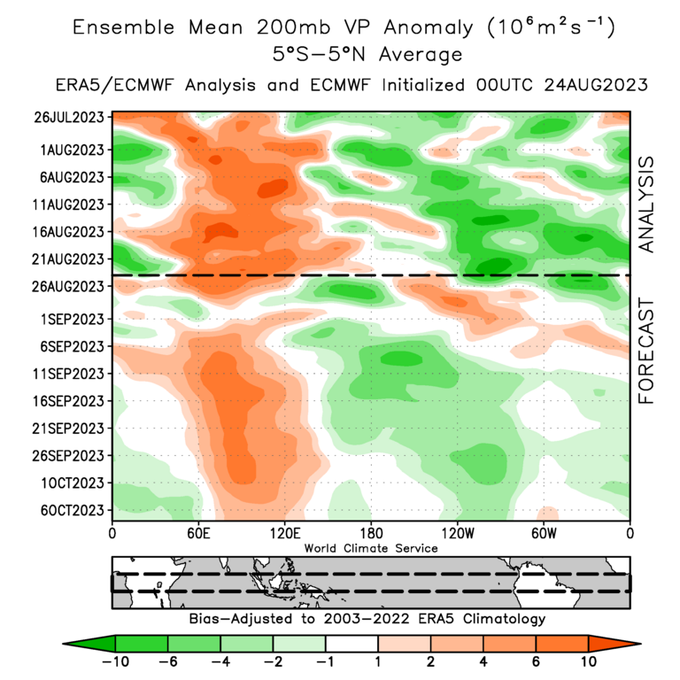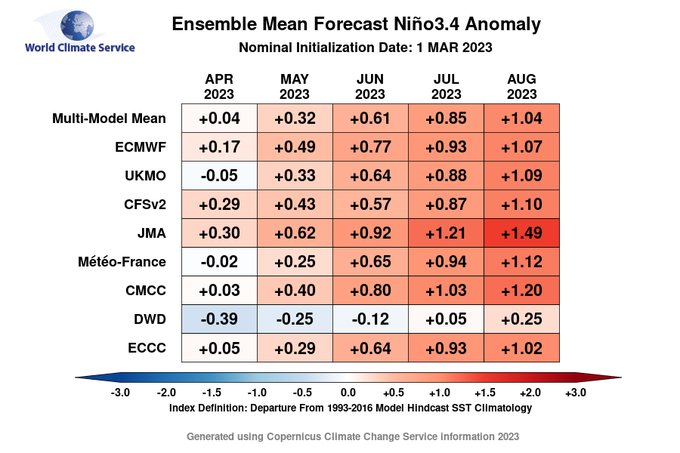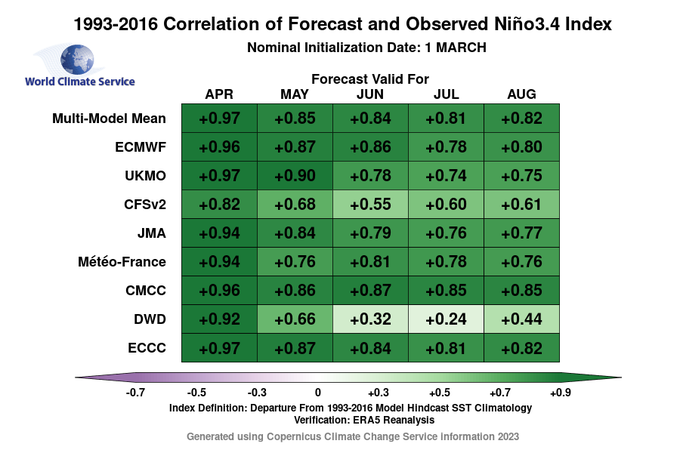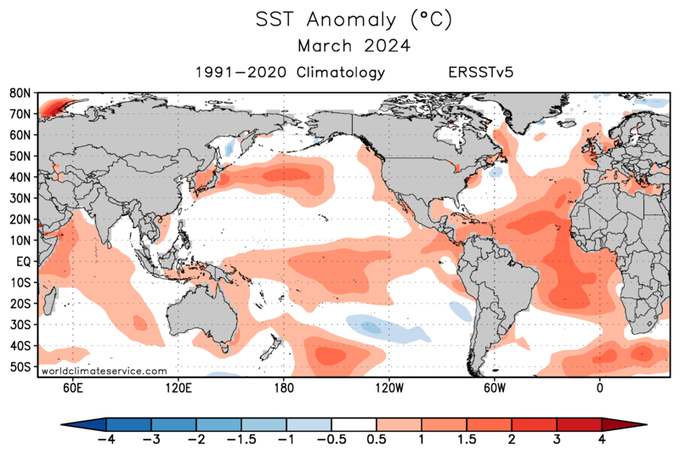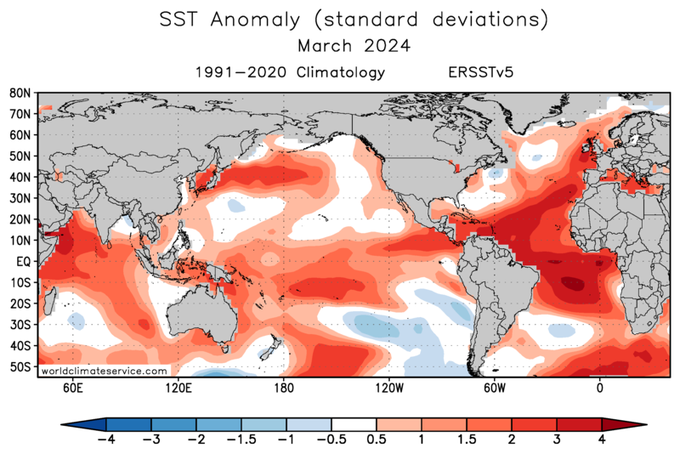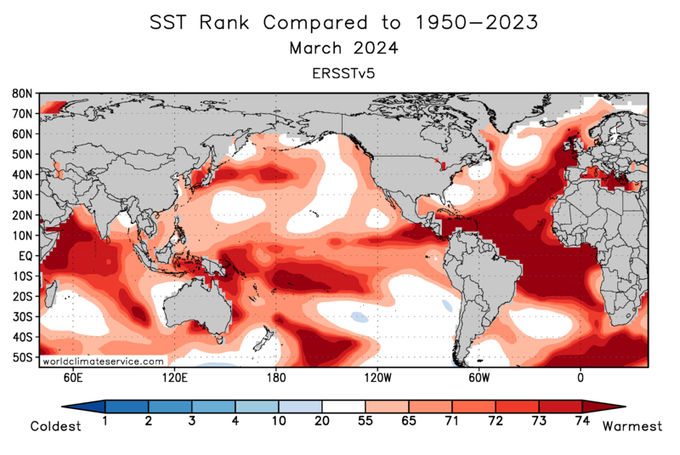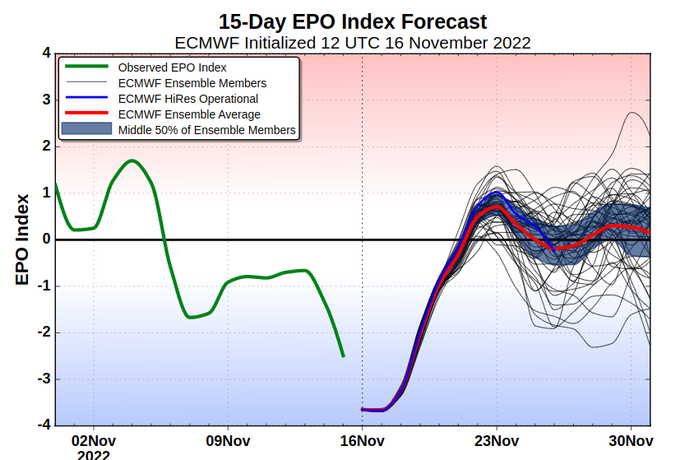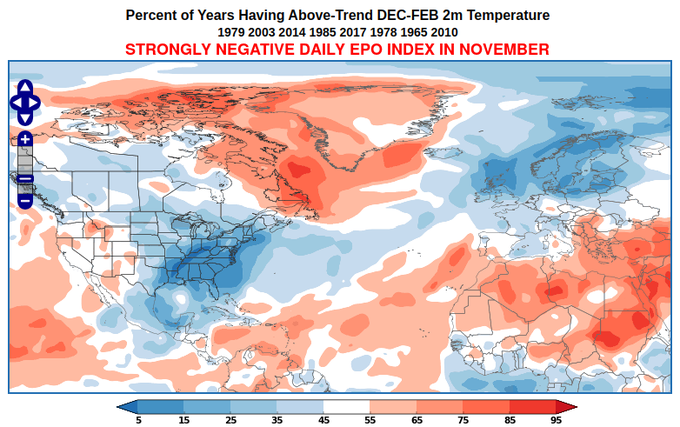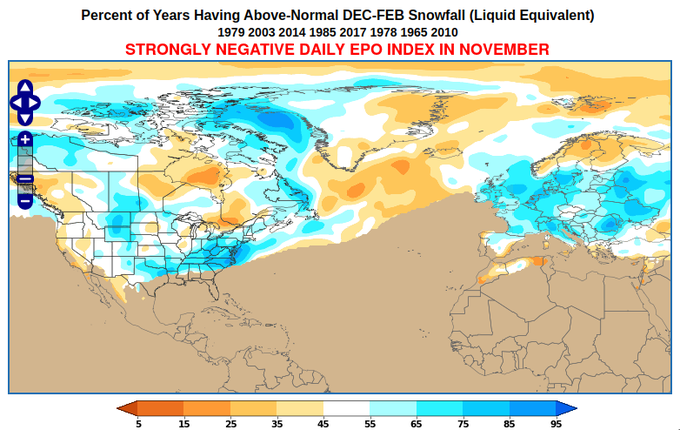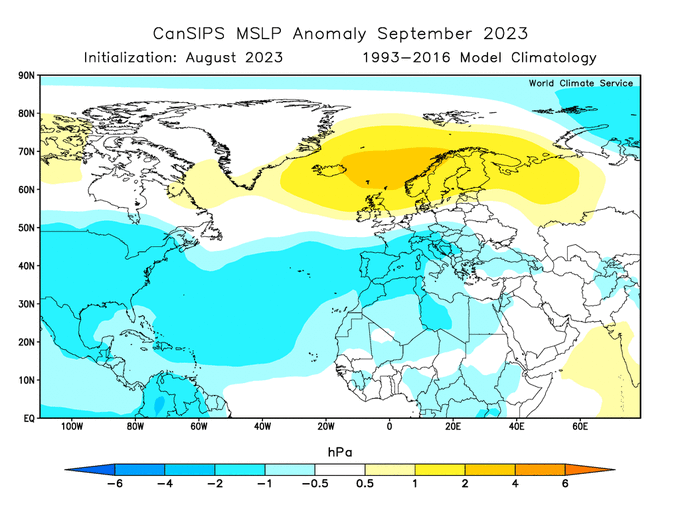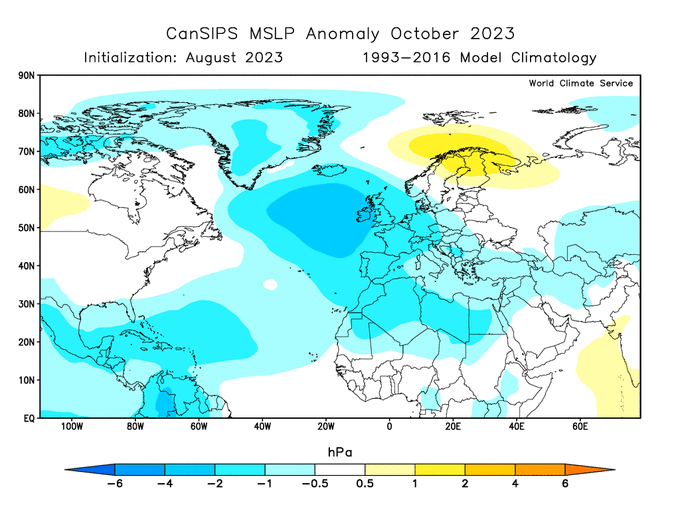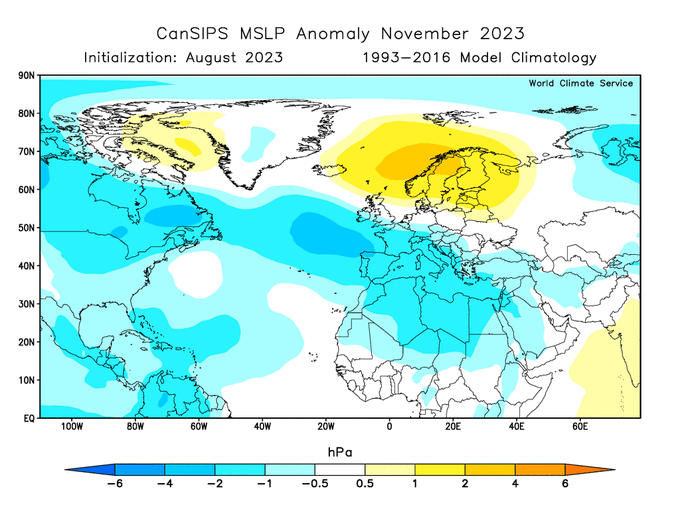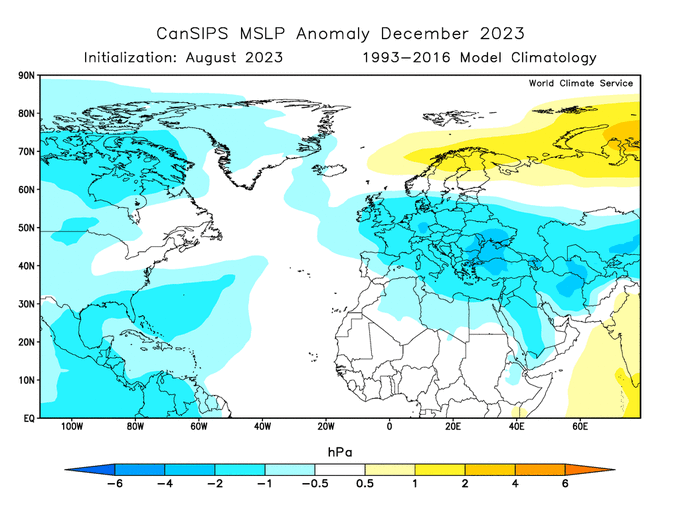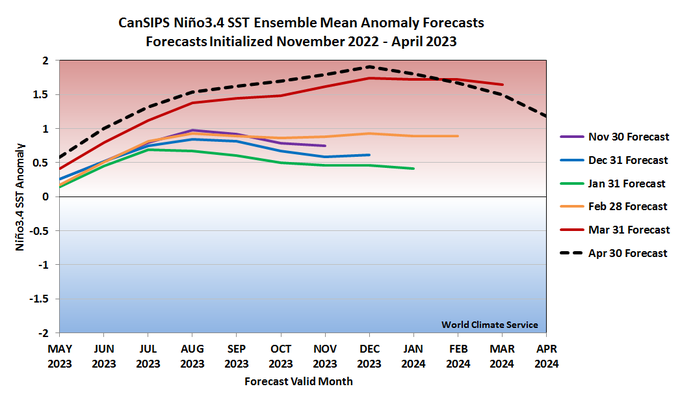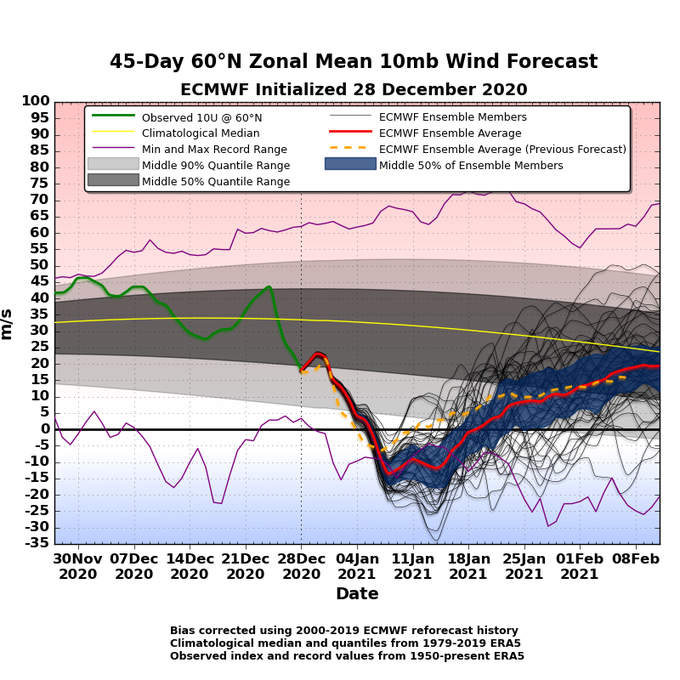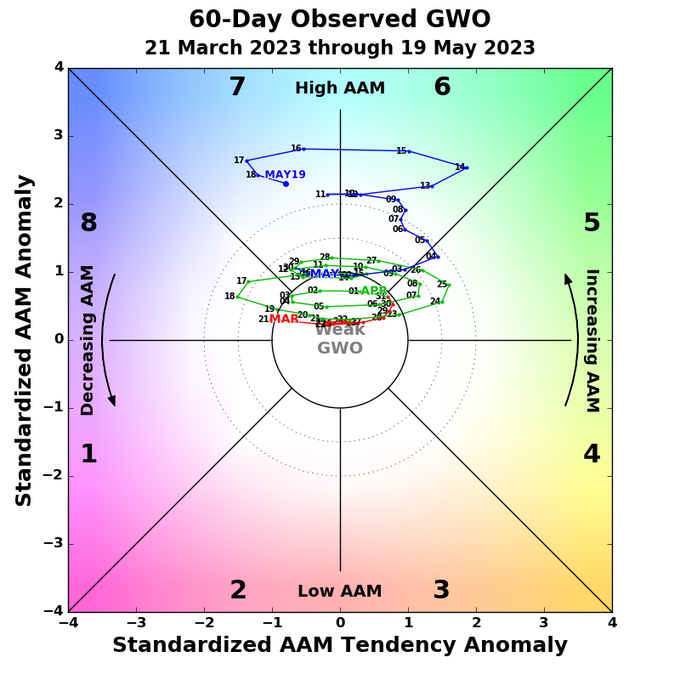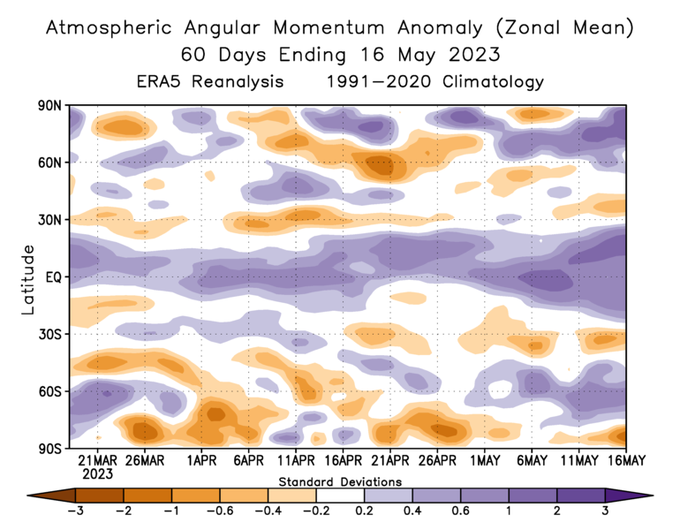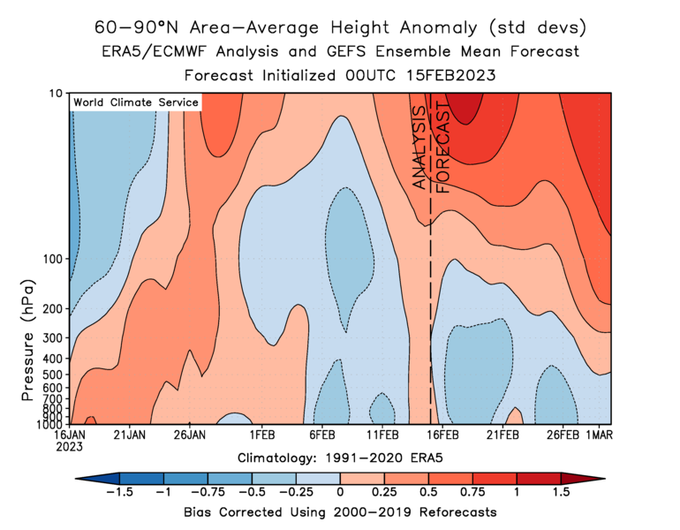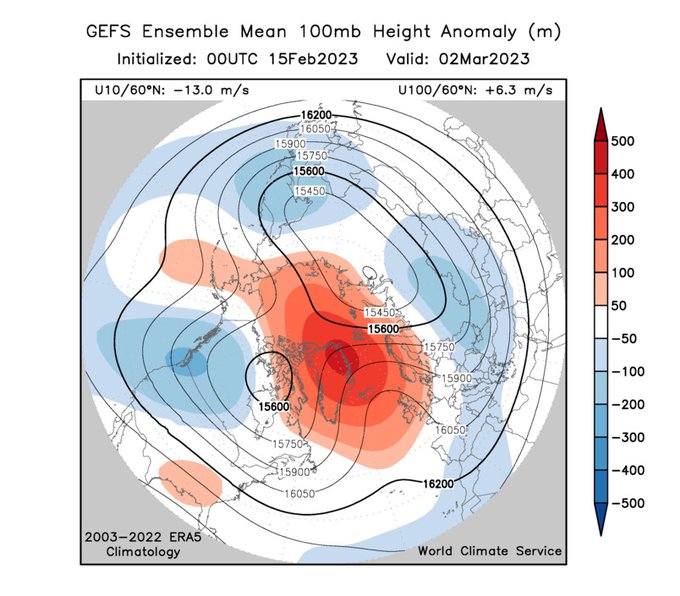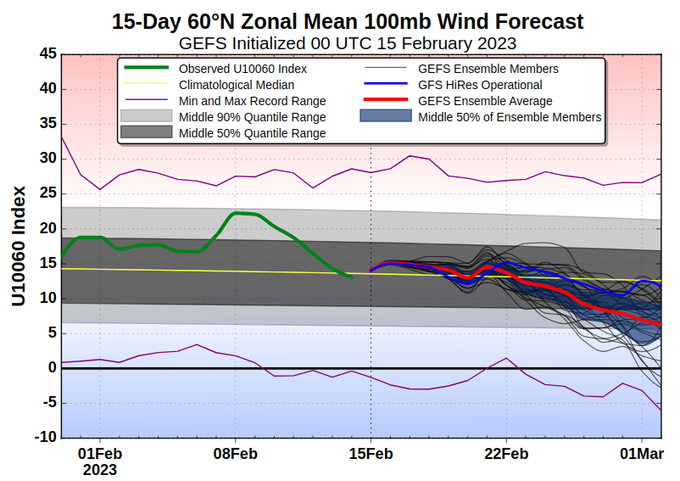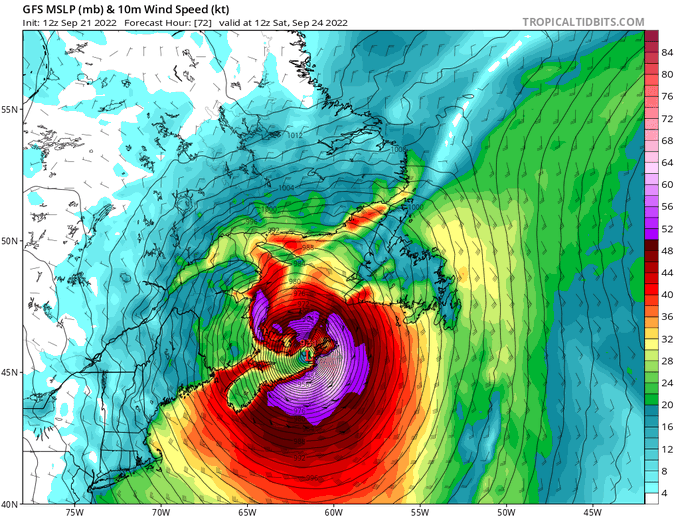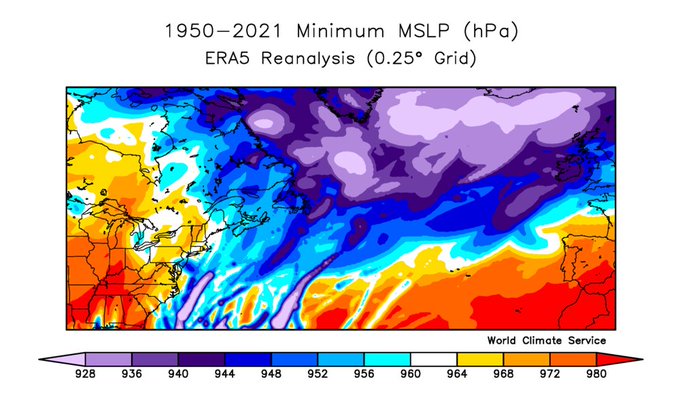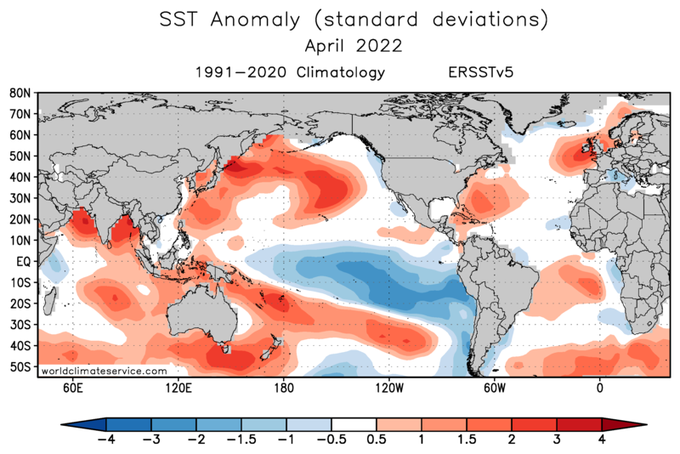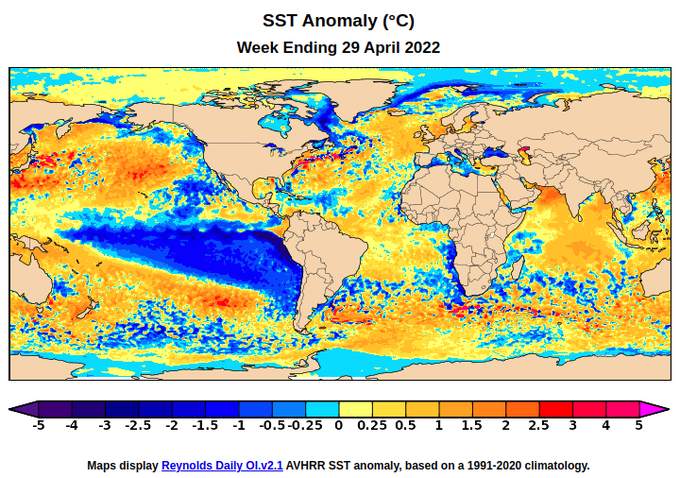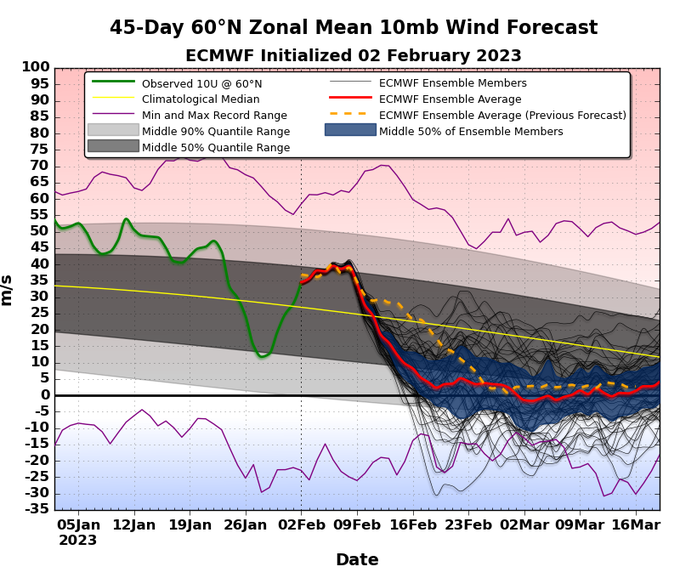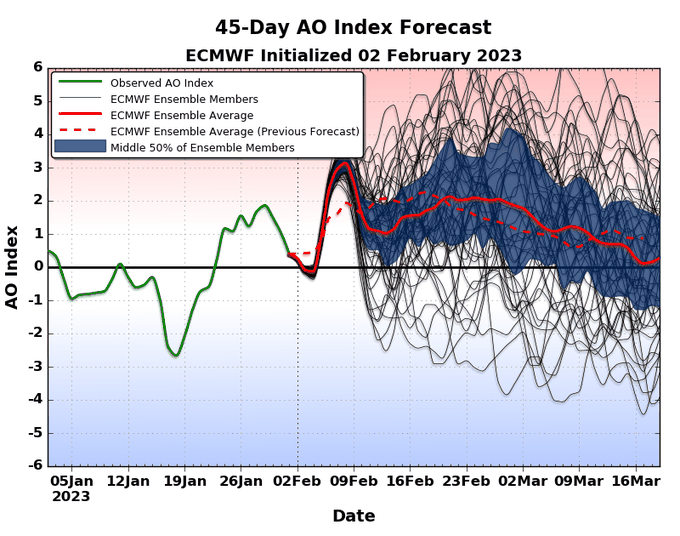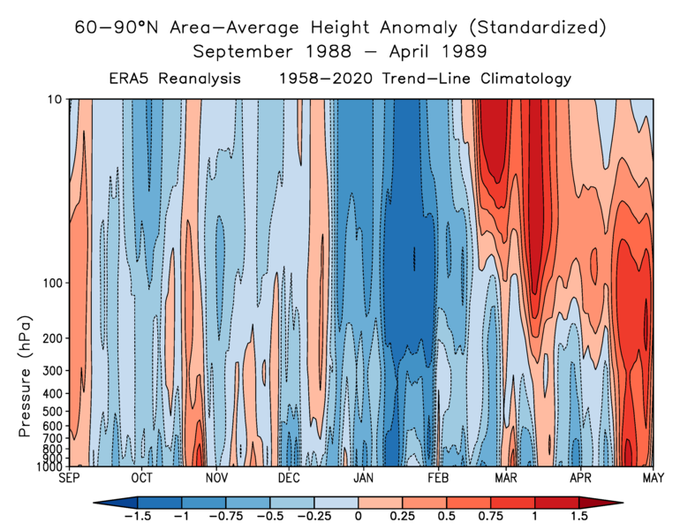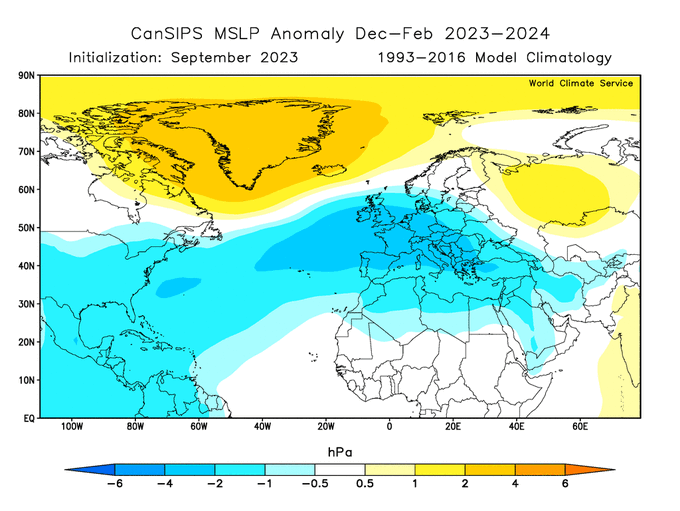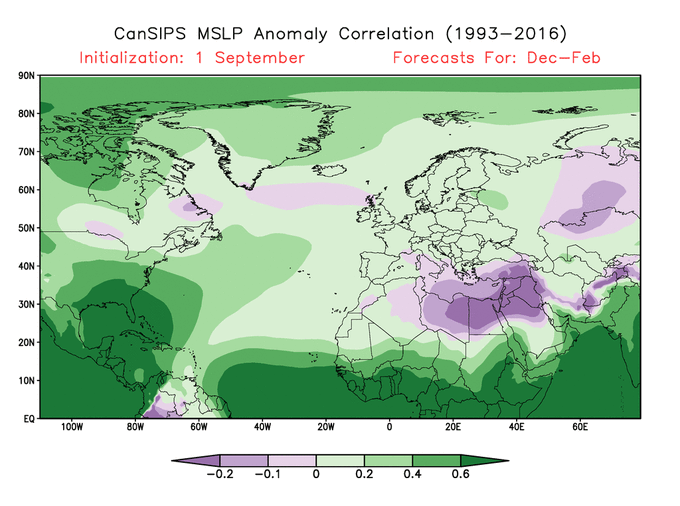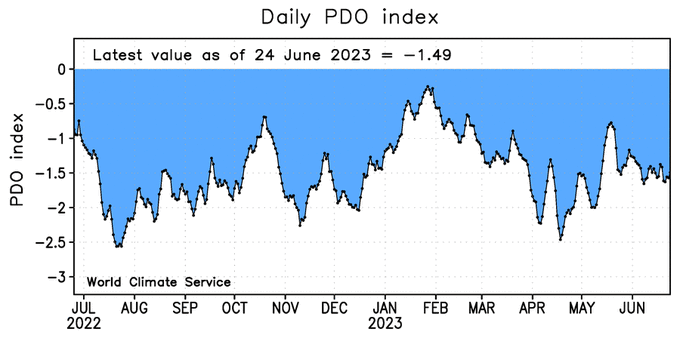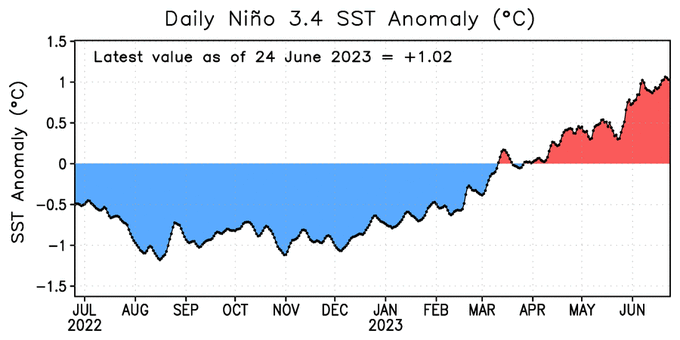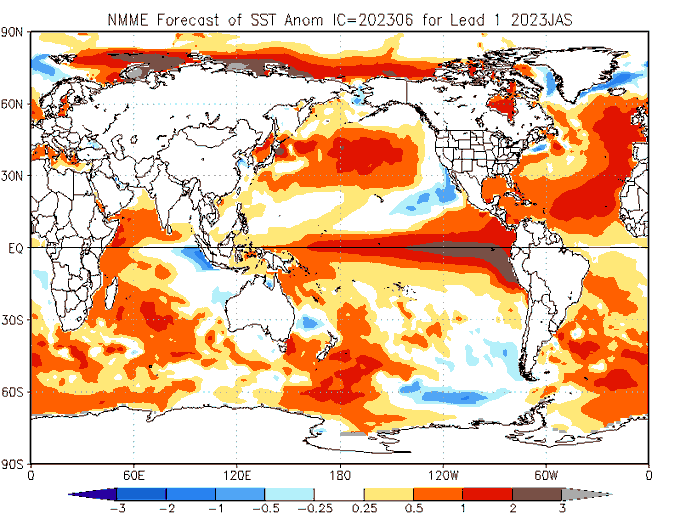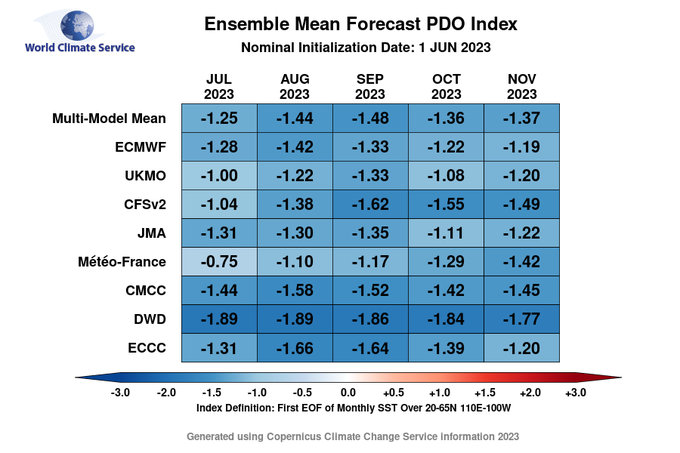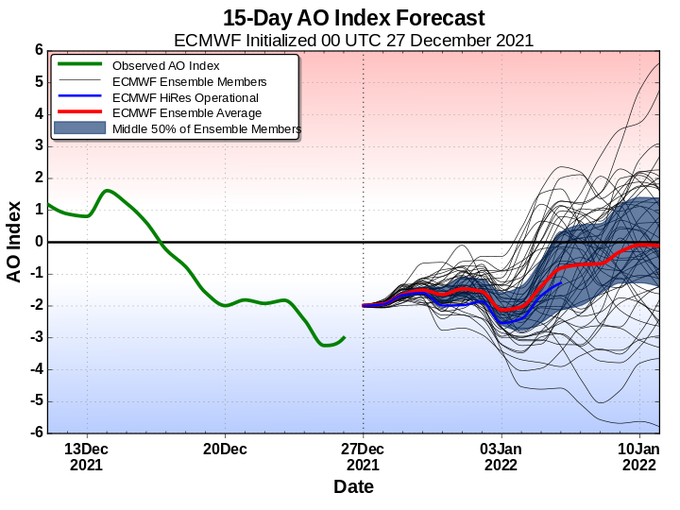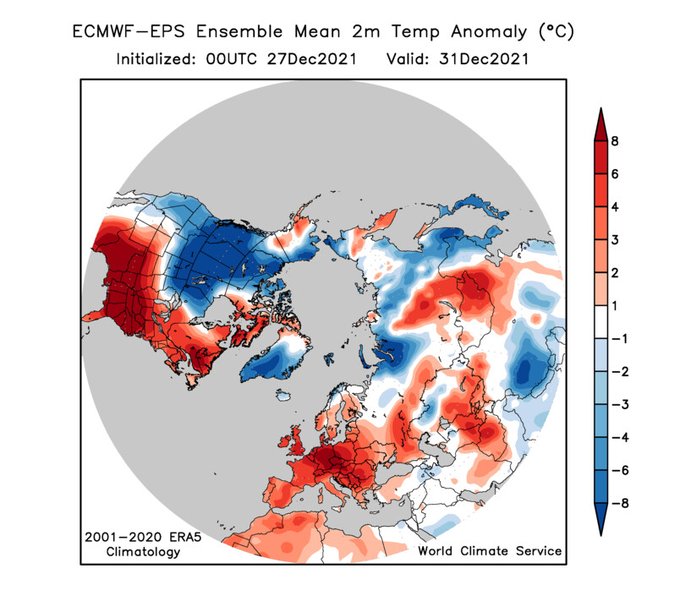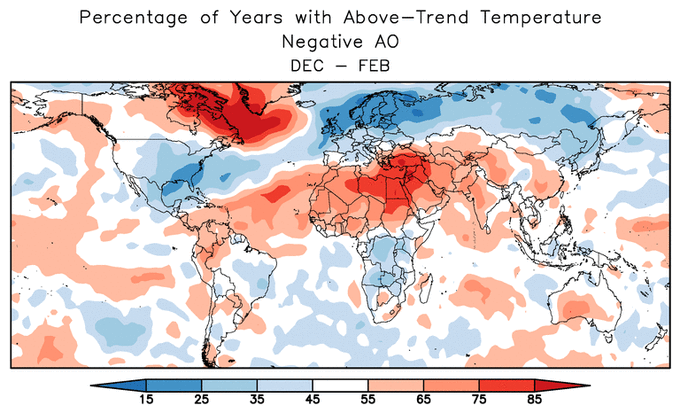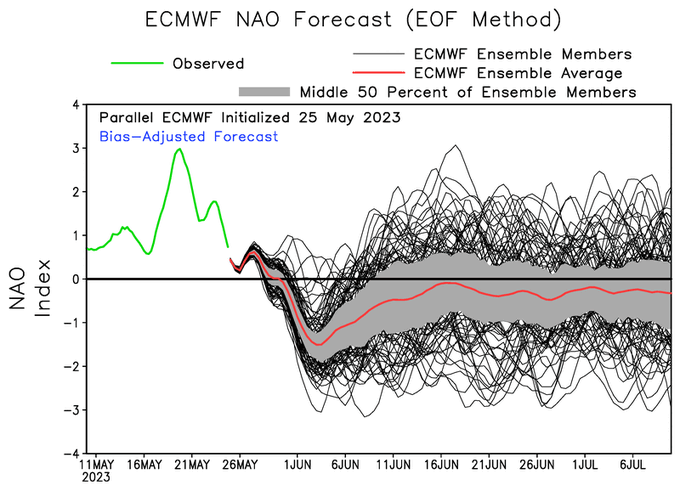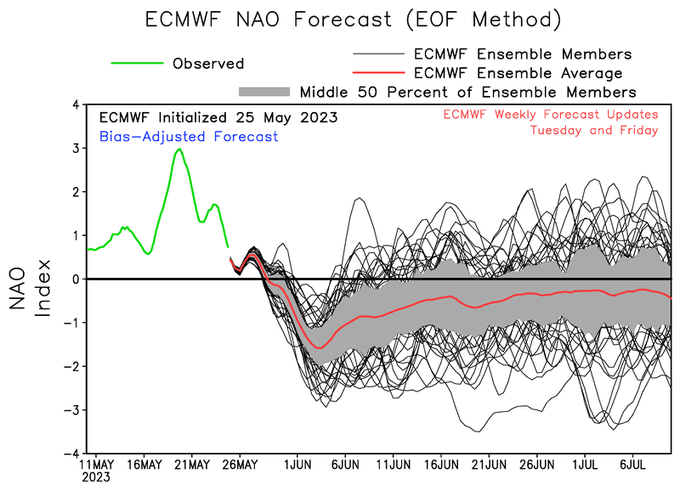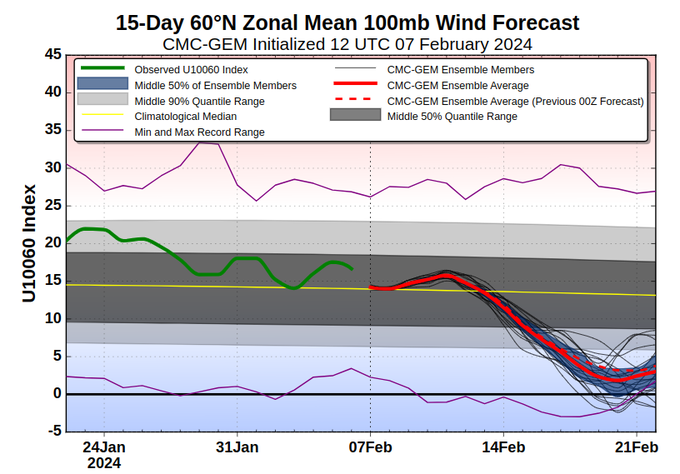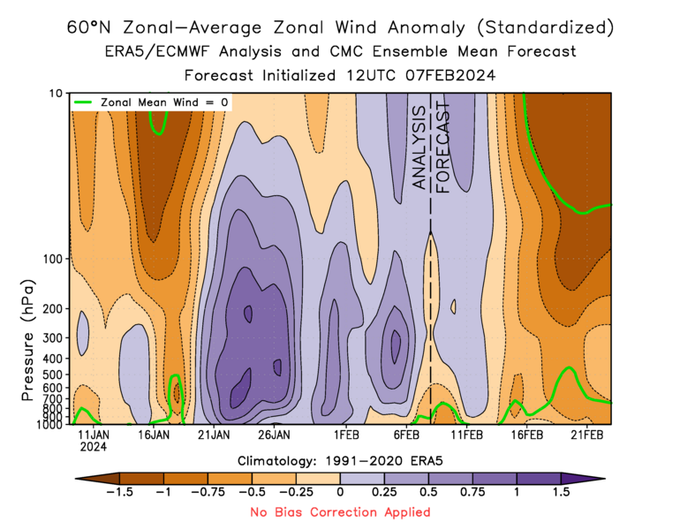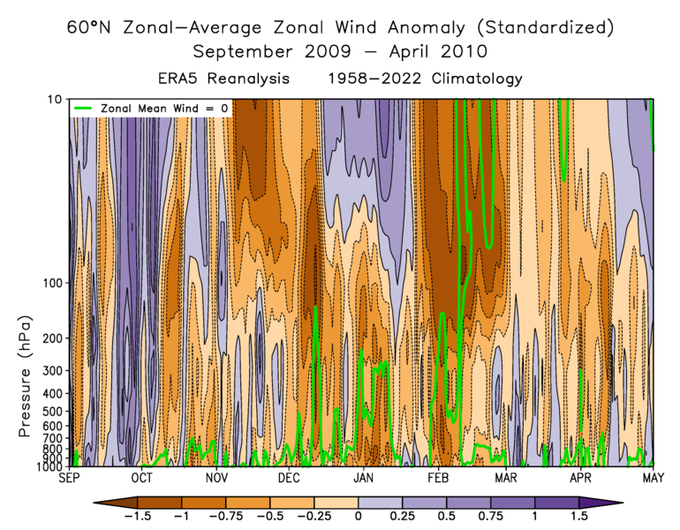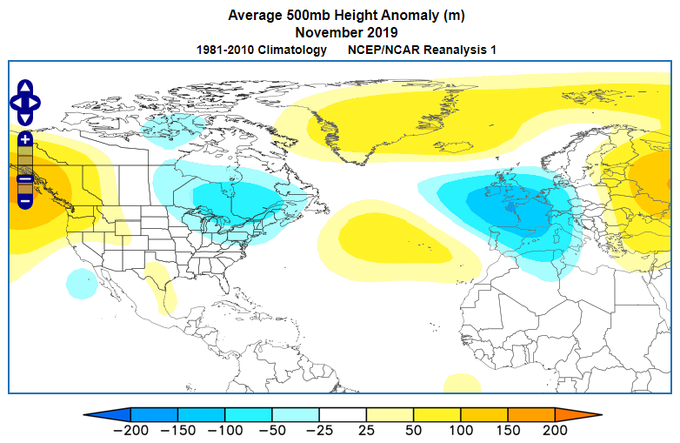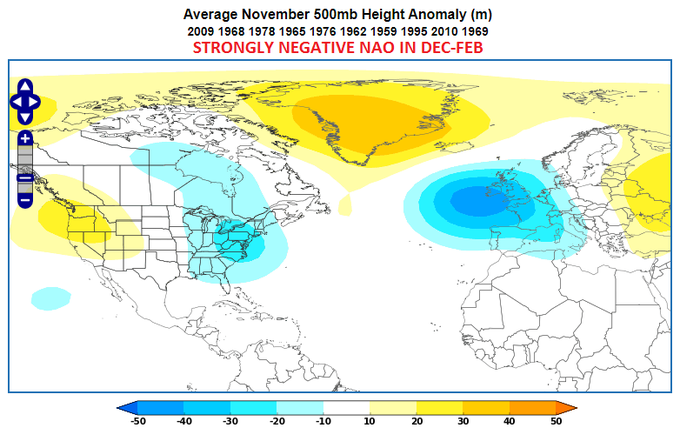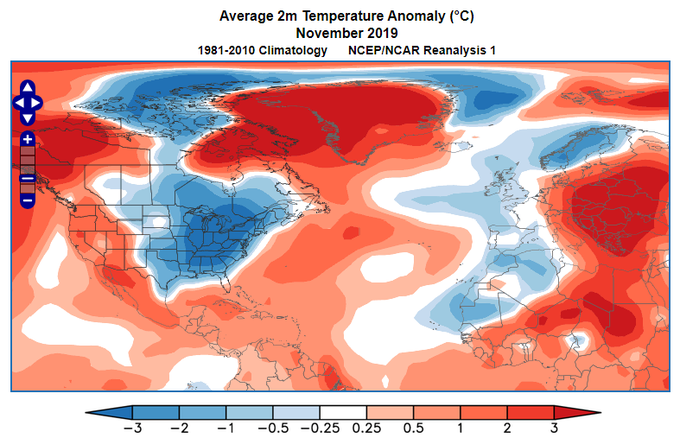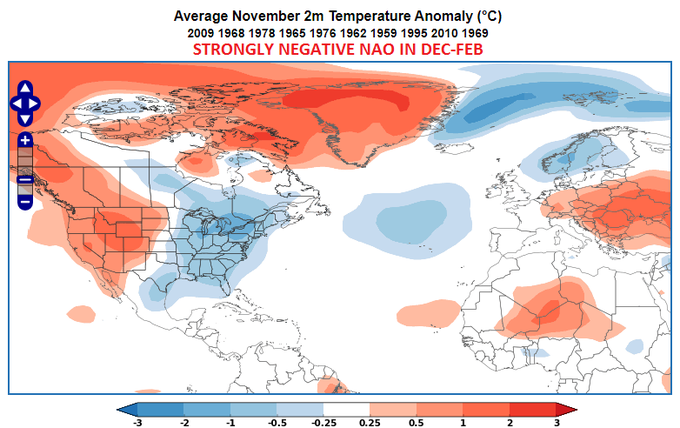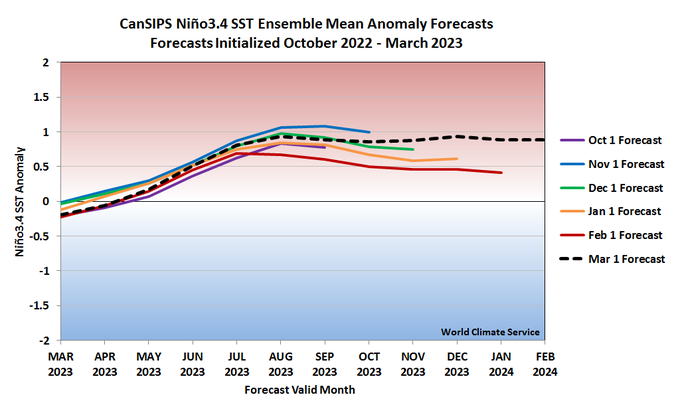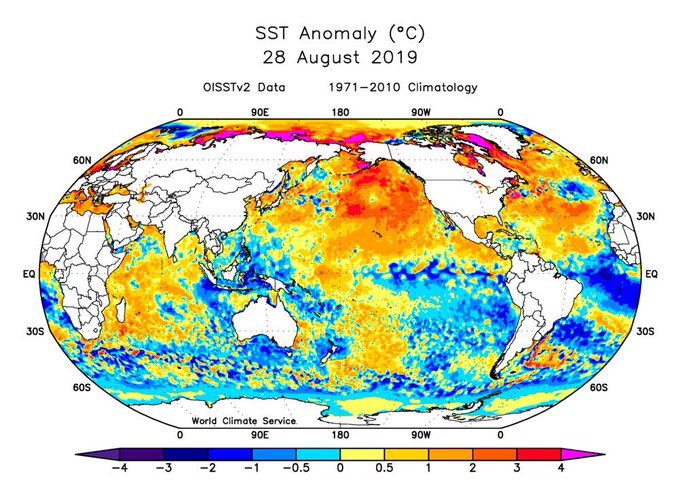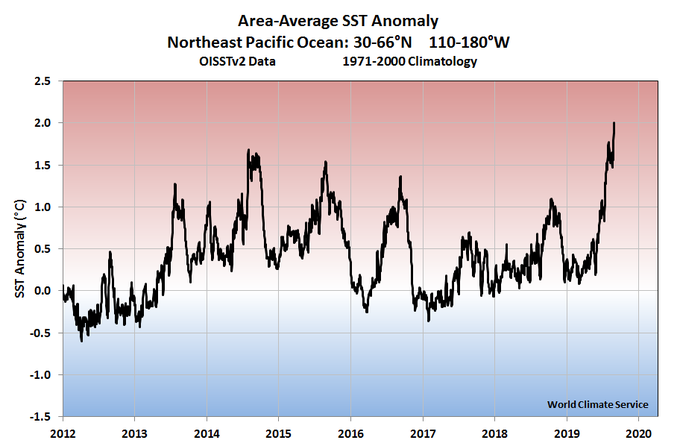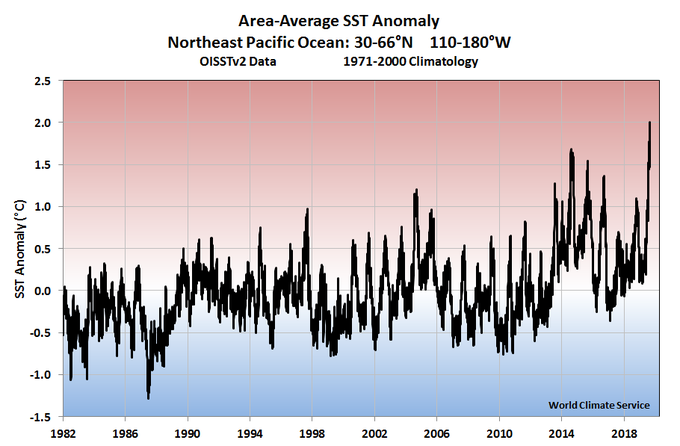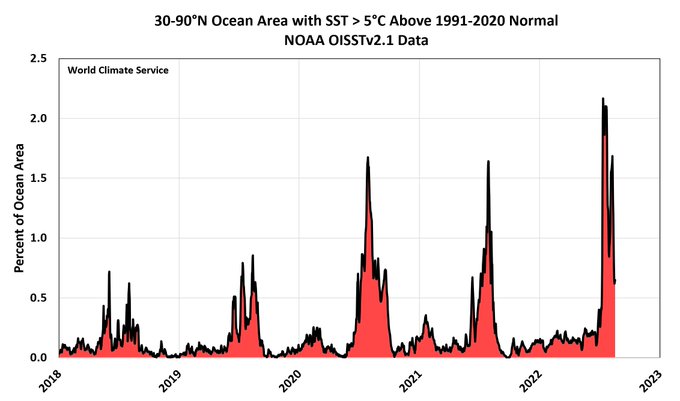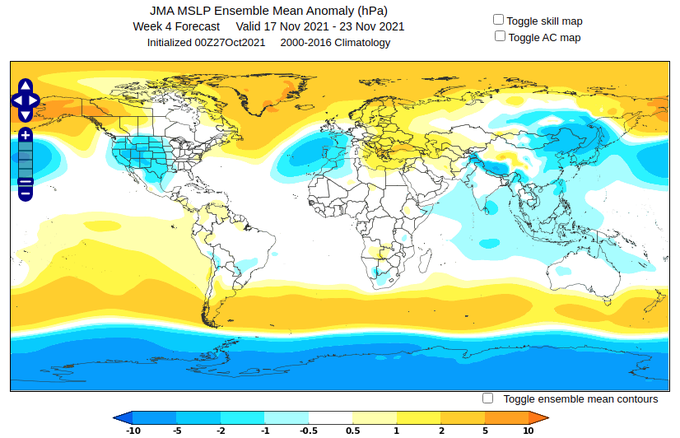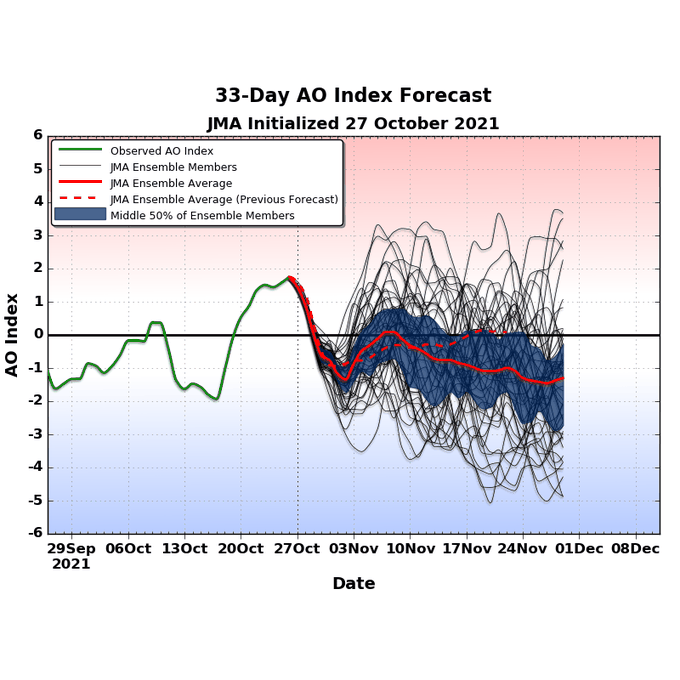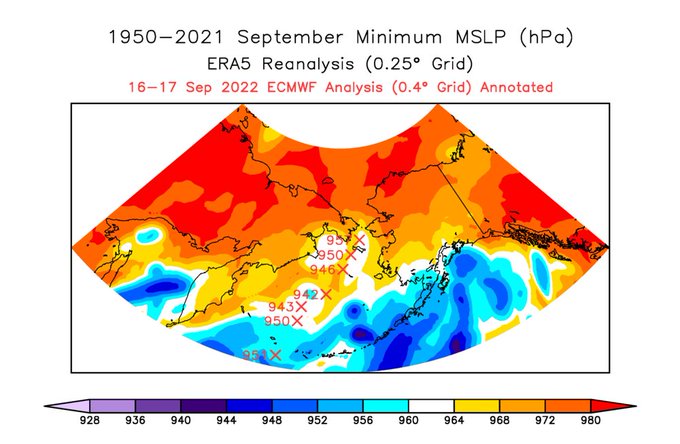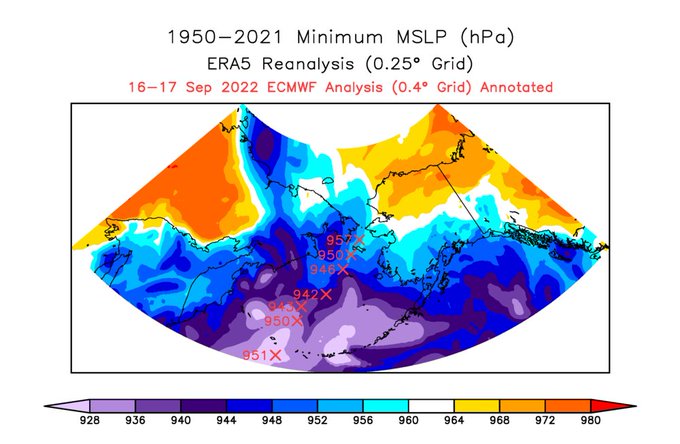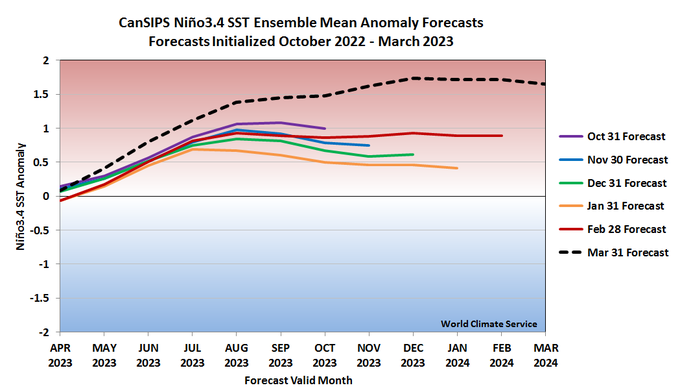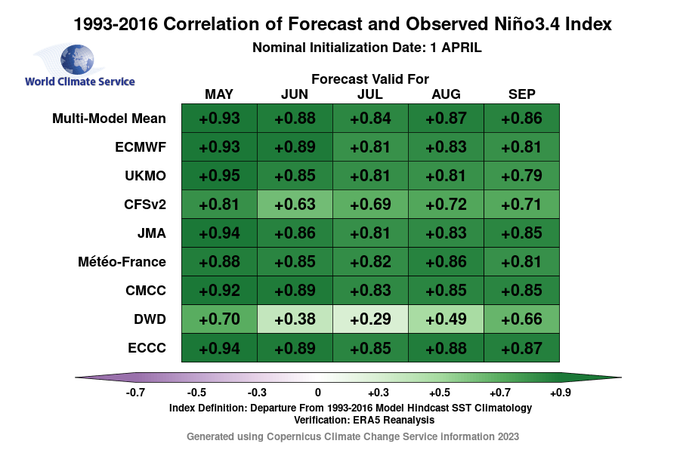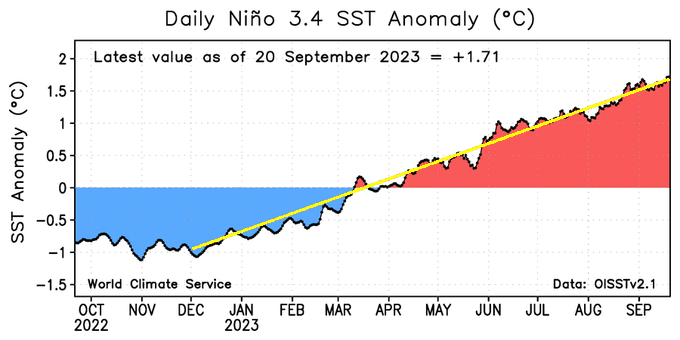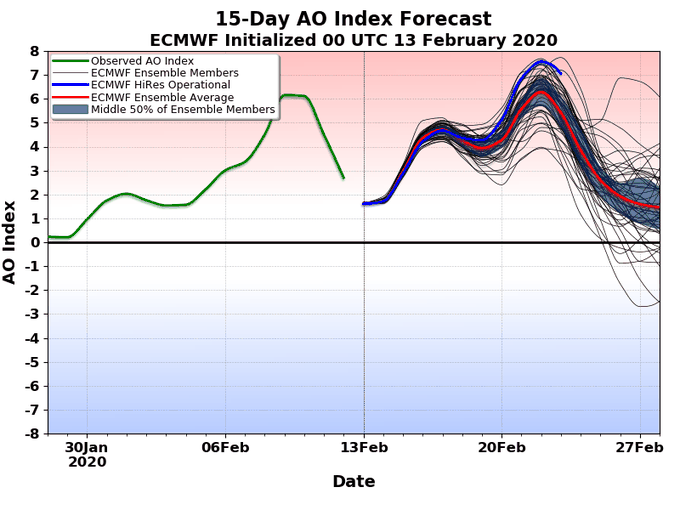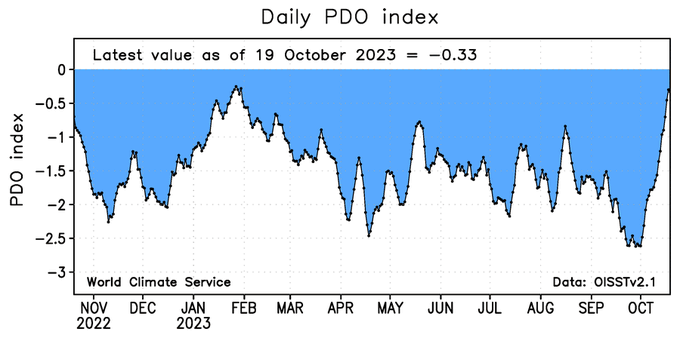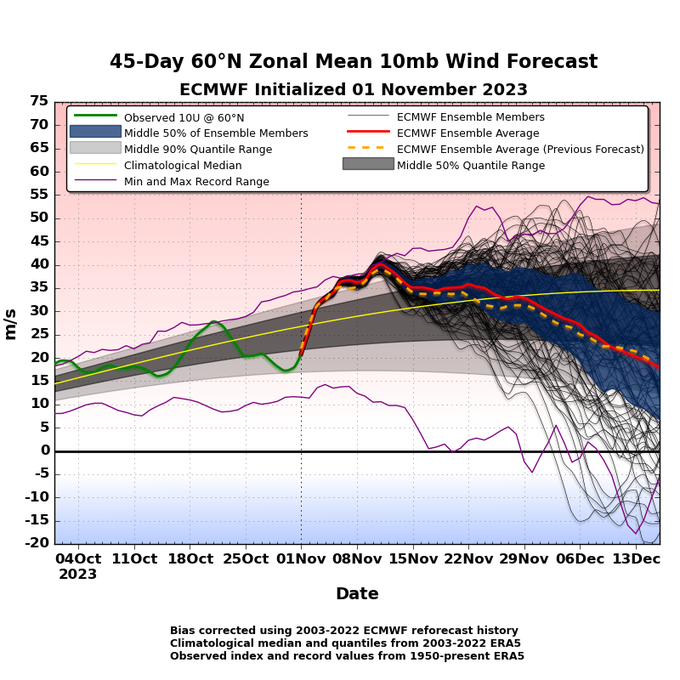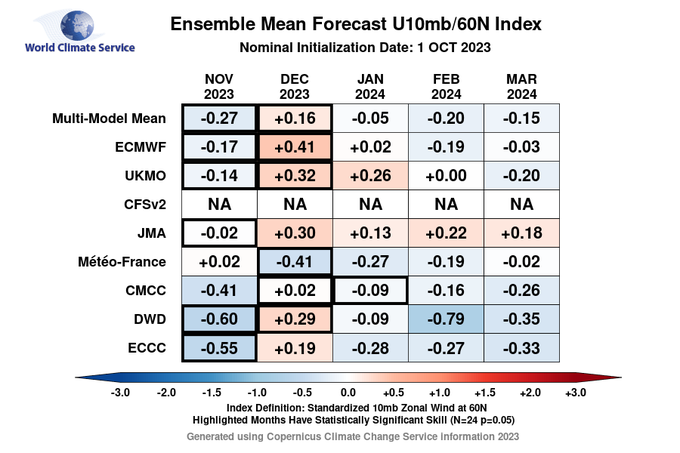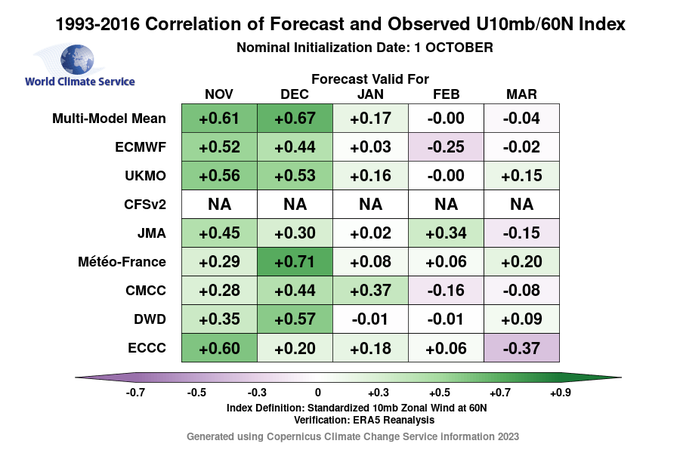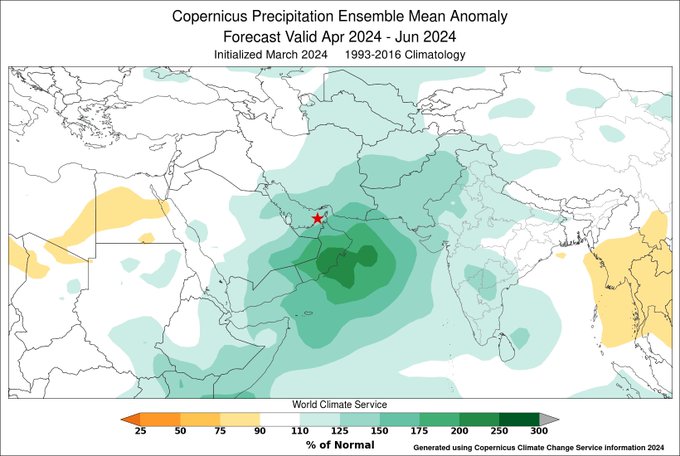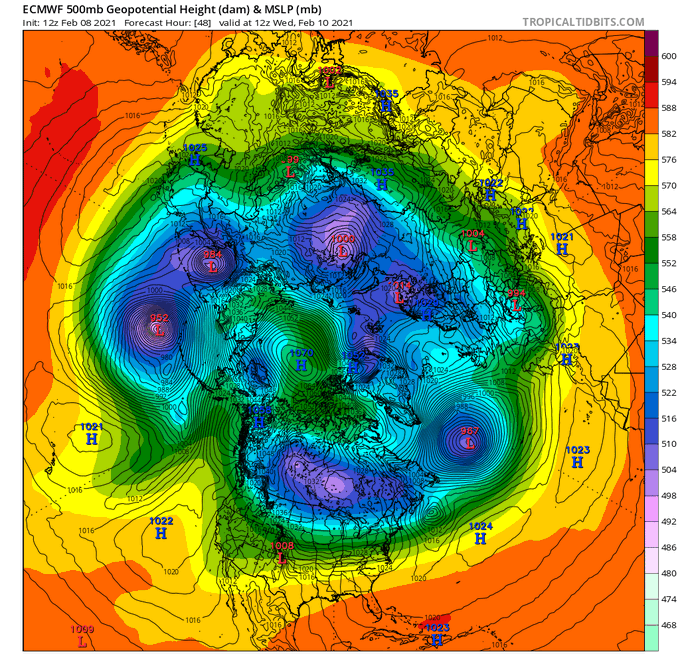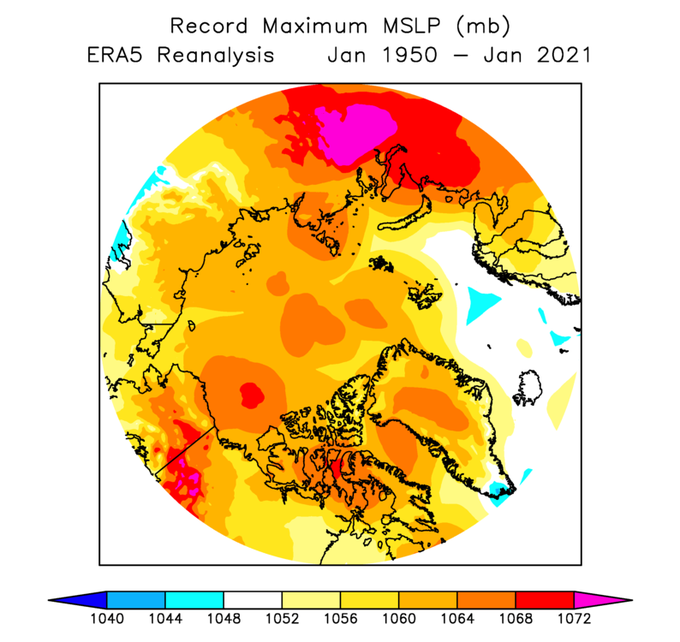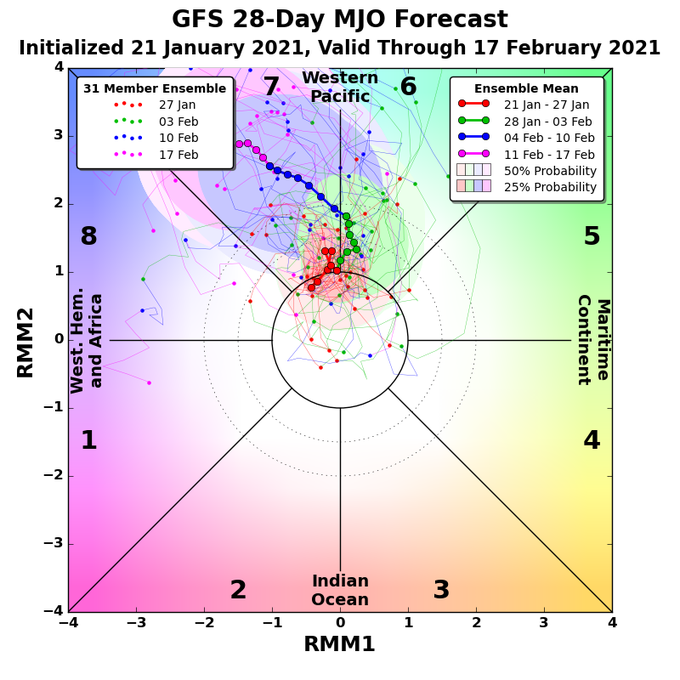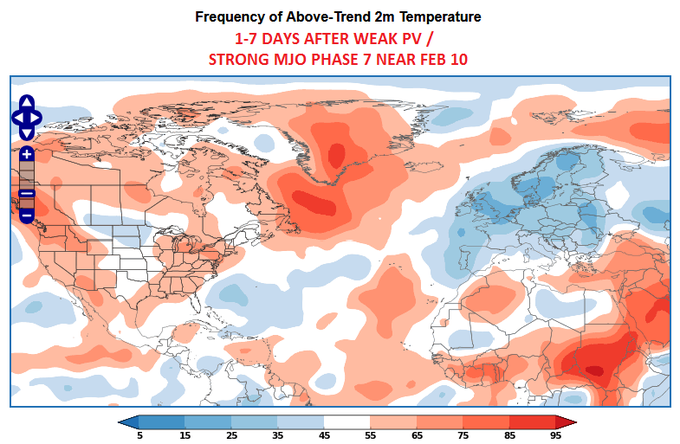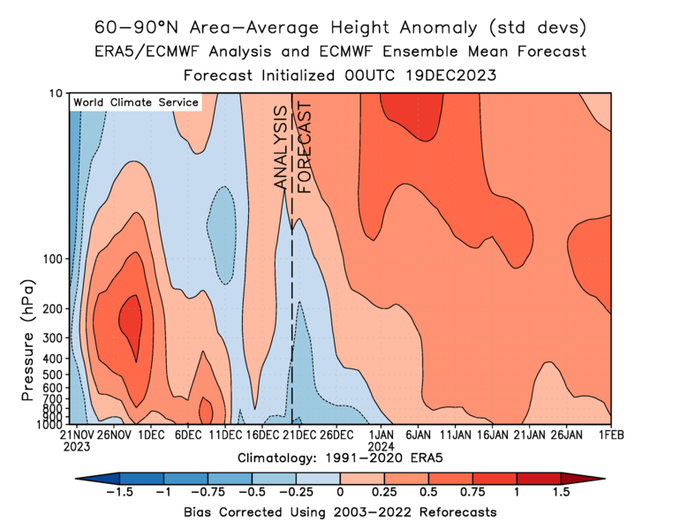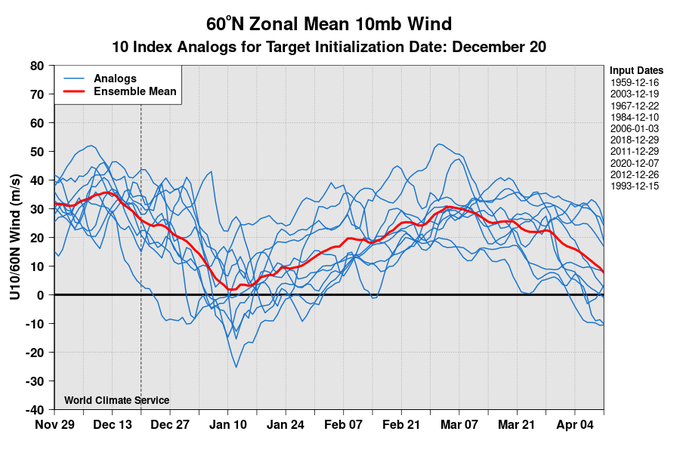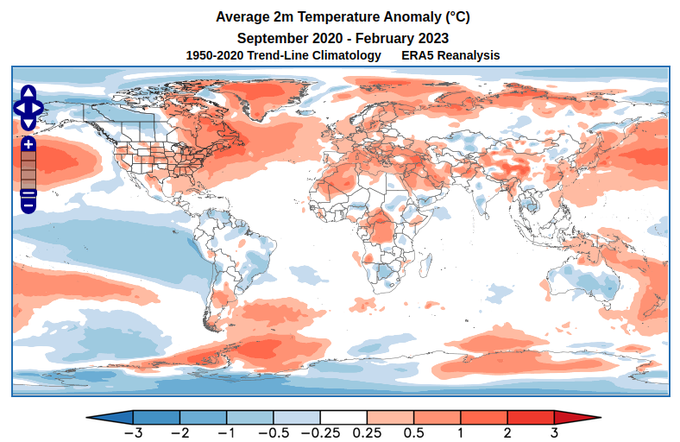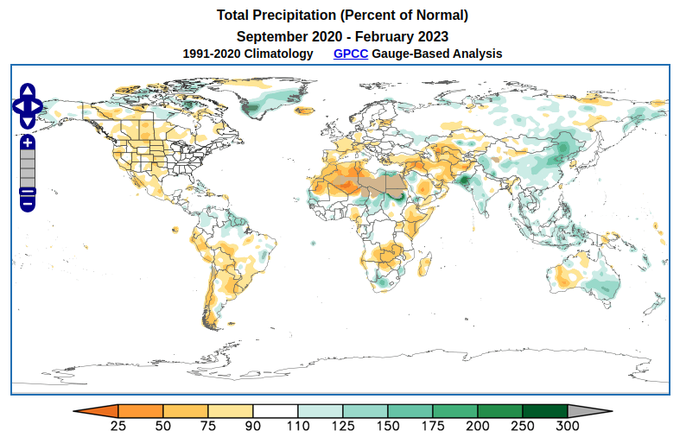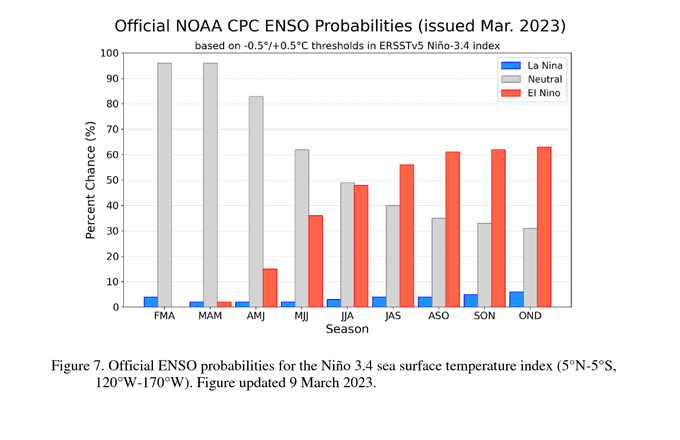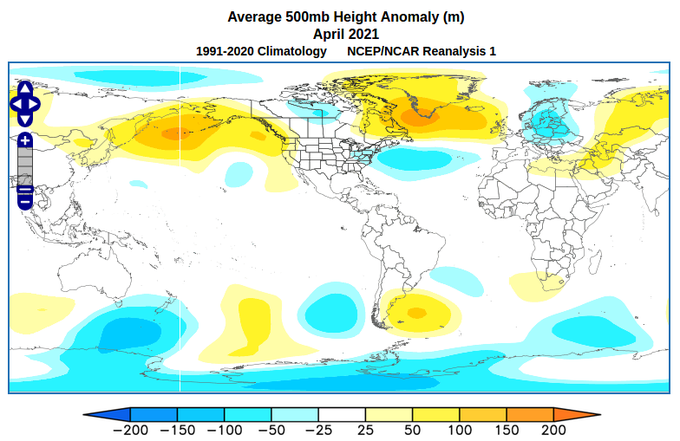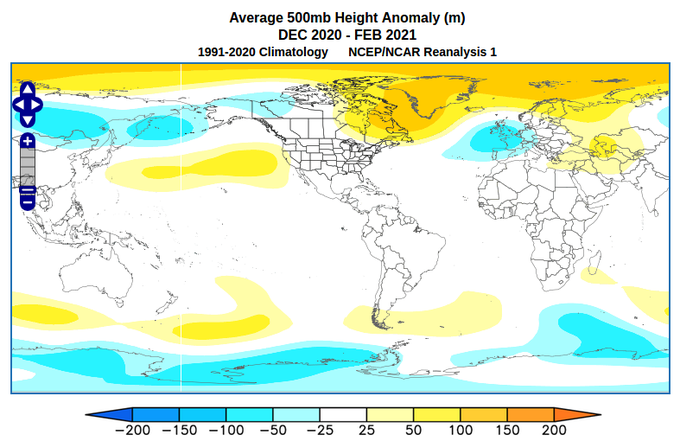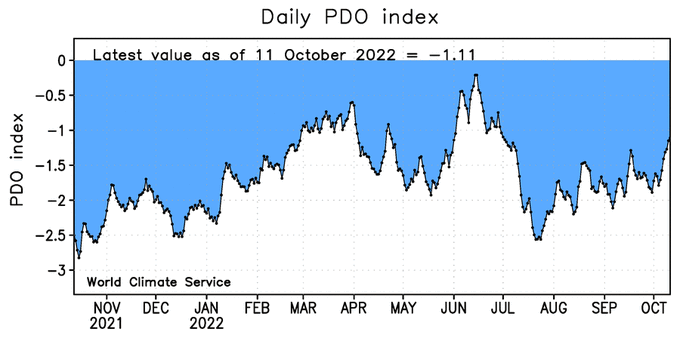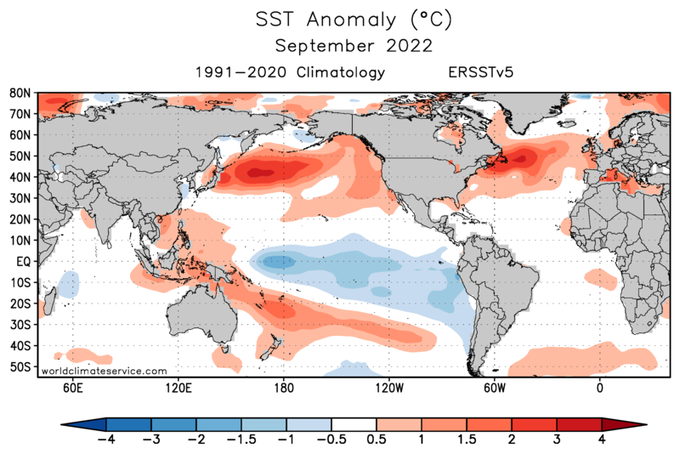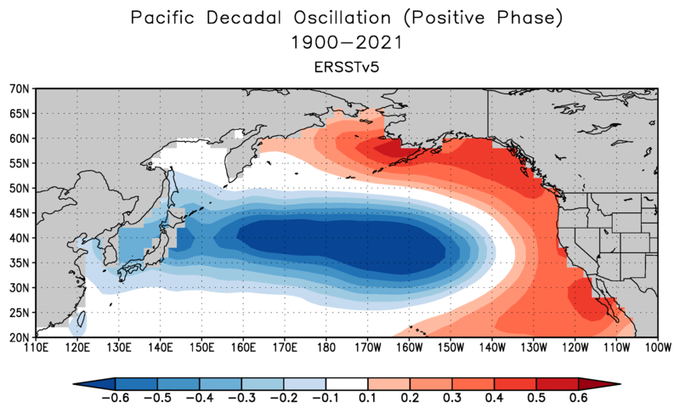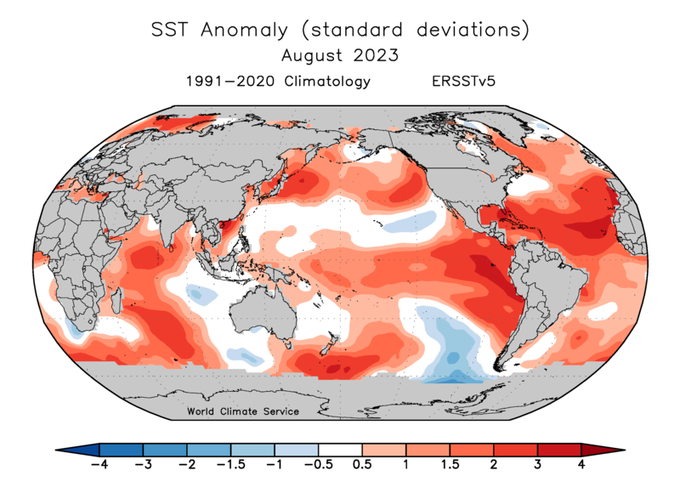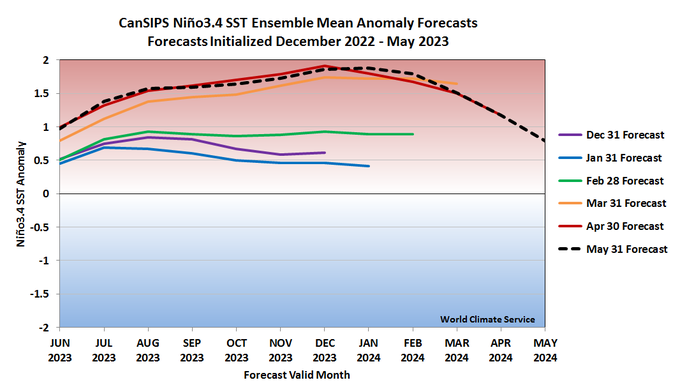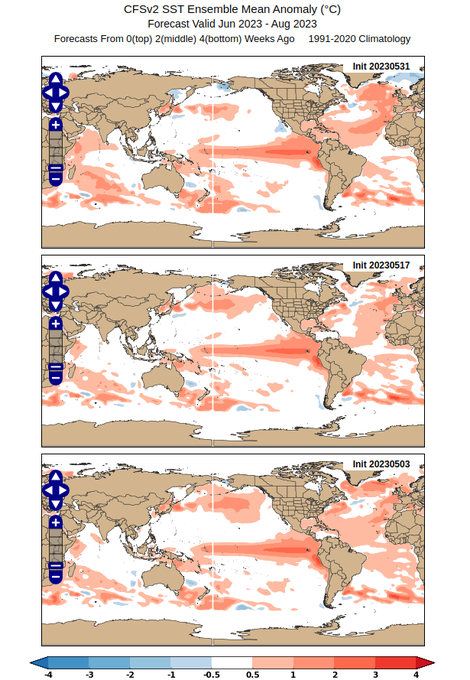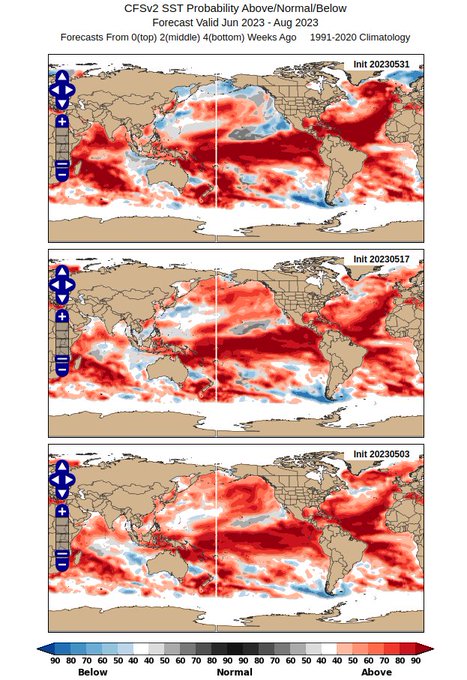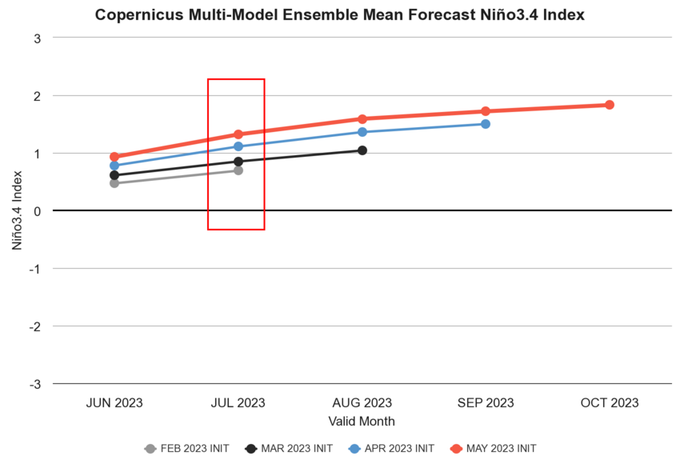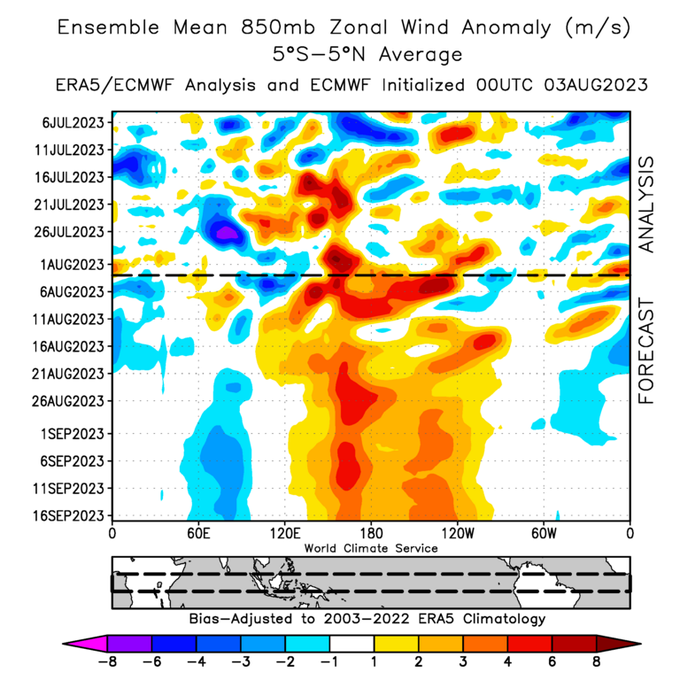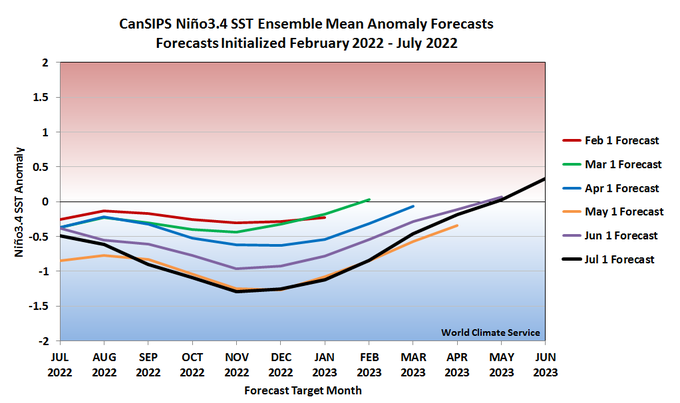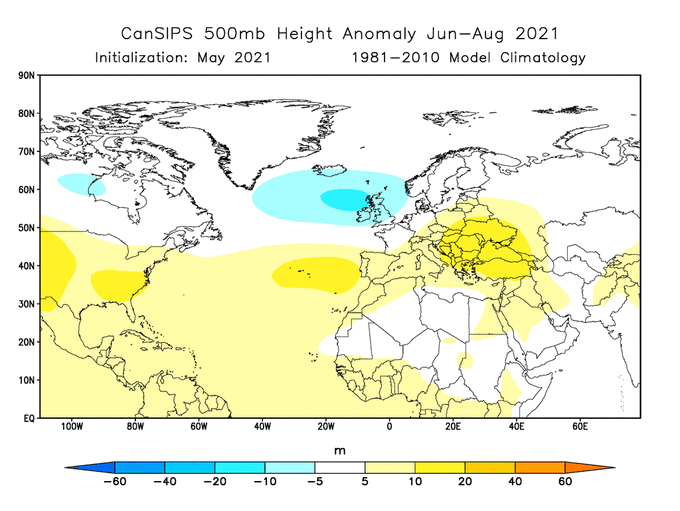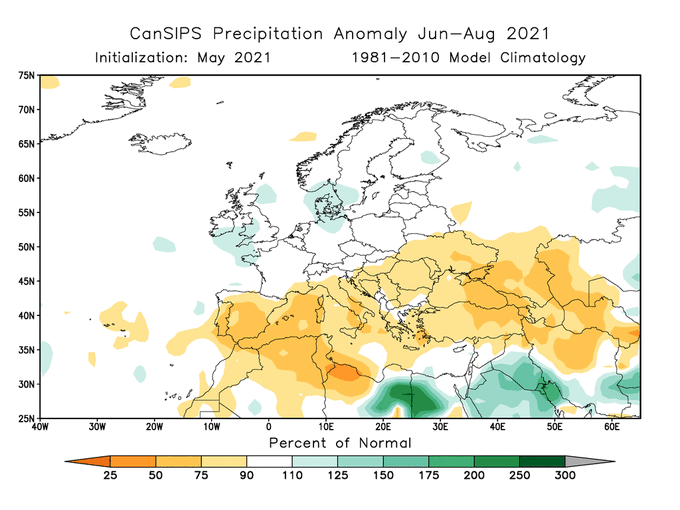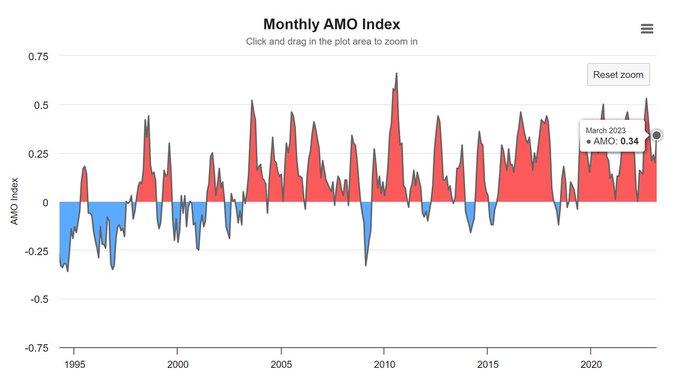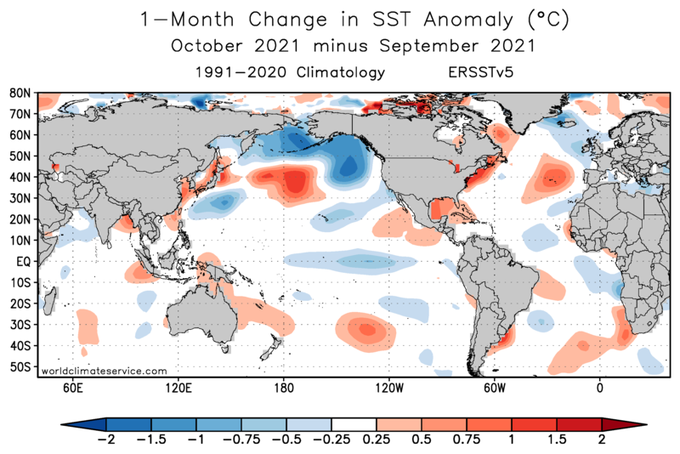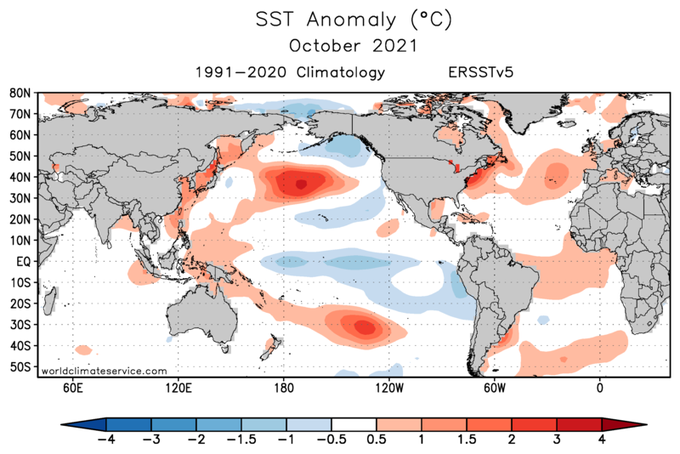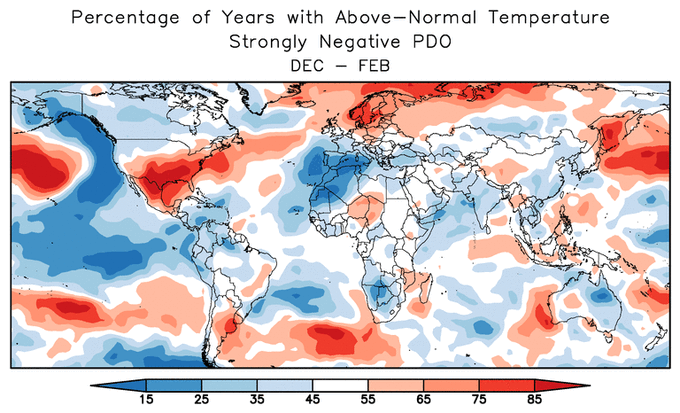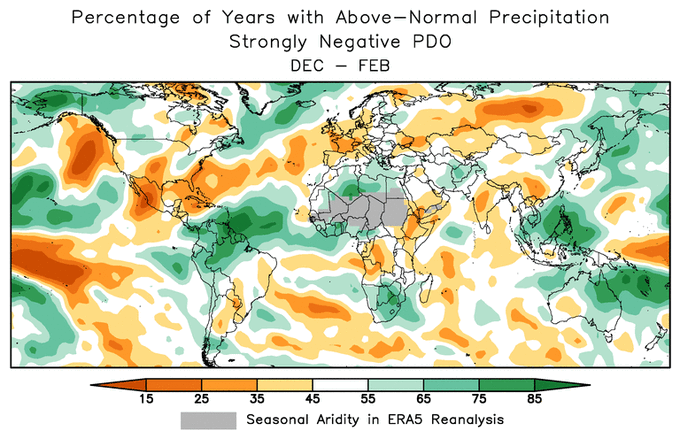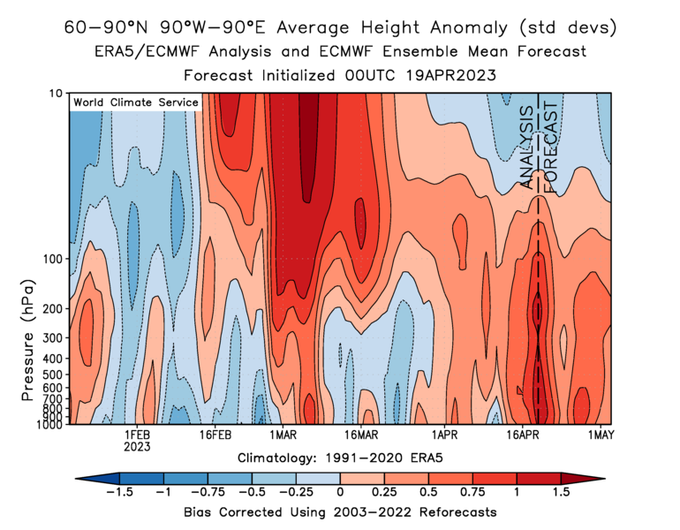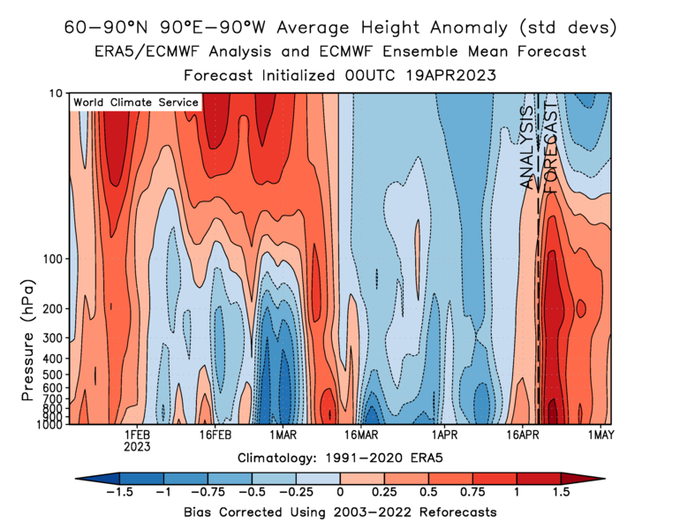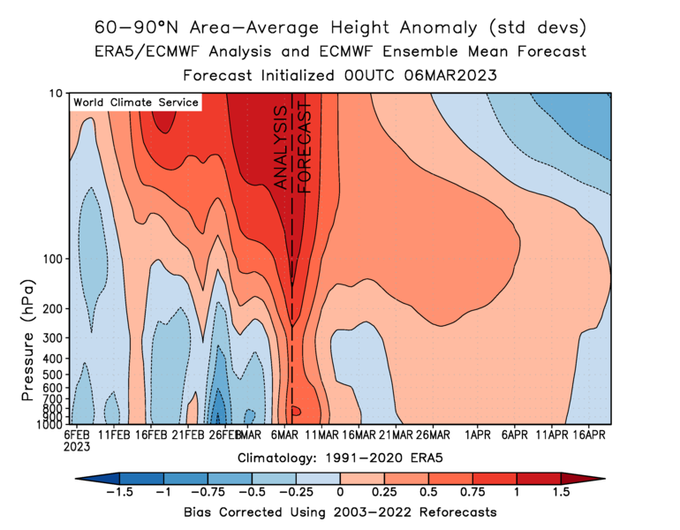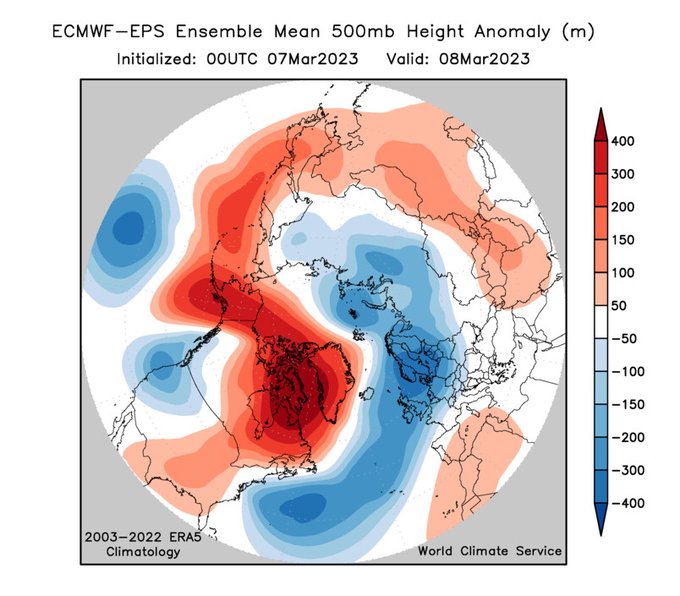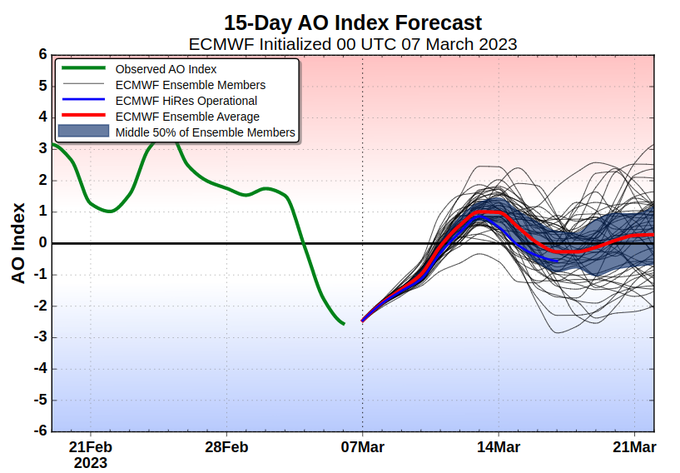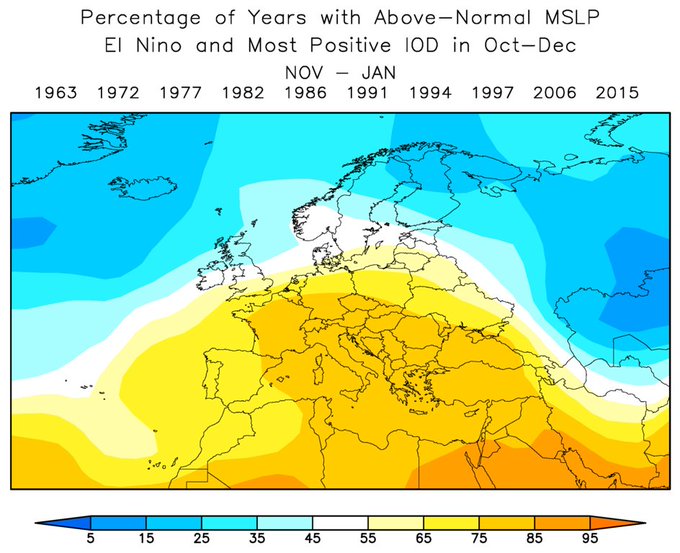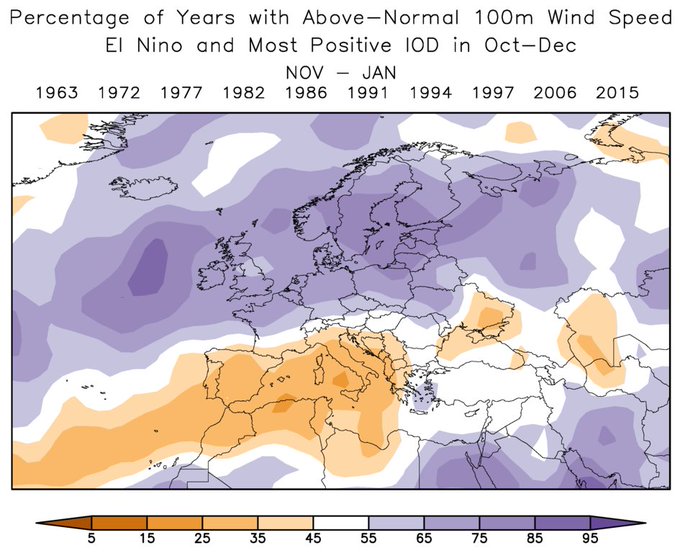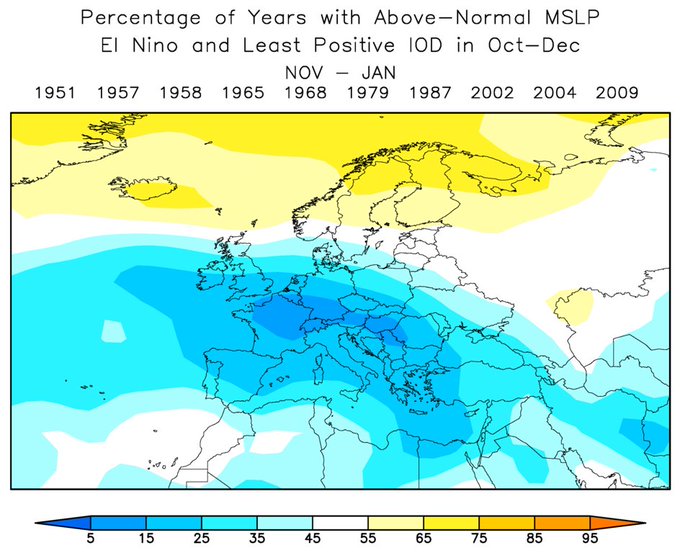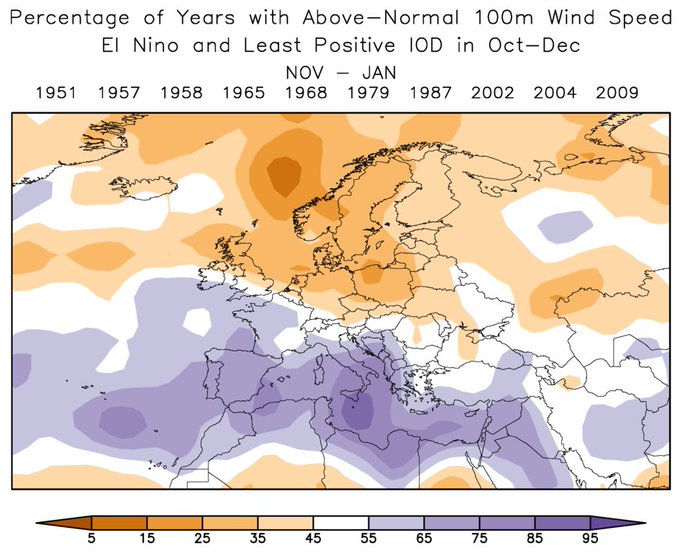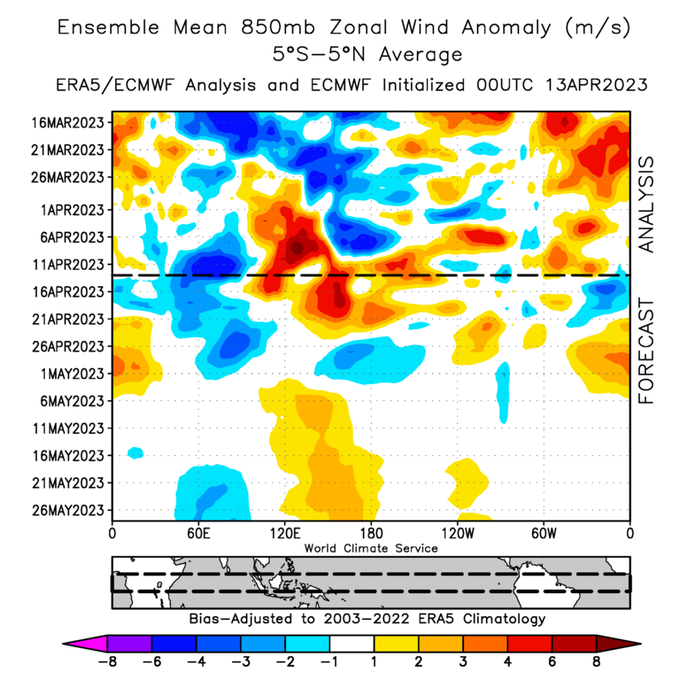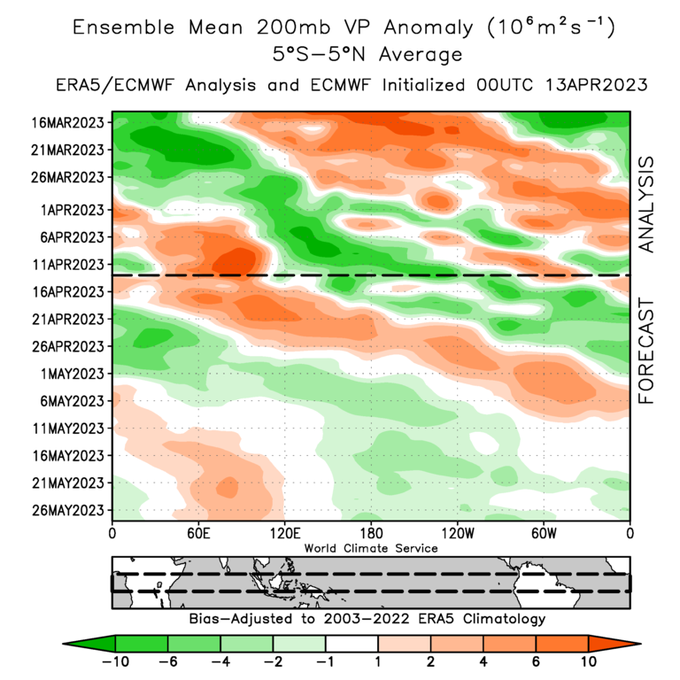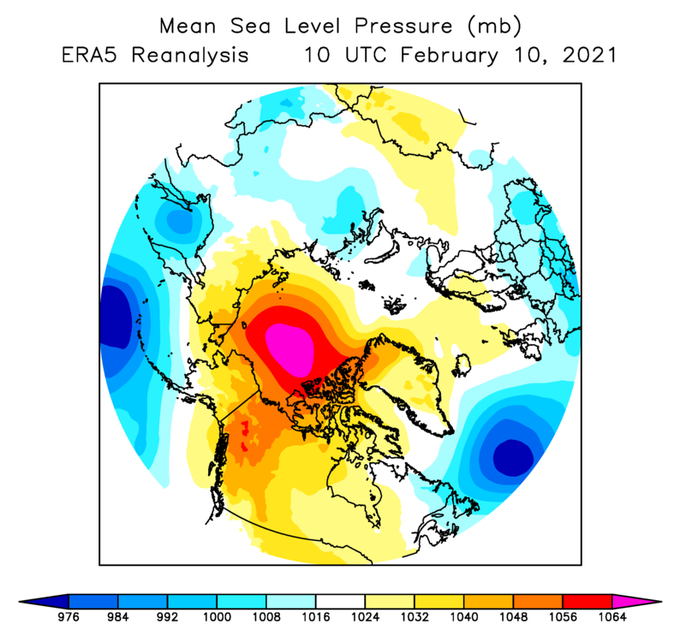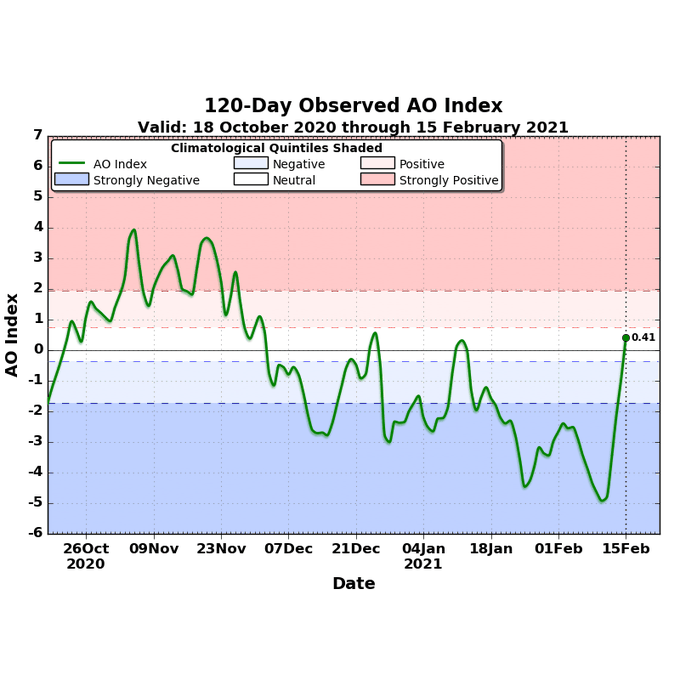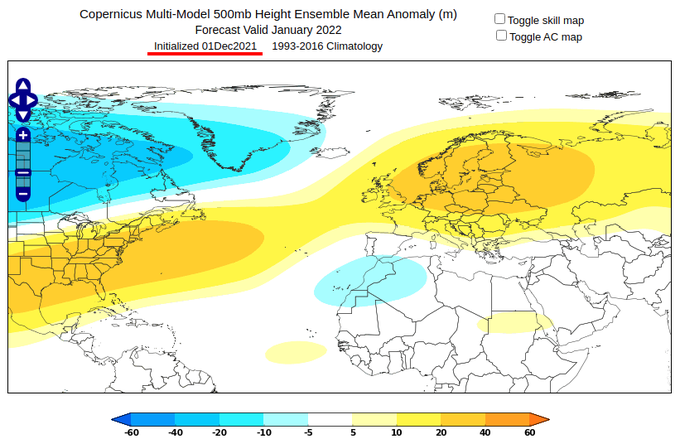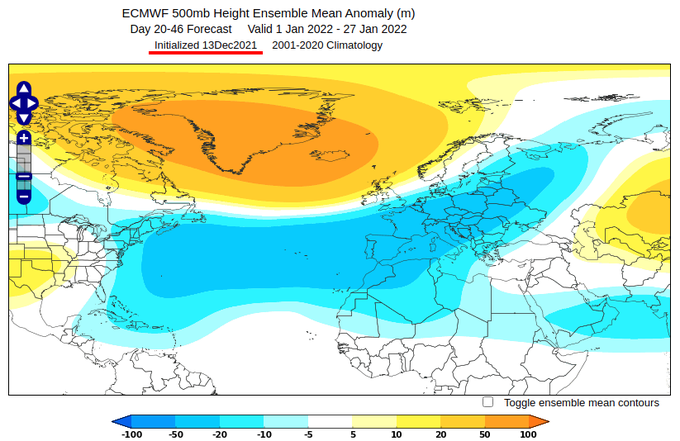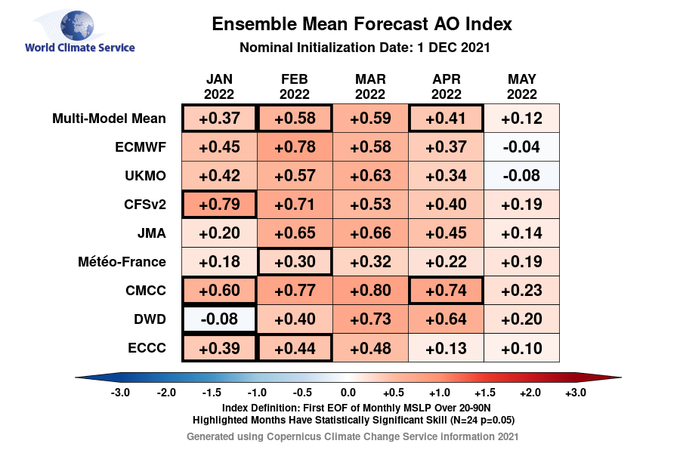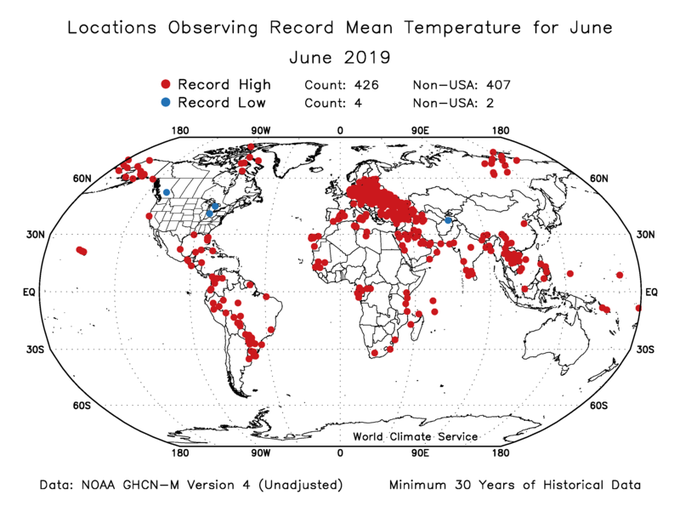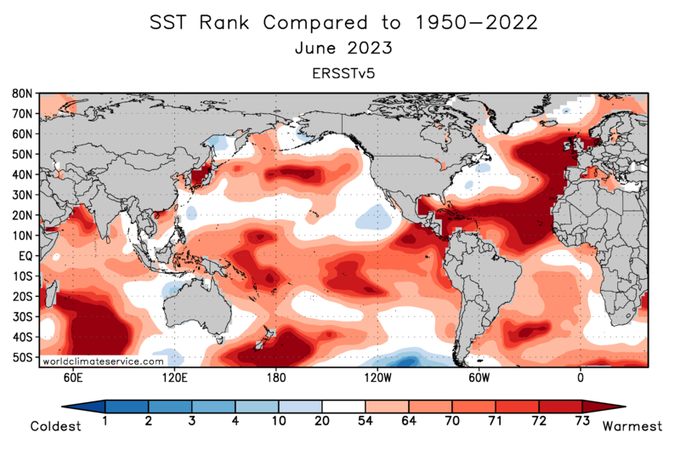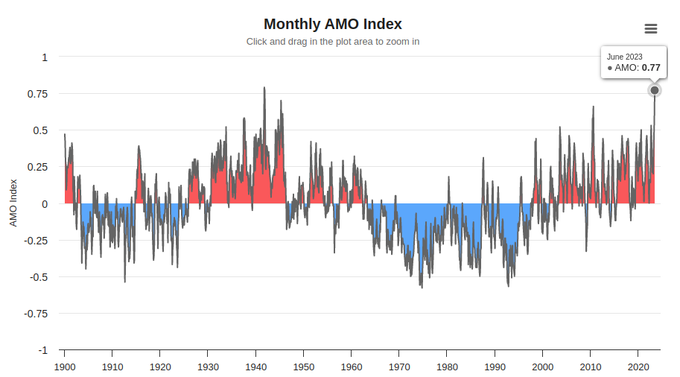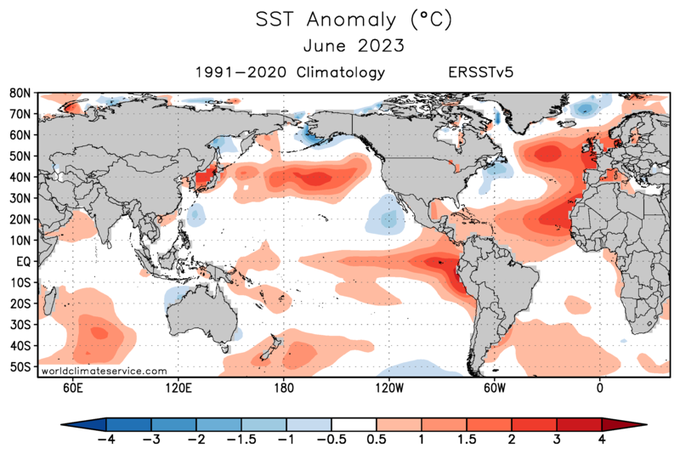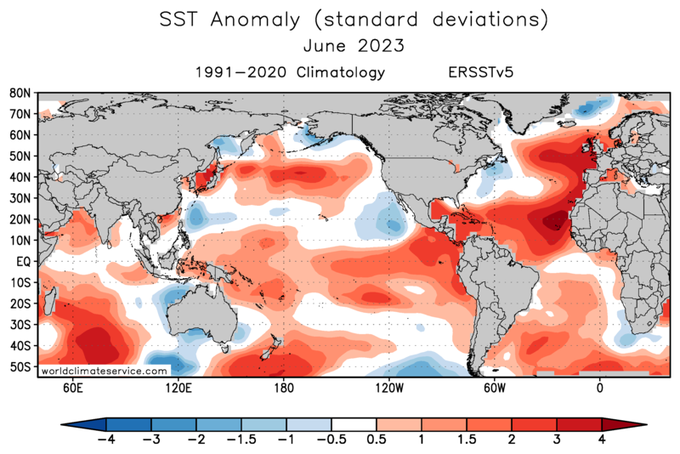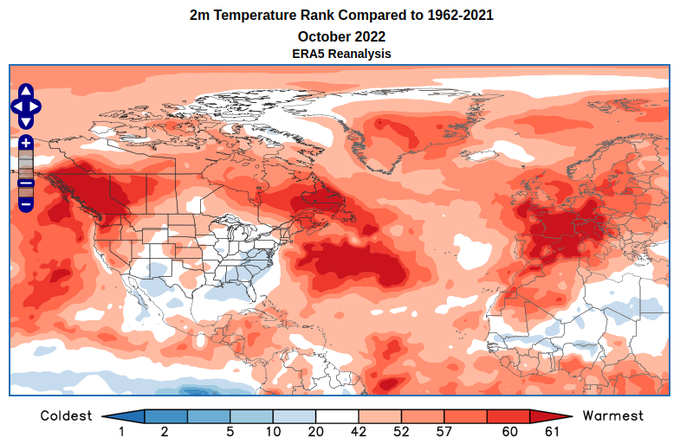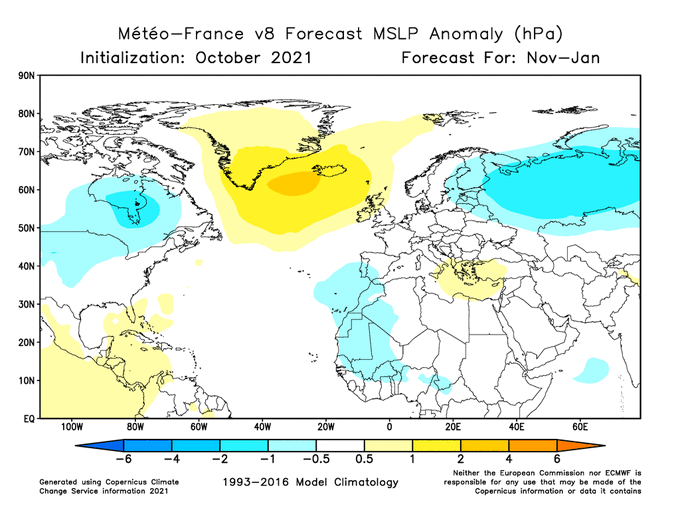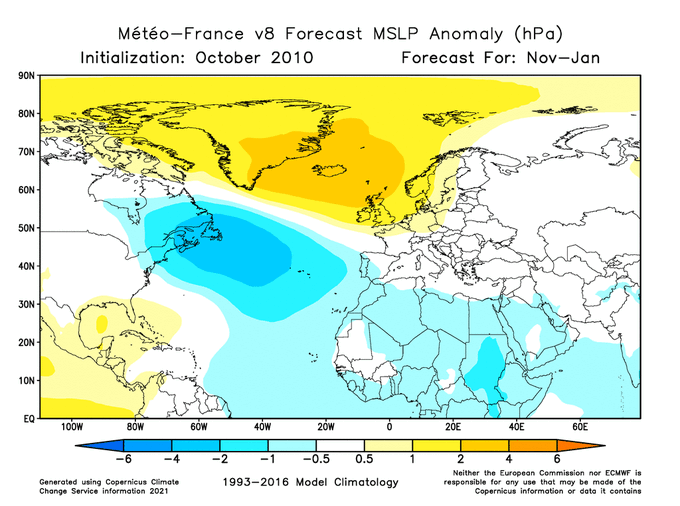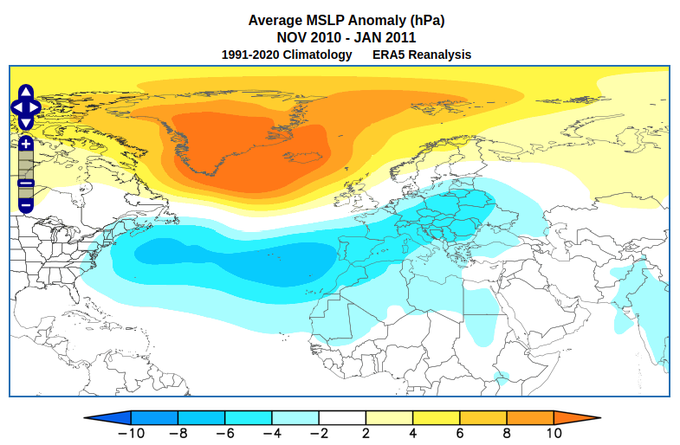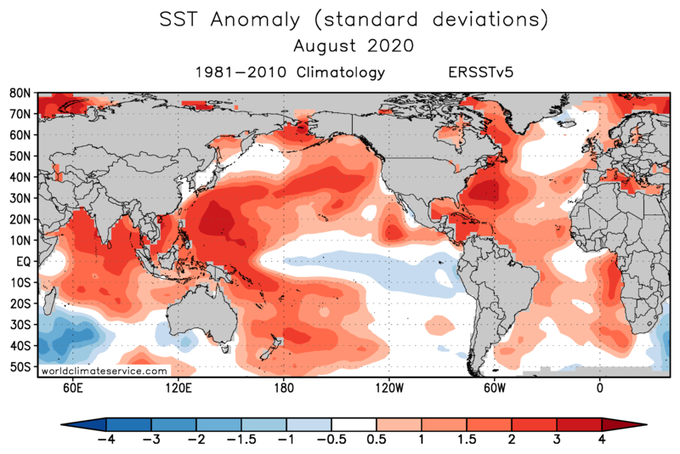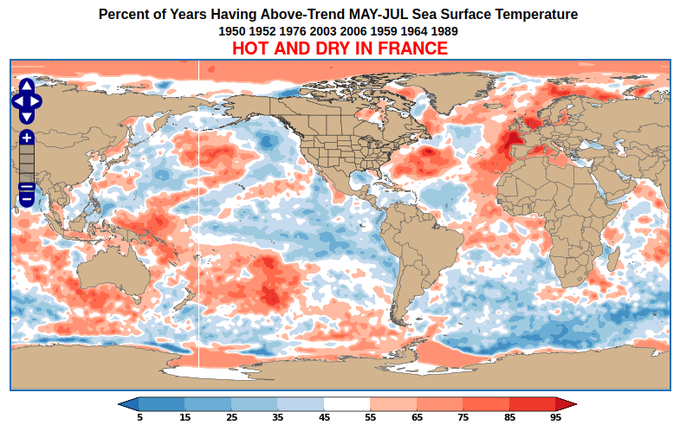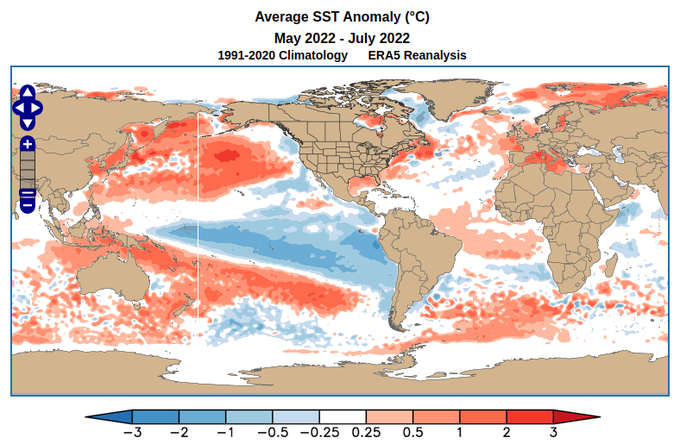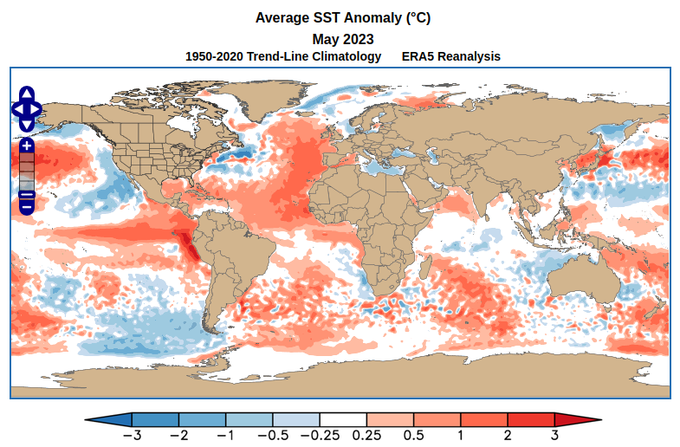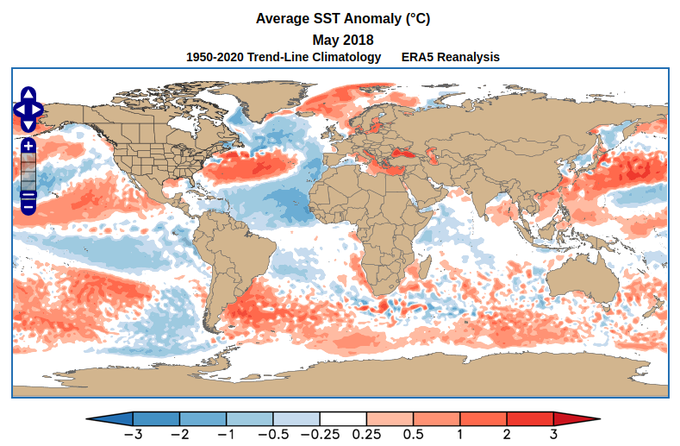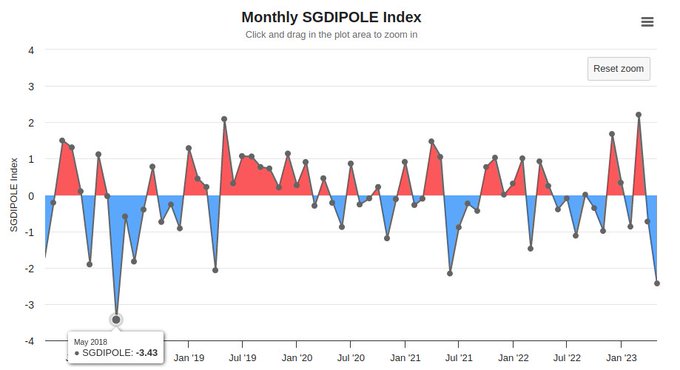
World Climate Service
@WorldClimateSvc
Followers
8,643
Following
994
Media
1,114
Statuses
2,053
Insight and tools for long-range forecasting: objective seasonal and subseasonal prediction. Tweets by Prescient Weather cofounder Richard James, PhD
State College, PA
Joined January 2018
Don't wanna be here?
Send us removal request.
Explore trending content on Musk Viewer
#Eurovision2024
• 1443880 Tweets
América
• 499930 Tweets
#母の日
• 178533 Tweets
#MothersDay
• 79192 Tweets
ヴィクトリアマイル
• 69792 Tweets
ストフェス
• 34224 Tweets
Pachuca
• 33408 Tweets
Tatum
• 32866 Tweets
Barco
• 31953 Tweets
カーネーション
• 31647 Tweets
Chivas
• 29422 Tweets
Newwiee Honey Teerak🩷
• 27193 Tweets
Roger Corman
• 24228 Tweets
Saint MSG Insan
• 24216 Tweets
Igor
• 24081 Tweets
カグヤ様
• 20636 Tweets
ティアキン
• 16434 Tweets
Garland
• 16287 Tweets
ナミュール
• 15785 Tweets
Buckley
• 11944 Tweets
Derrick Lewis
• 11770 Tweets
Toluca
• 11740 Tweets
Hannibal Lecter
• 10997 Tweets
Last Seen Profiles
All three of the latest
@ECMWF
#MachineLearning
forecasts are showing
#HurricaneLee
perilously close to the North American coastline 10 days from now.
This is going to be a *very* interesting real-time test of the new technology.
26
124
497
Preliminary all-time record of 38.0°C (100.4°F) at Verkhoyansk in Siberia, and a contender for hottest on record within the Arctic Circle. The existing record is, I believe, 100°F in 1915 at Fort Yukon, Alaska
🌡️🔥 T°max de 38.0°C à
#Verkhoyansk
,
#Sib
érie orientale (67.55°N), ce 20 juin.
Si cette valeur est correcte, ce serait non seulement un record absolu à la station (37.3°C, 25/07/1988) mais aussi la température la plus élevée jamais observée au nord du cercle polaire
#arctique
!
21
515
522
4
175
251
The cold that's inbound to Alaska is truly extreme for the time of year. The NWS forecast of -30°F in Fairbanks would be 47°F below normal, the largest negative anomaly (any time of year) since 1969. -4°F in Anchorage would be 5 std devs below normal.
@AlaskaWx
@Climatologist49
4
75
187
After last week's record heat in the UK, there's interest in whether heat extremes are warming more rapidly than average temperatures. It's a big yes for western Europe: the
@CopernicusECMWF
ERA5 trends are quite astonishing. Blog post on the topic:
8
77
175
Eastern equatorial Pacific waters recently cooled more than 10°C in one month just below the surface, as the transition towards
#LaNina
gets under way.
Most models expect La Niña to be well established this summer already: one of the more rapid transitions we've seen.
5
67
173
It's really remarkable to see the seasonal models steadily - but dramatically - intensifying their El Niño predictions month after month.
Strong El Niño by August, according to the latest
@CopernicusECMWF
update.
8
53
157
Cold has been remarkable in northern Europe since October. Interestingly, Oct-Dec cold in Finland is much more common during La Niña, but 2002 (exceptionally cold) was an El Niño winter.
Highlights for rest of winter 02/03 were the SSW on Jan 18, and the US East Coast blizzard.
2
26
116
Fascinating map of 2016-2020 global lightning density in the
@VaisalaGroup
annual lightning report. I always thought Florida was a global lightning hotspot, but apparently not so much in the last 5 years.
5
23
110
The CanSIPS seasonal update is finally available, and it shows no let-up in cold for northeastern Europe in February and March.
CanSIPS is the same as the
@CopernicusECMWF
ECCC model (actually two models) available on the 10th.
5
34
108
Remarkable forecasts of a rapid transition to El Niño in today's
@CopernicusECMWF
model update. The ECMWF is no longer a warm outlier.
It's tempting to say the models are overconfident, but the spring predictability barrier is mostly behind us. So El Niño it is - but how strong??
6
37
100
ECMWF going all in with the stratospheric vortex breakdown in the next 10 days. With 13 days of 60°N 10mb wind reversal, this would be in the upper tier of mid-winter
#SSW
events - only 8 other winters since 1950 have seen longer easterly spells (ERA5, Dec-Feb)
4
21
97
Less than 72 hours out now, the GFS maintains a very extreme 930mb
#Fiona
landfall in Nova Scotia. This would obliterate the record lowest MSLP for the province (1950-present), which is 952mb according to ERA5 (Jan 21, 2000 and Dec 19, 1963). Forecast map via
@TropicalTidbits
2
33
94
As of yesterday, northeast Pacific area-average SSTs are more than 2°C above normal, according to
@NOAANCEIclimate
OISSTv2 daily data. This is well above the peak warmth of the "warm blob" years (2013-2016). It's been a remarkable run up since May.
7
55
86
N Hemisphere oceans have seen some astonishing warmth this summer, despite the ongoing La Niña. Last month, SSTs exceeded +5°C above normal over more than 2% of the 30-90°N ocean area on some days - the most extensive +5°C anomalies in the OISST data (since 1982)
#MarineHeatwave
4
27
90
The storm affecting western Alaska today had easily the lowest MSLP (1950-present) for September in the northern Bering Sea, and based on ECMWF analyses it even beat winter/all-time records along part of its track. (To be confirmed when ERA5 data is in)
@AlaskaWx
@NWSFairbanks
0
26
88
Looks like this seasonal forecast from last month verified in just one day (
#Dubai
flooding)
3
10
84
Models show the current 1060+ mb high north of Alaska strengthening to about 1070mb by Wednesday - this would break the ERA5 record for high pressure over the Arctic Ocean (1950-present). The current ERA5 record is 1068.6mb on Jan 5, 1970. Forecast image from
@TropicalTidbits
4
23
79
Last week's Arctic high pressure did verify as the strongest on record over the Arctic Ocean in the
@CopernicusECMWF
ERA5 data (1950-present): 1068.8mb at 10 UTC on Feb 10. This is directly linked to the strongly negative Arctic Oscillation and U.S. extreme cold outbreak.
Models show the current 1060+ mb high north of Alaska strengthening to about 1070mb by Wednesday - this would break the ERA5 record for high pressure over the Arctic Ocean (1950-present). The current ERA5 record is 1068.6mb on Jan 5, 1970. Forecast image from
@TropicalTidbits
4
23
79
1
39
72
Looking at tonight's extended-range forecast, I'd say the seasonal model guidance from earlier in the month (released today by
@CopernicusECMWF
) has been "overtaken by events". The German model was a lonely outlier with a negative AO phase for January (now looking quite likely).
5
10
71
Out of 5478 sites worldwide with at least 30 years of data, only 4 reported a record low monthly mean temperature last month. In contrast, over 7% of sites observed their warmest June on record. GHCN-M data courtesy of
@NOAANCEIclimate
3
53
71
October was the warmest in at least 60 years for large parts of western/southwestern Europe and both western and eastern Canada, according to
@CopernicusECMWF
ERA5 data. In contrast, cool areas did not generally break into the coldest 10 for the 60-year history. Remarkable warmth
1
42
71
While most seasonal models are showing a generally mild, westerly regime this winter in Europe, the
@meteofrance
model differs, with a negative NAO phase in Nov-Jan. In hindcast mode this model did quite well in 2010, anticipating that notoriously blocked La Niña winter. (1/3)
2
11
70
The August SST-based AMO index from
@NOAA_ESRL
came in at +0.44, the 4th highest since 1950. The only higher August values came after significant El Niño episodes in the previous winter (1998, 2010, 2016), unlike this year. The western Atlantic in particular is extremely warm.
2
25
70
The Scandinavia-Greenland Dipole (of
@SimonLeeWx
) was strongly negative in May, after being strongly positive in March.
Since 1950, the only year with a similar reversal was 2018, but Atlantic SSTs could hardly be more different between the two years. This is very interesting.
5
14
69
